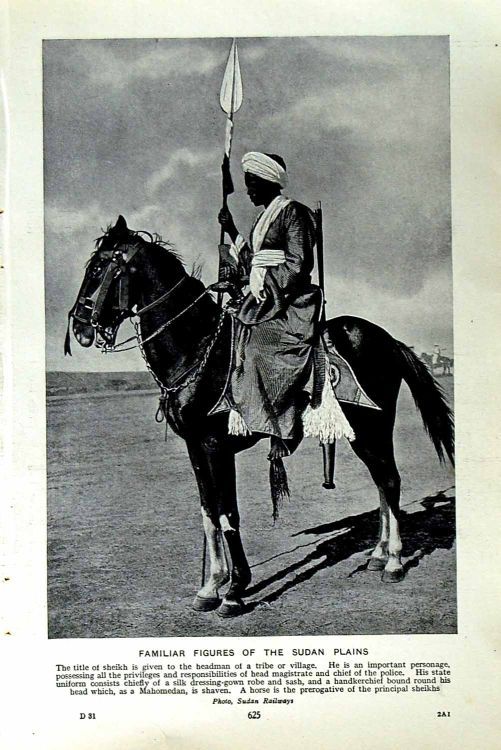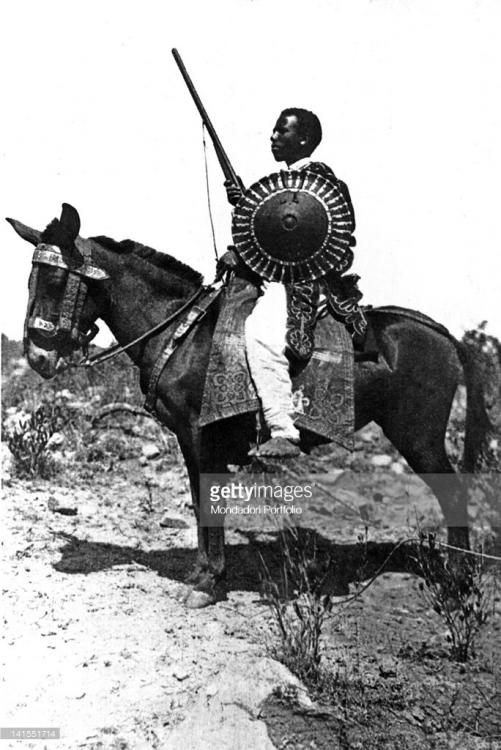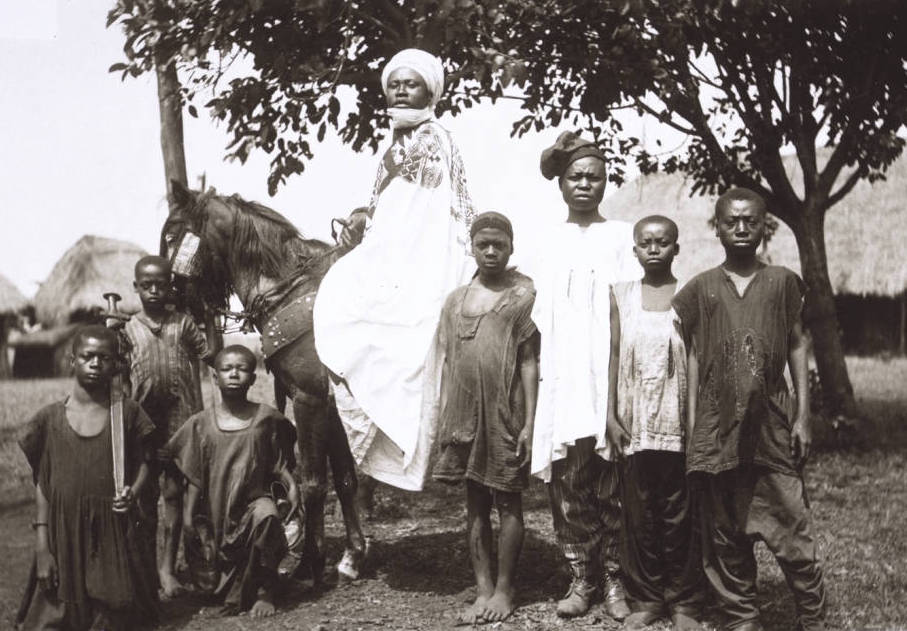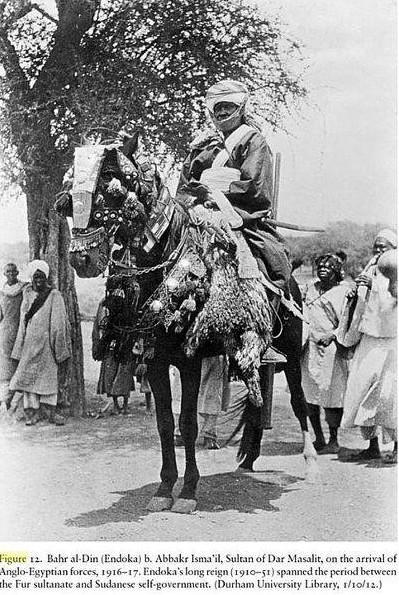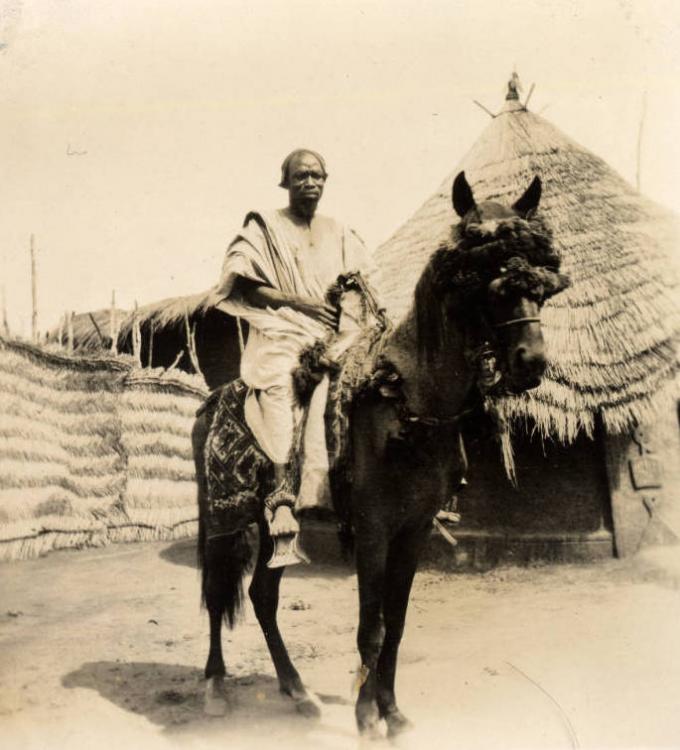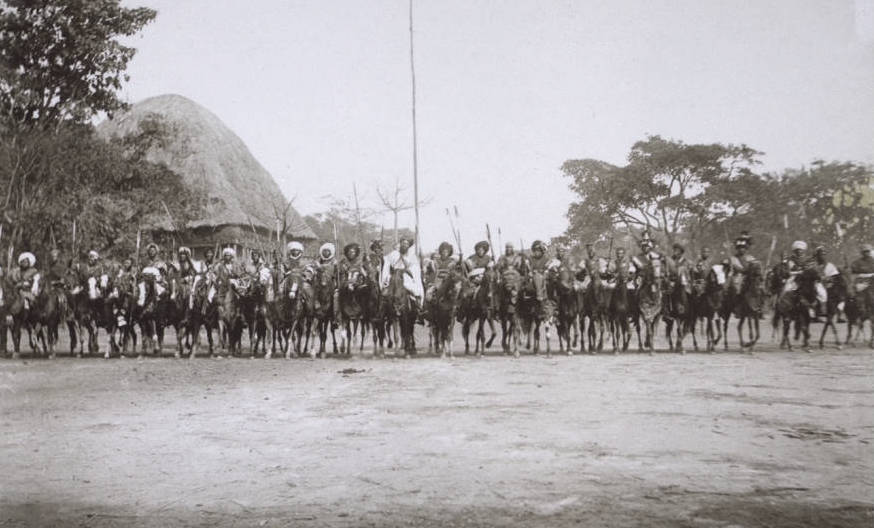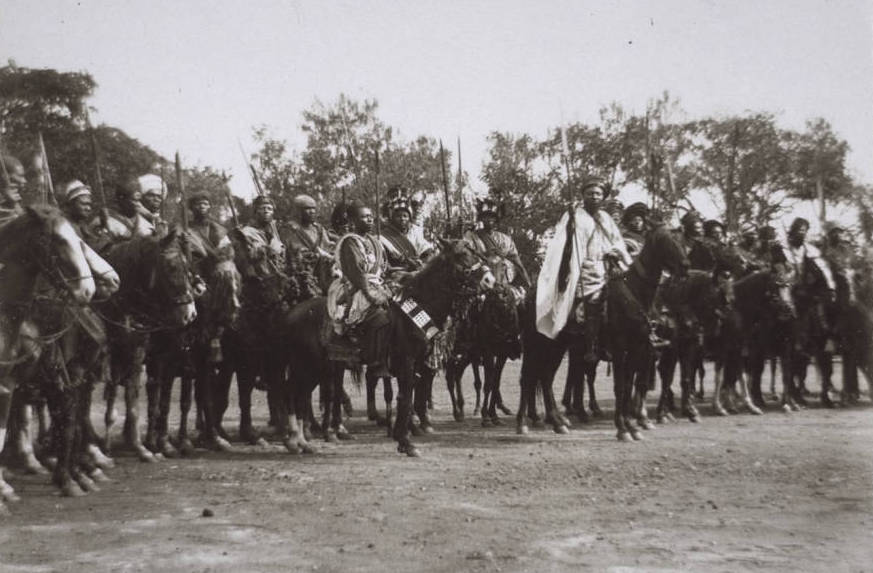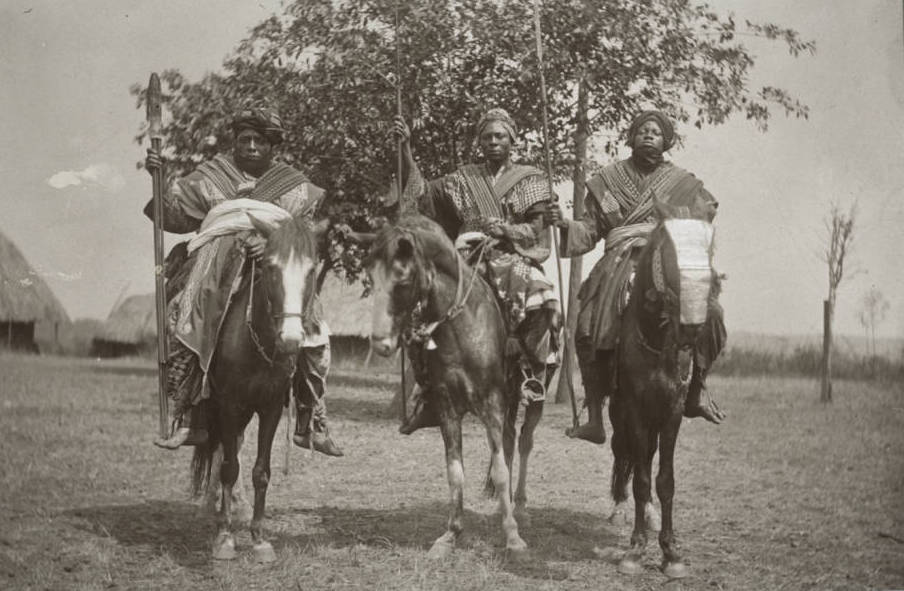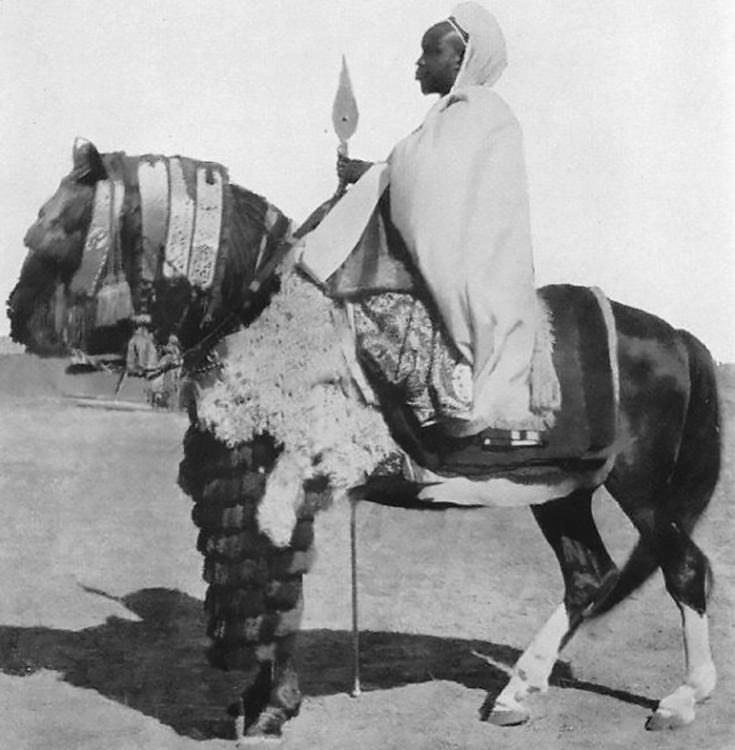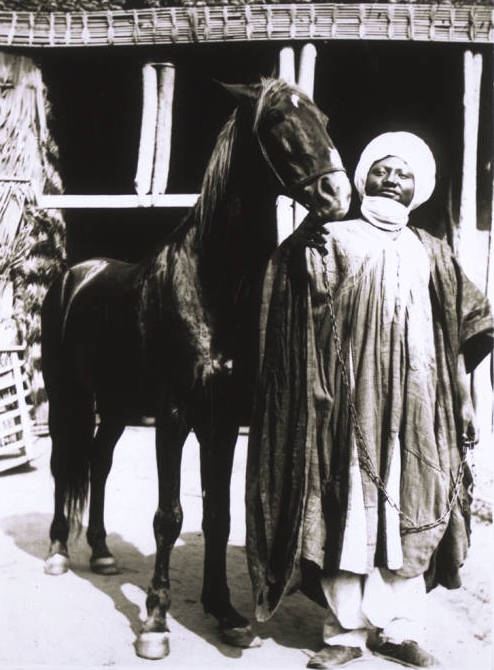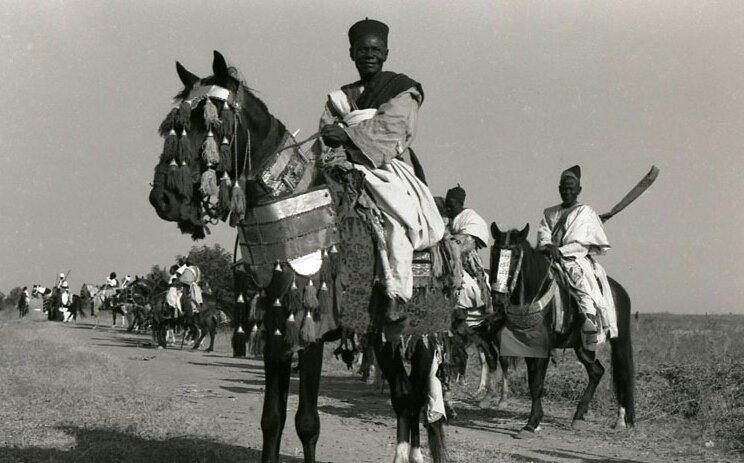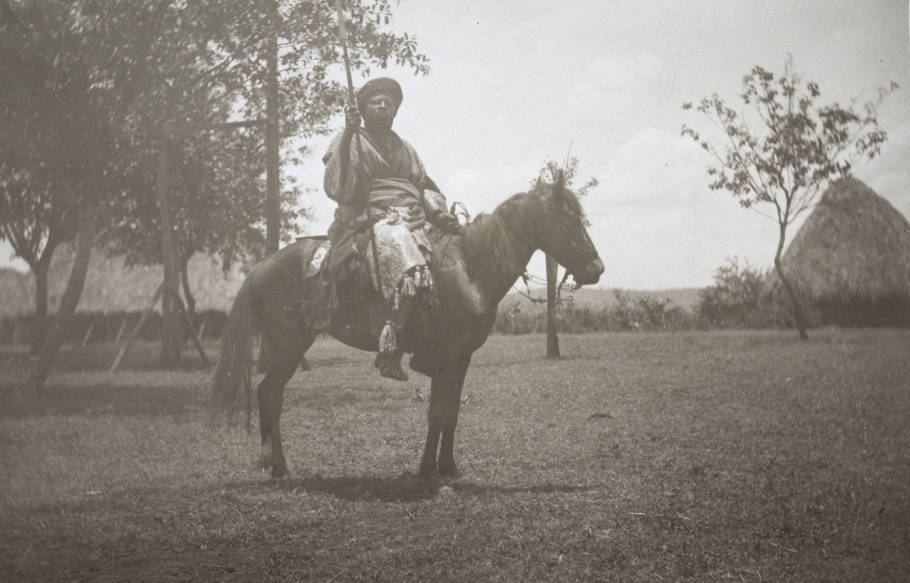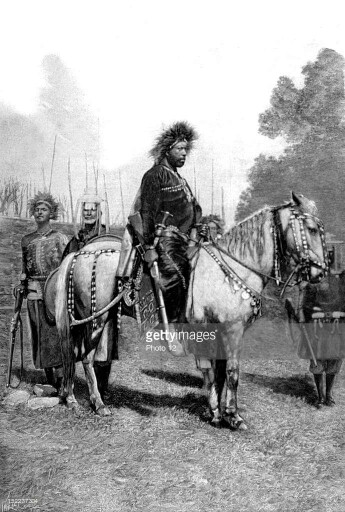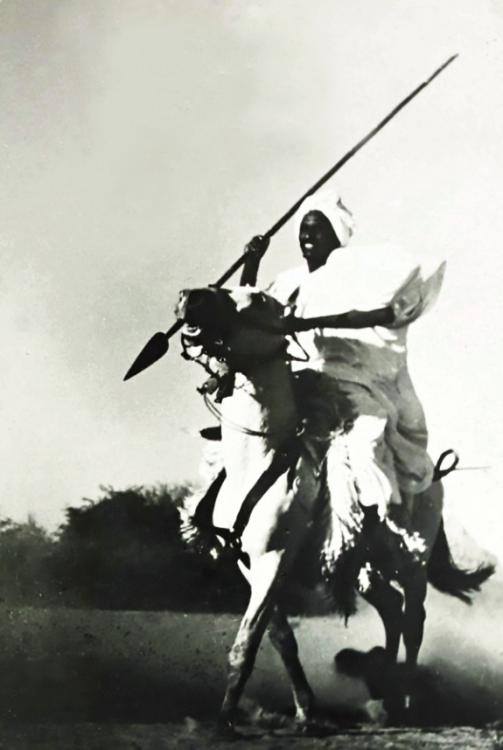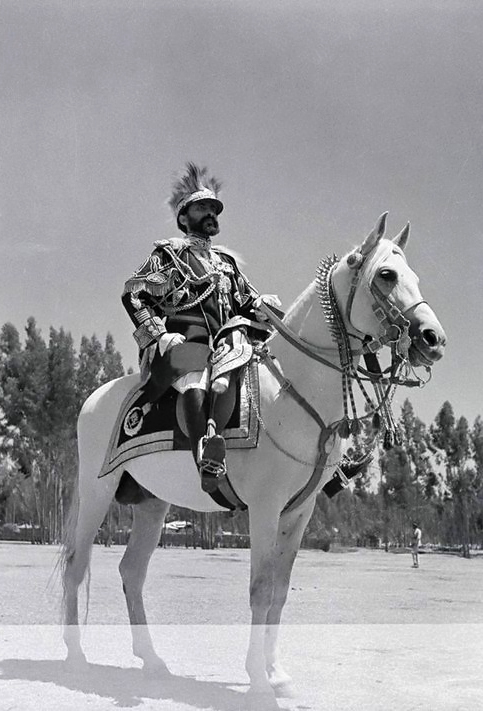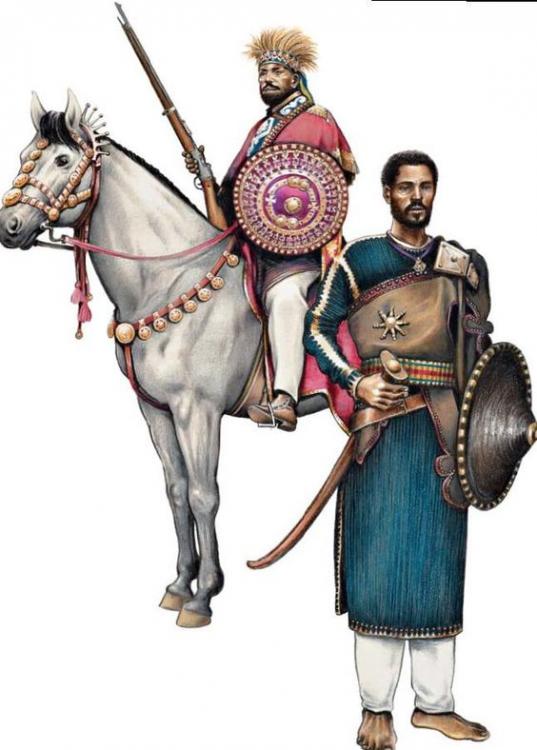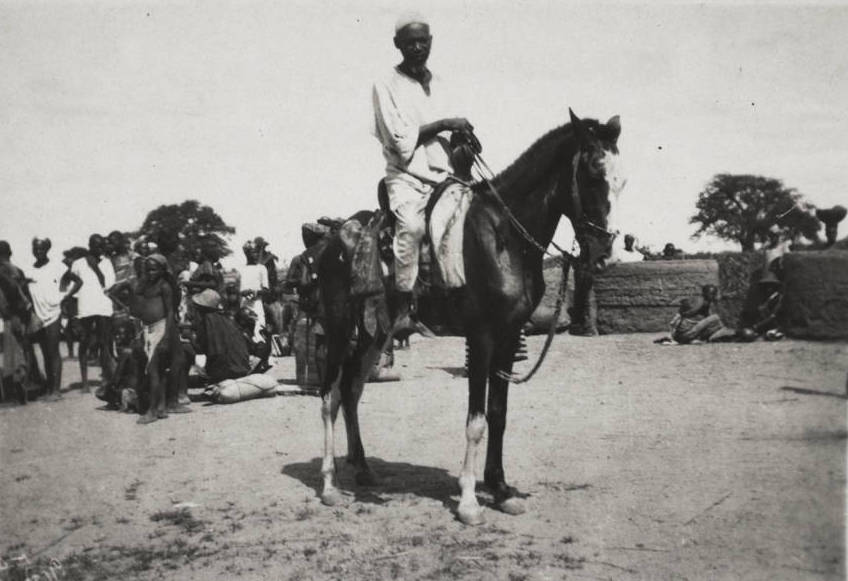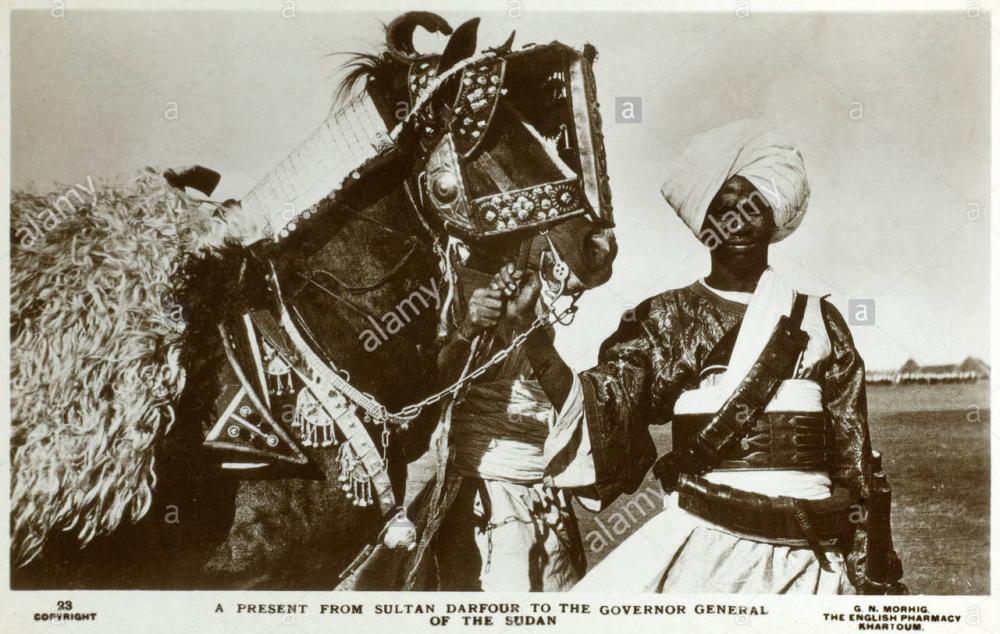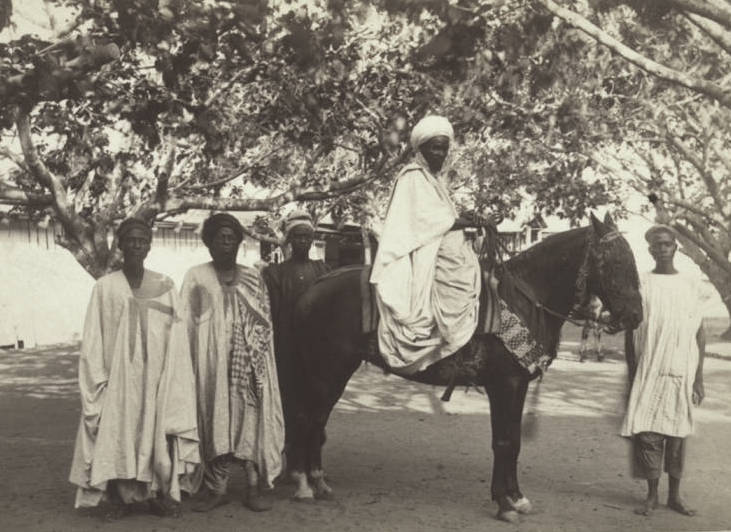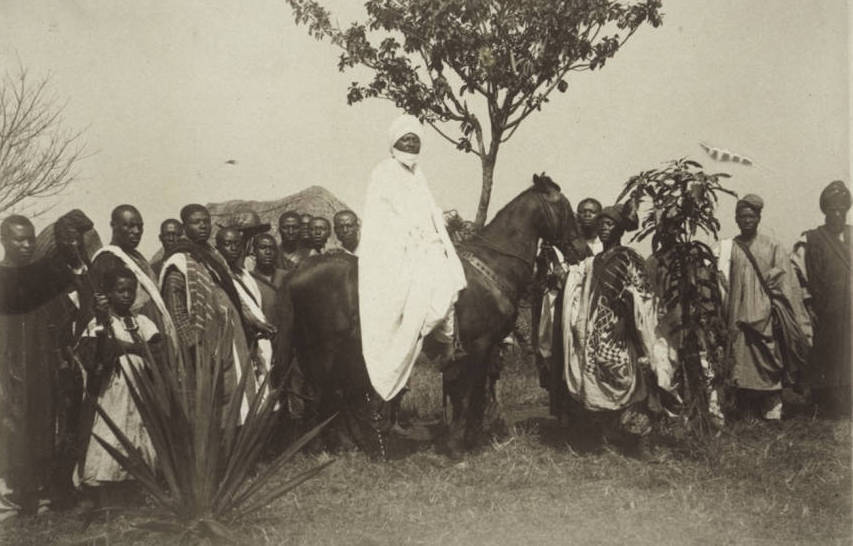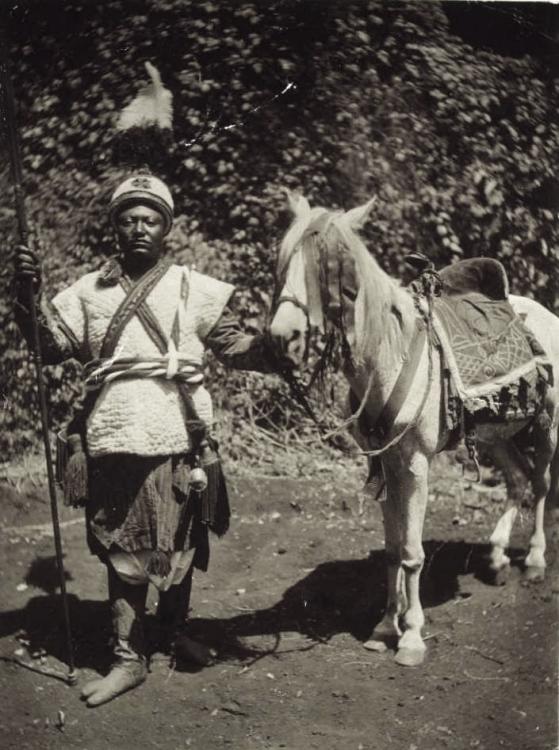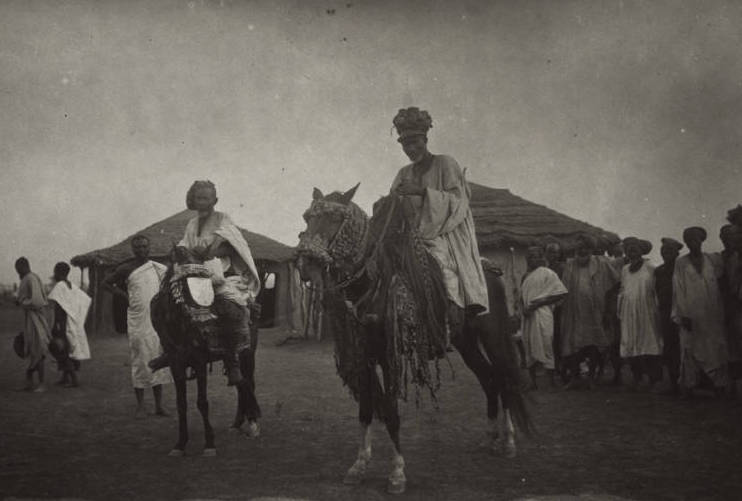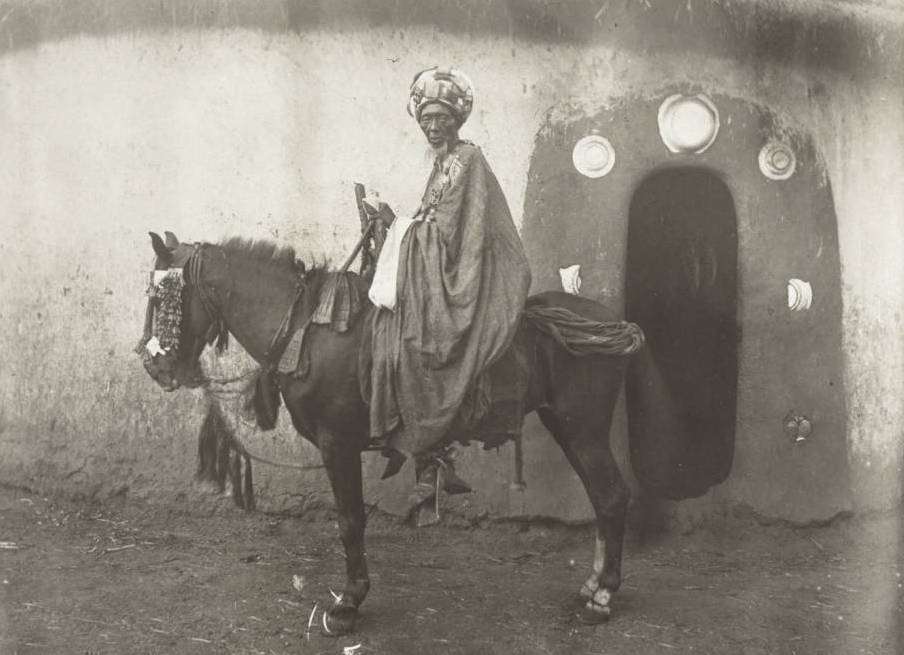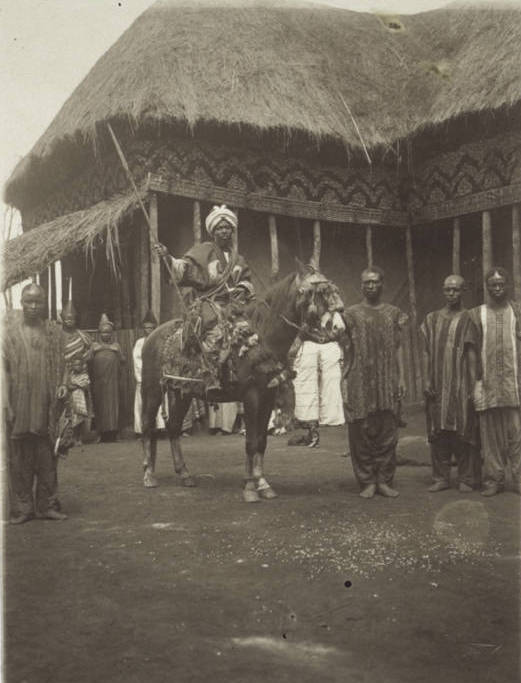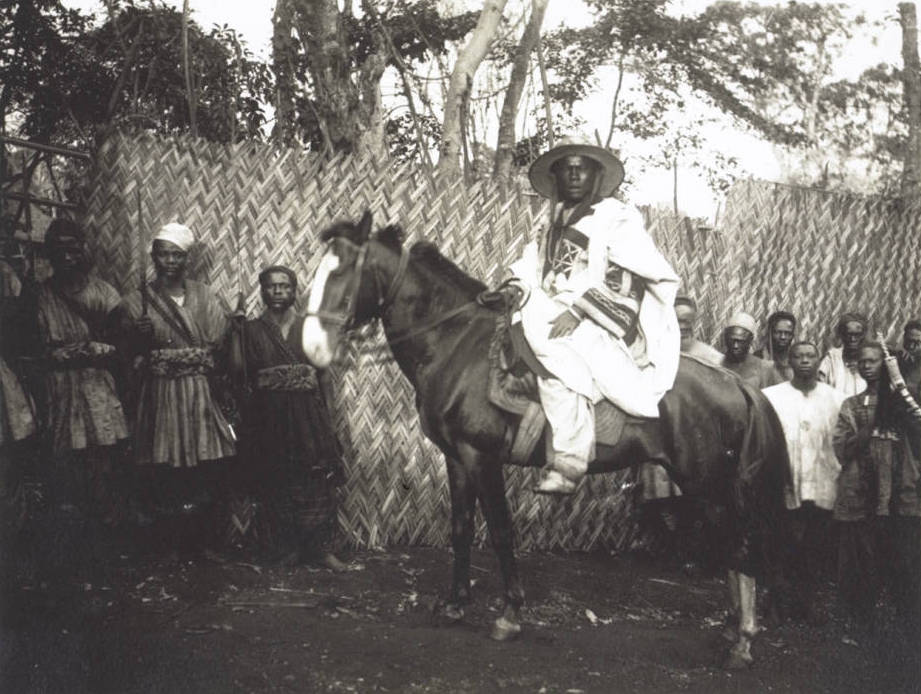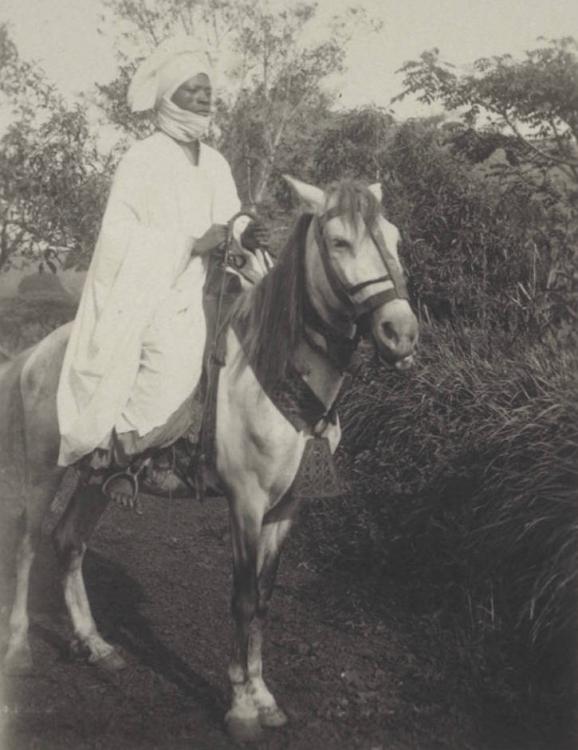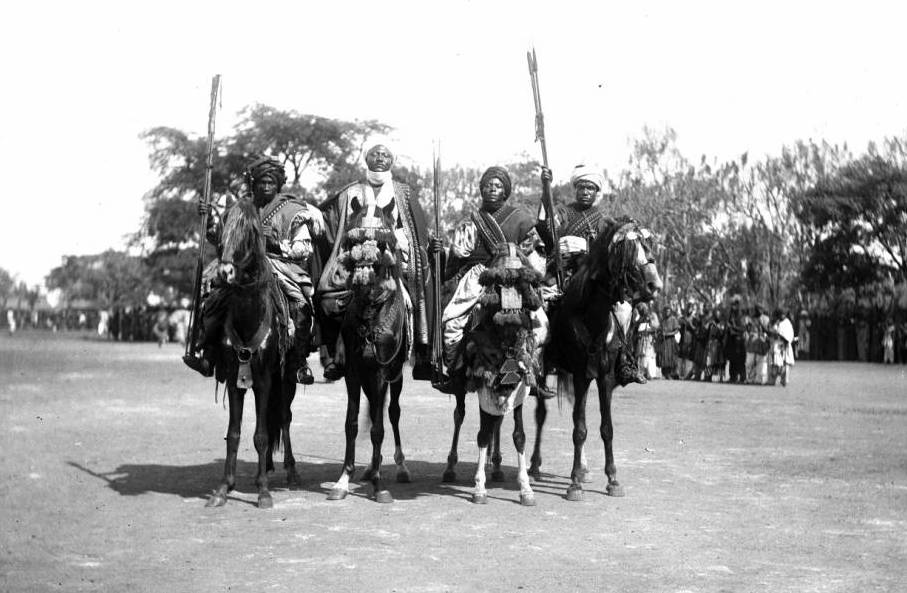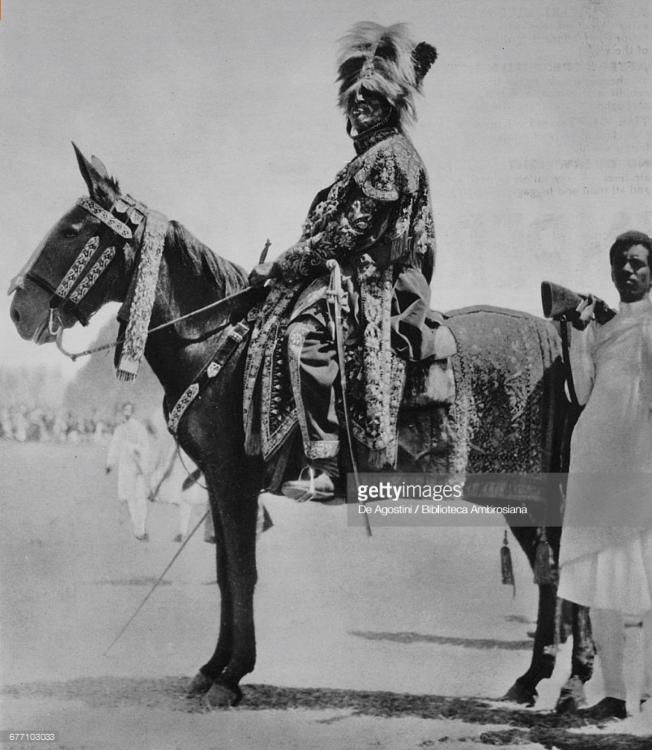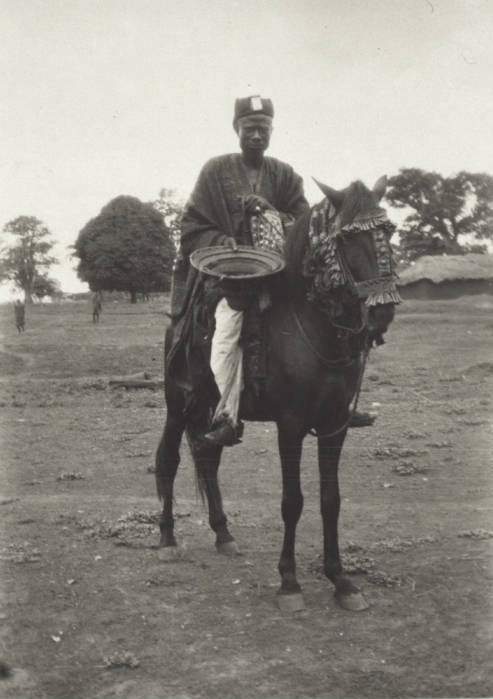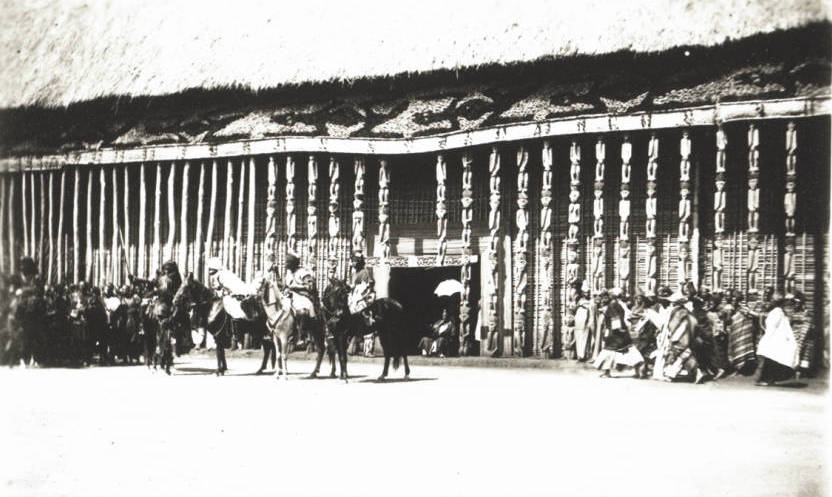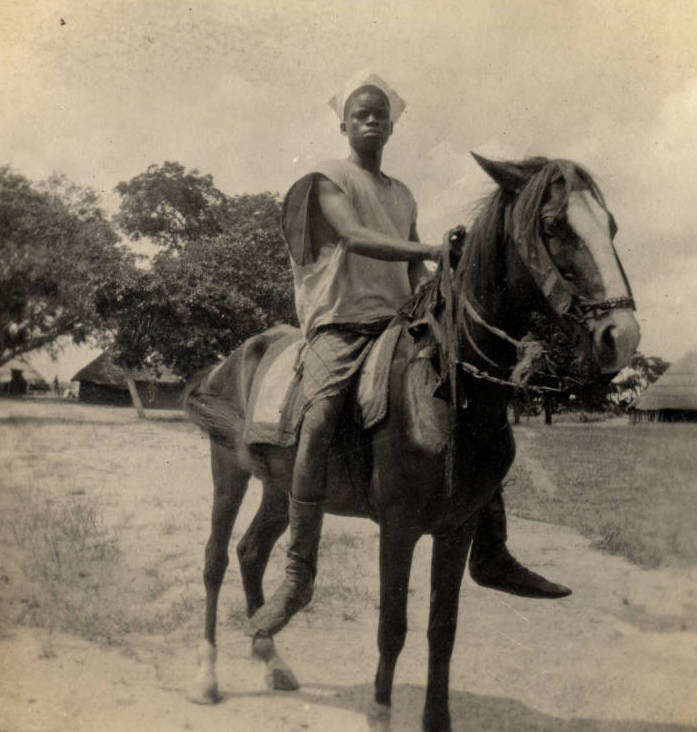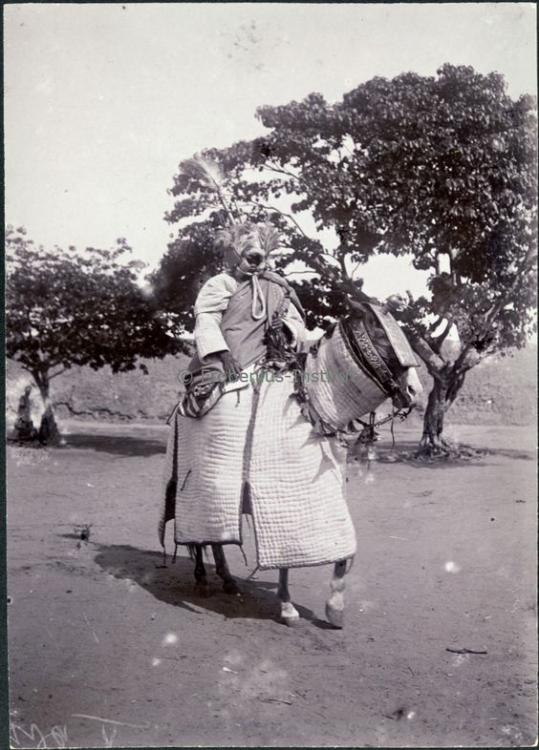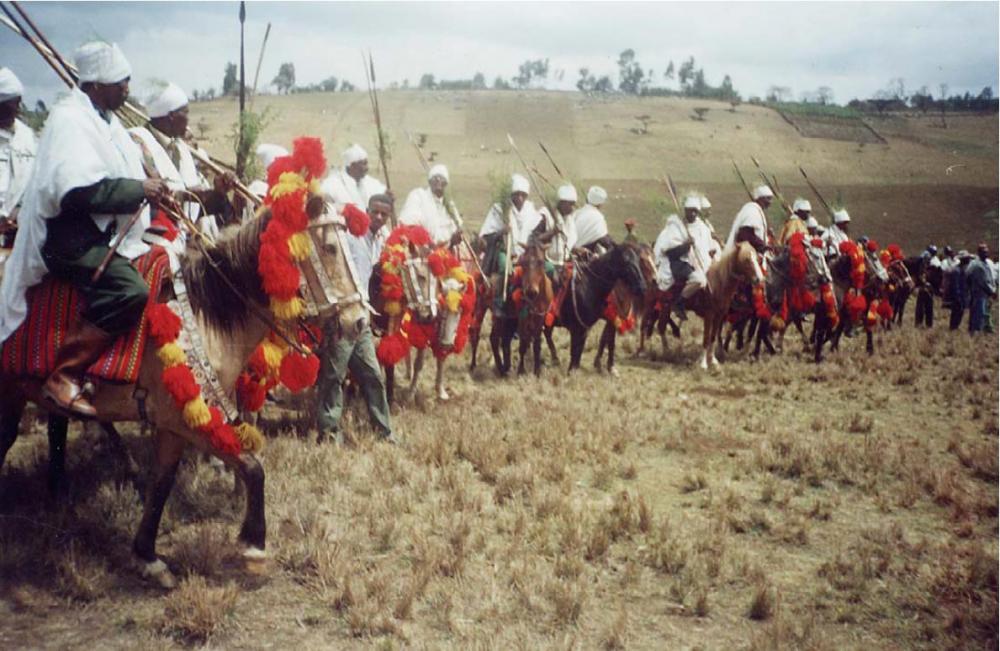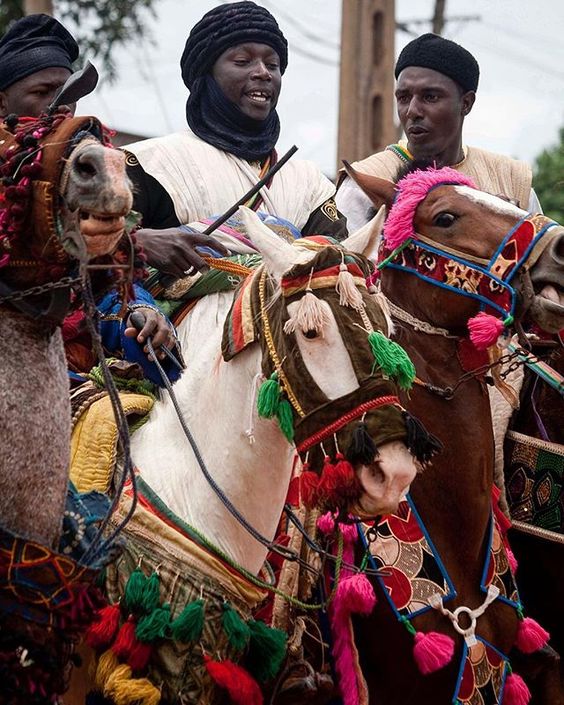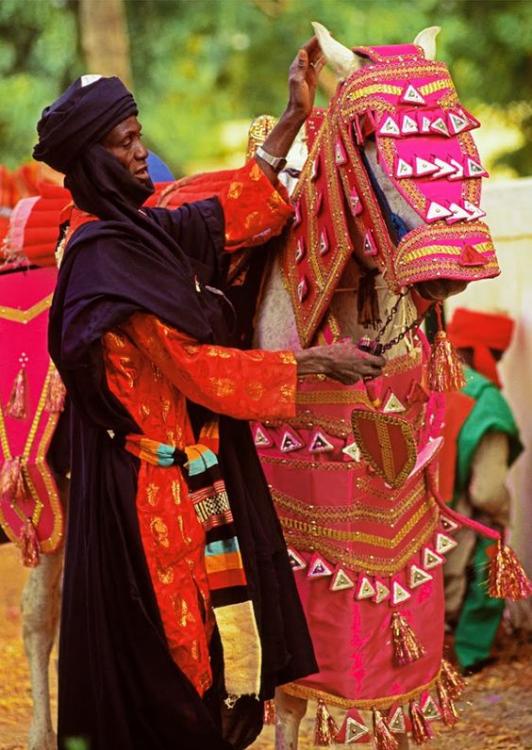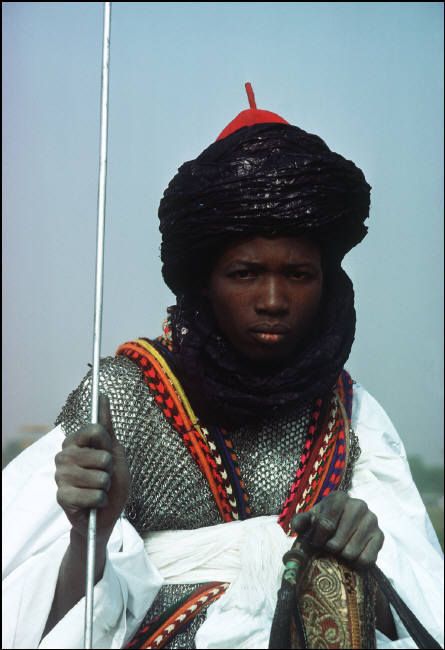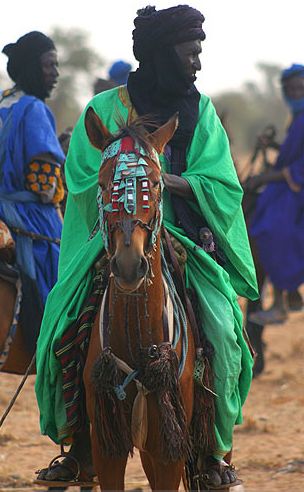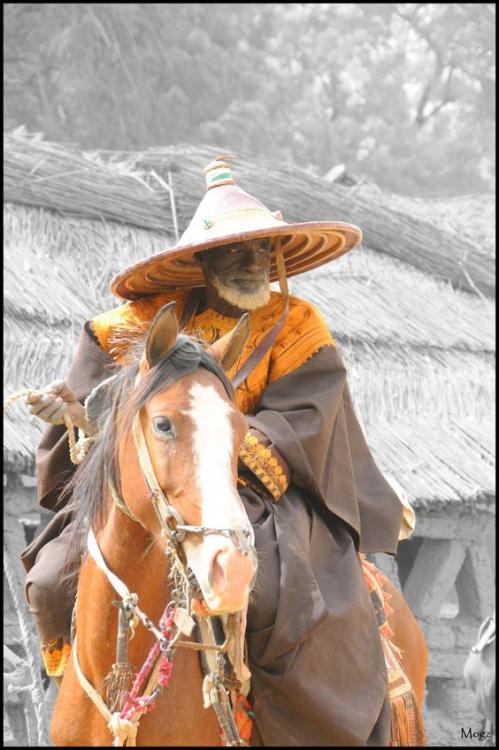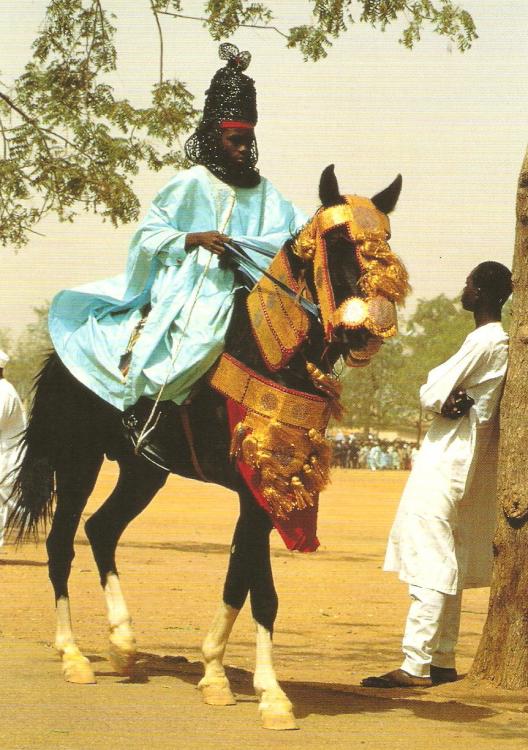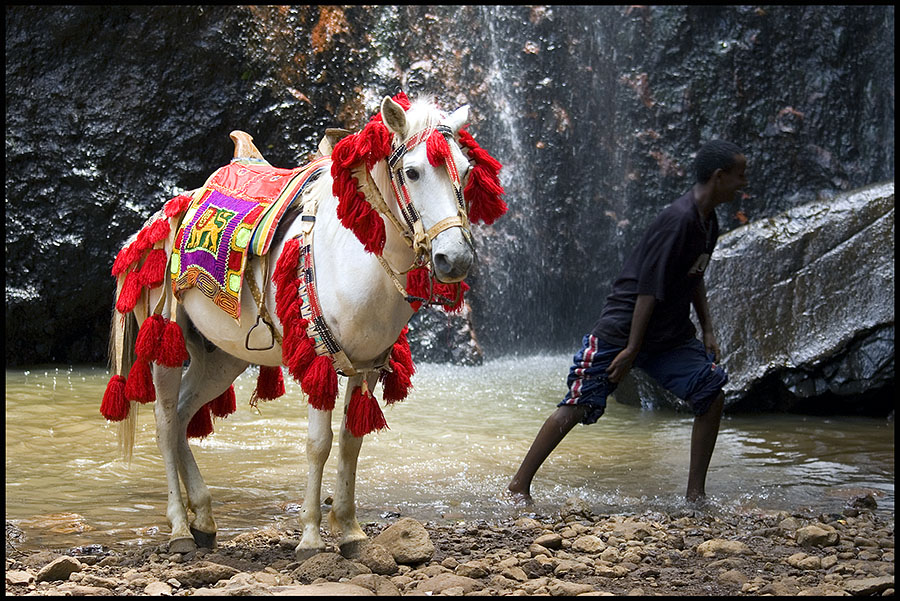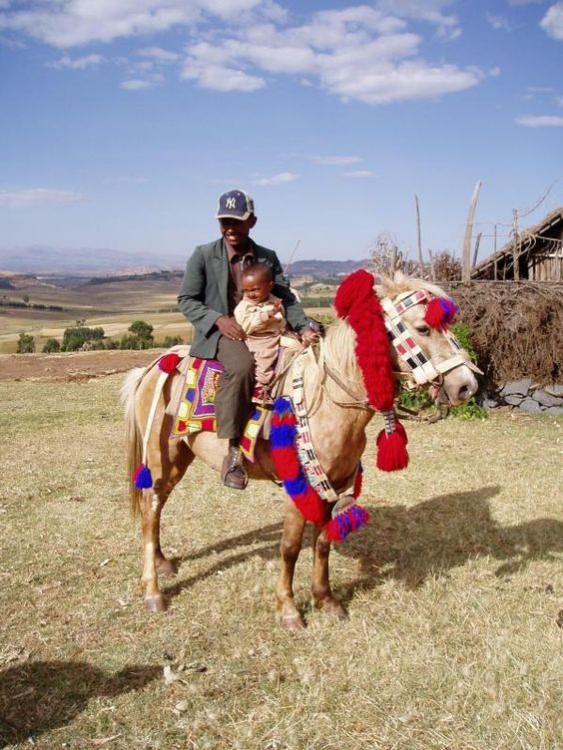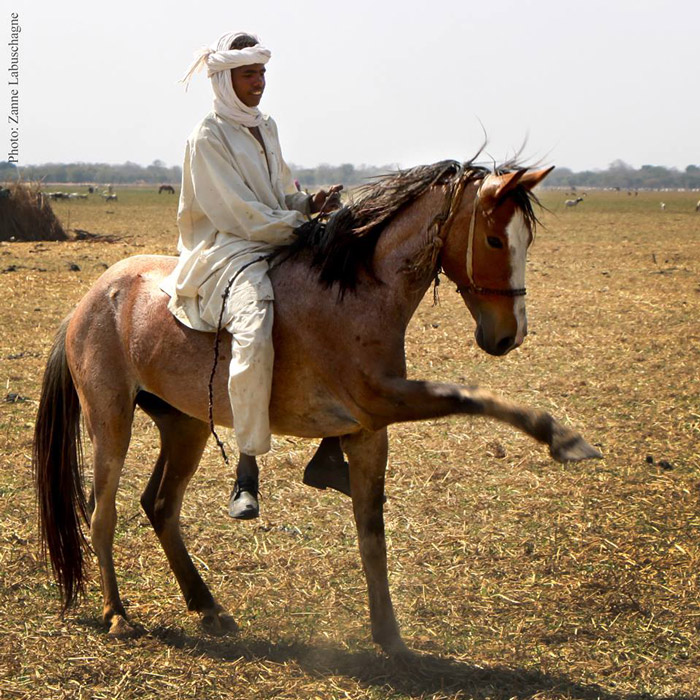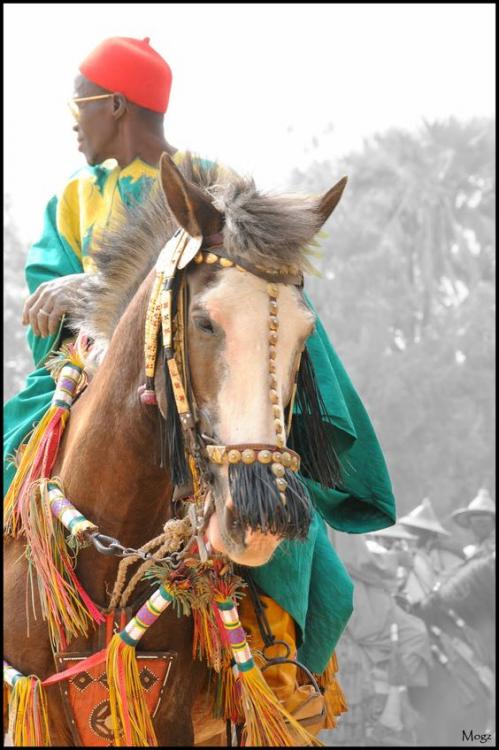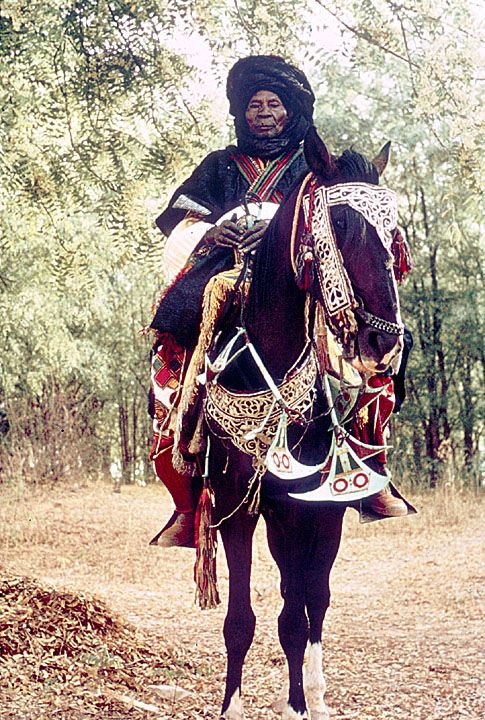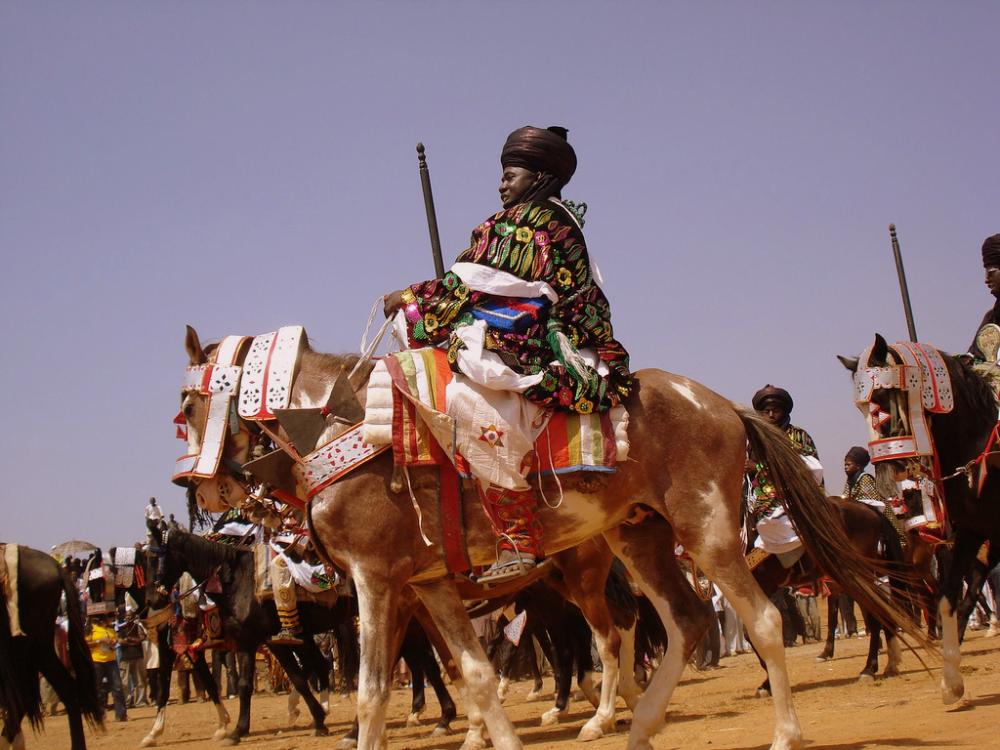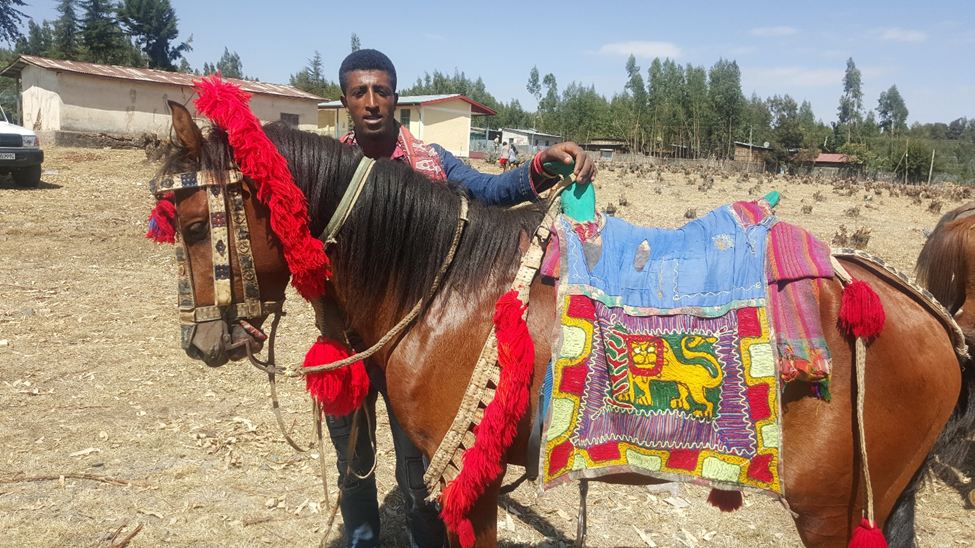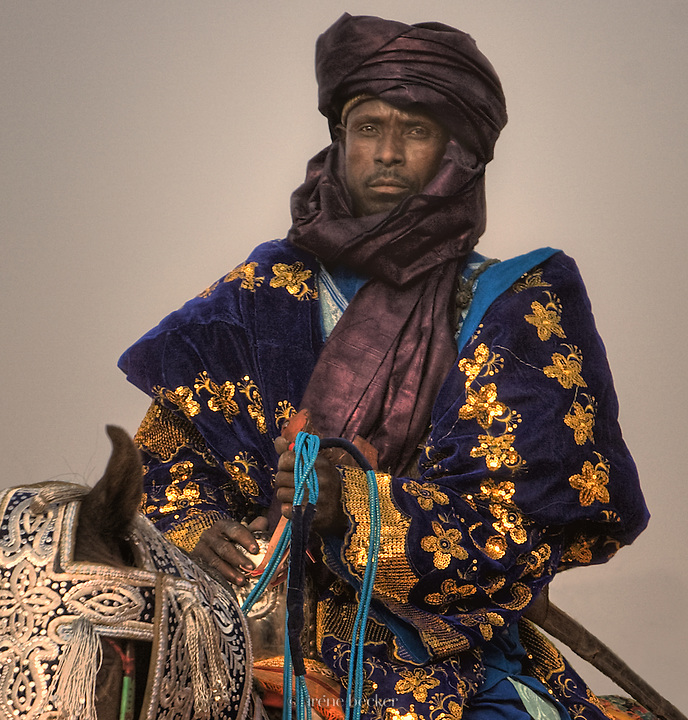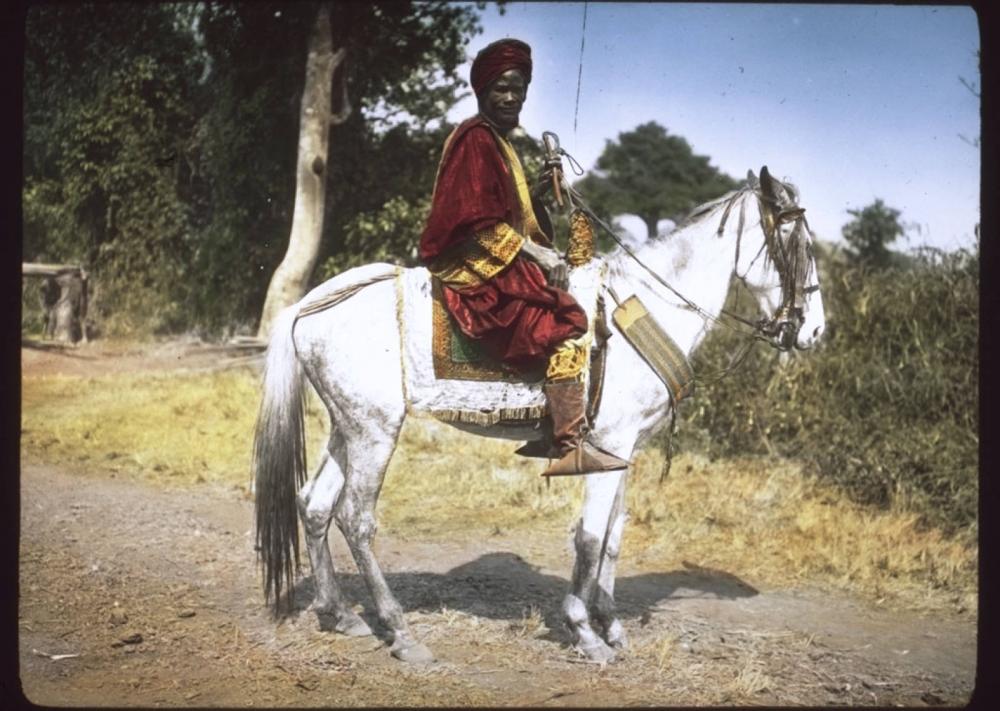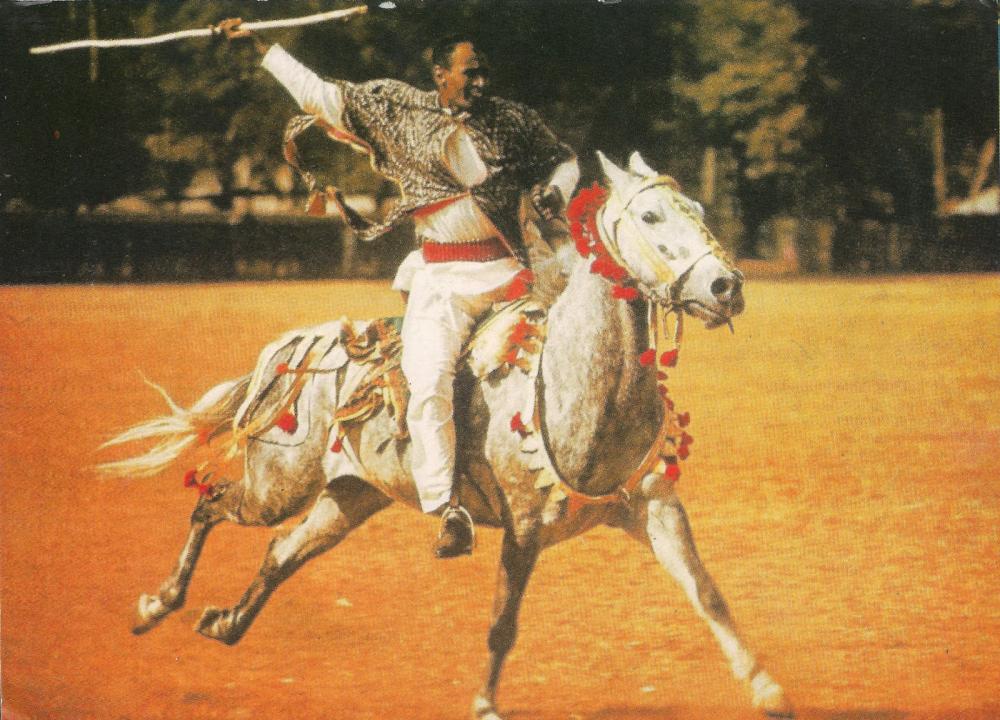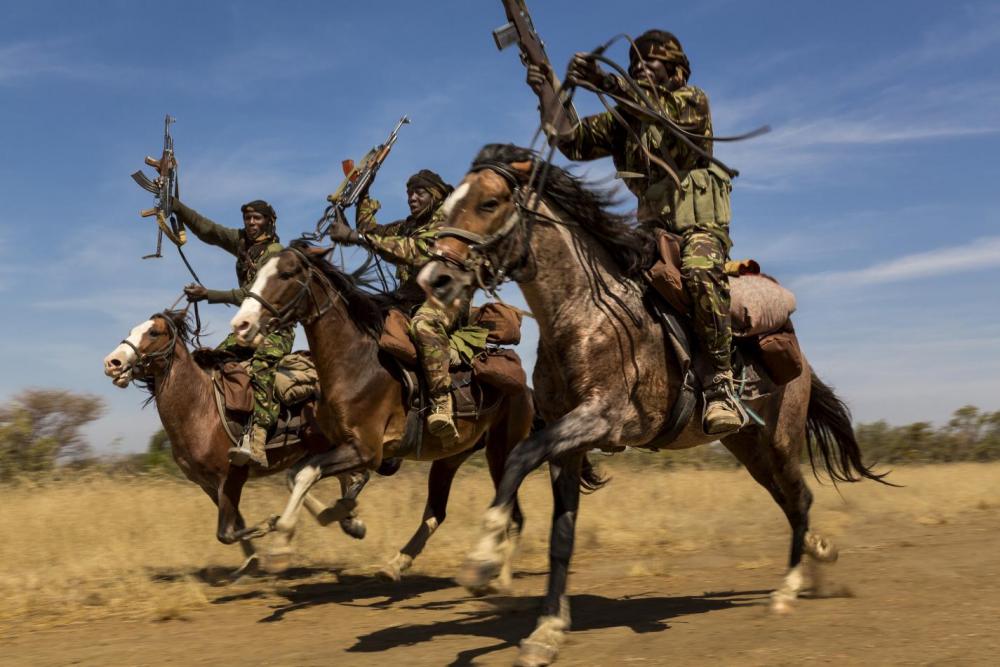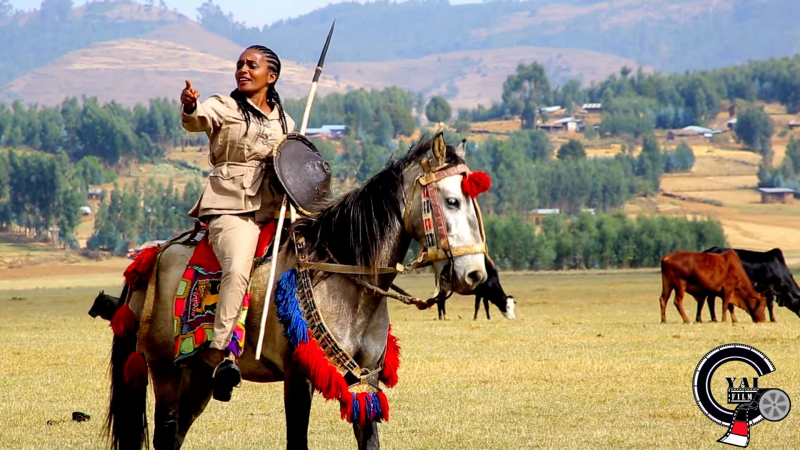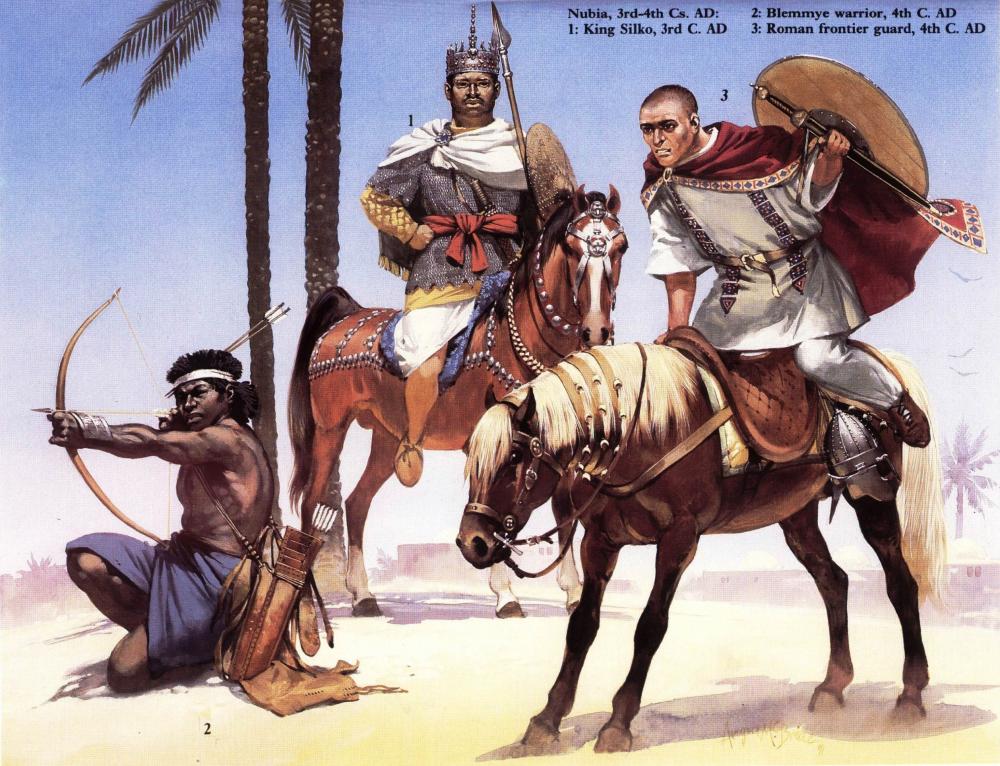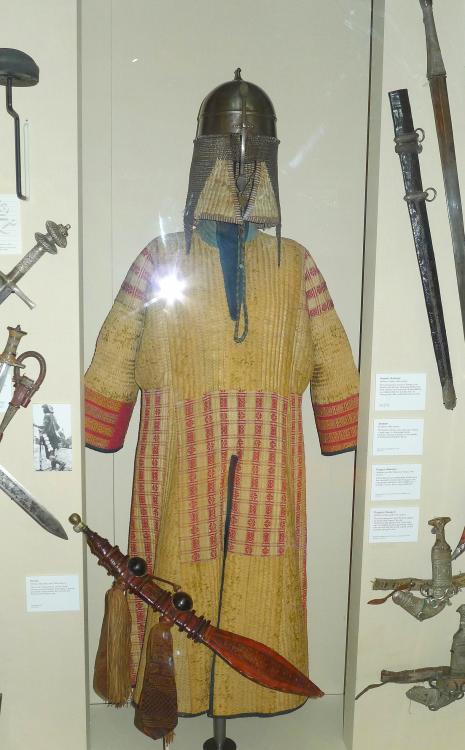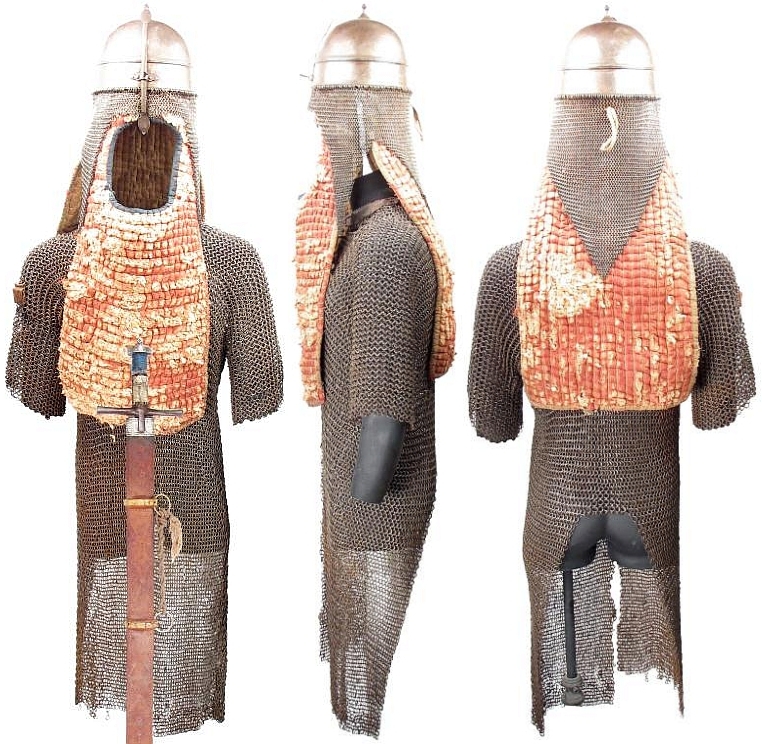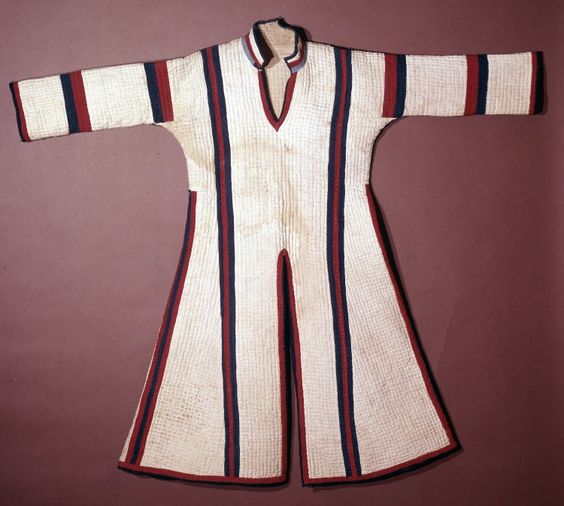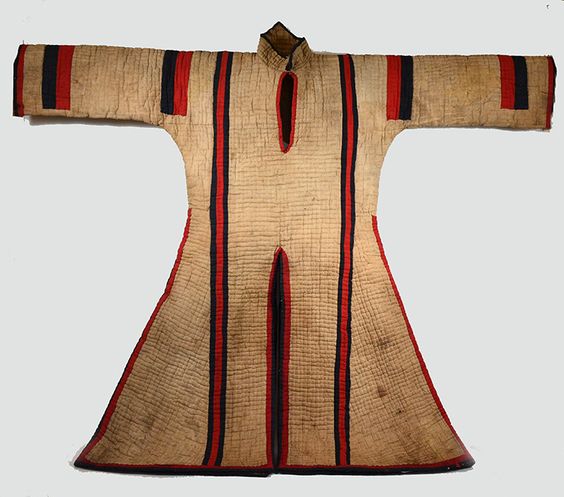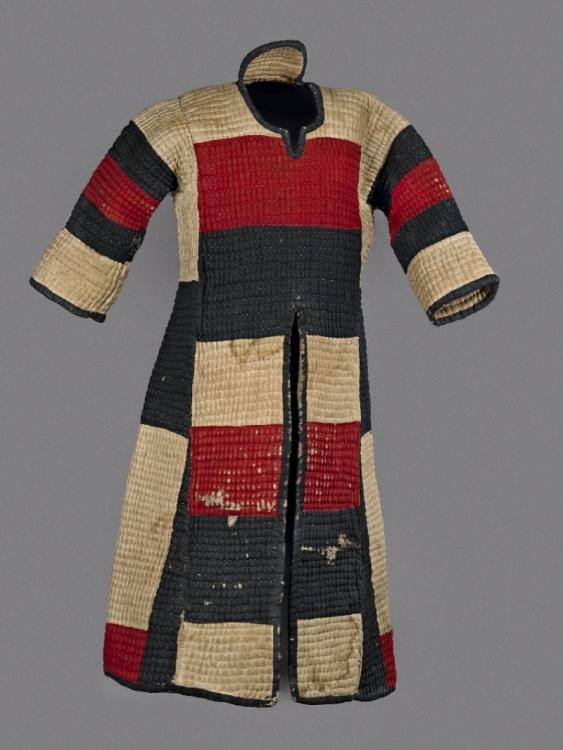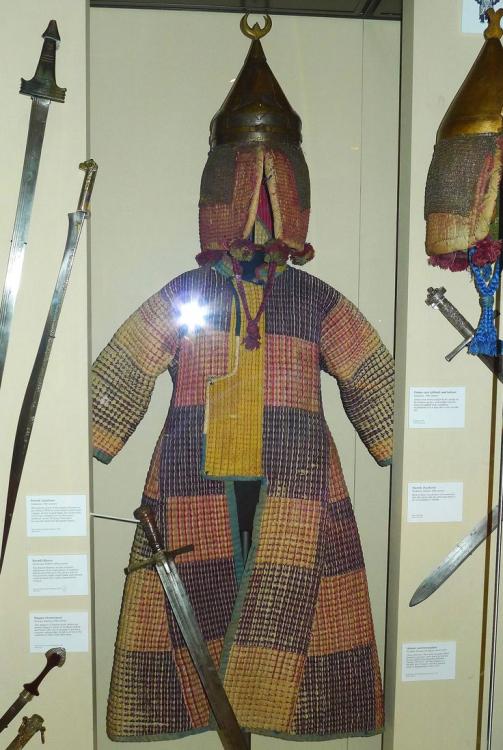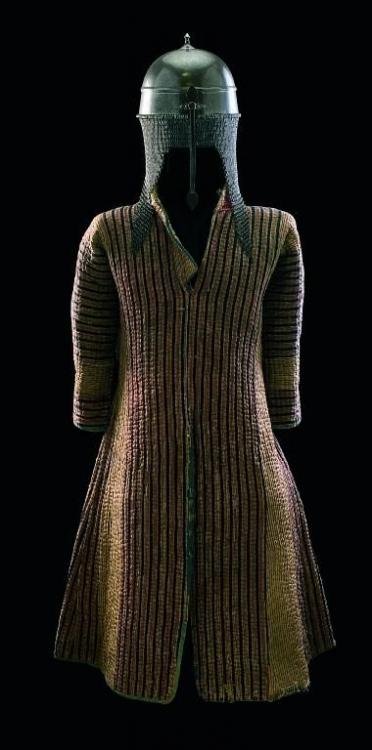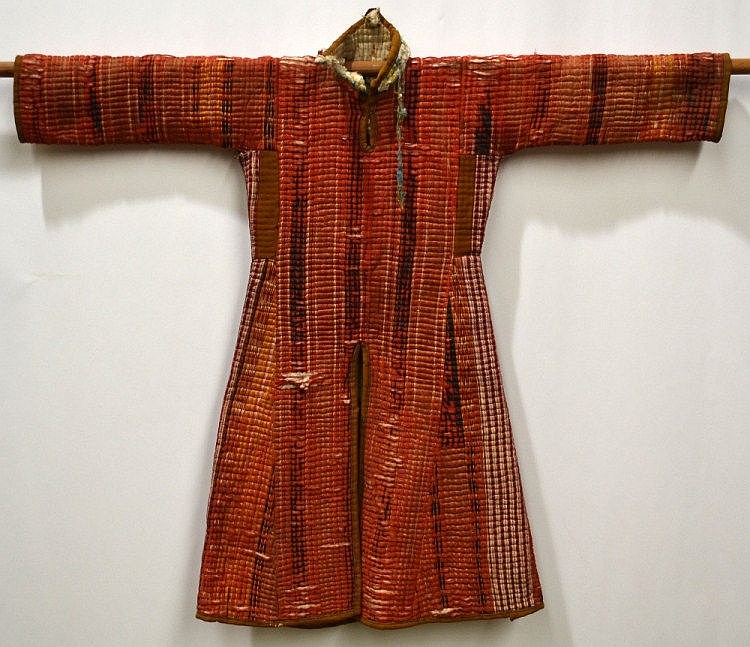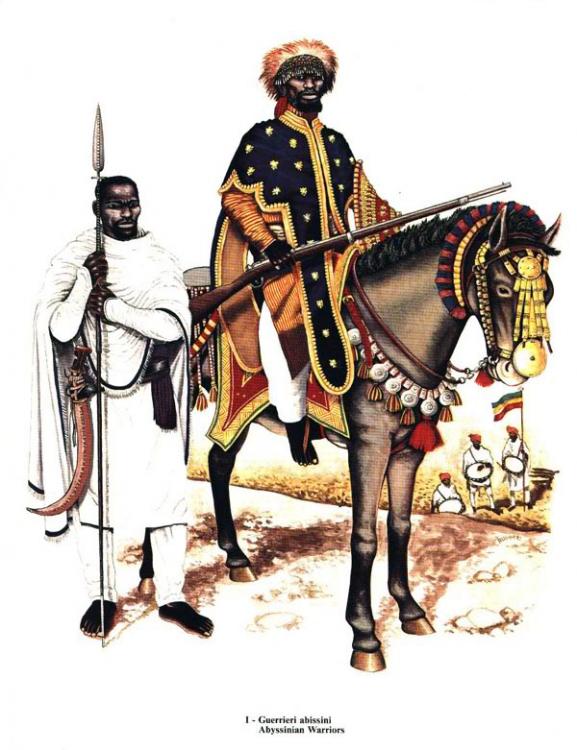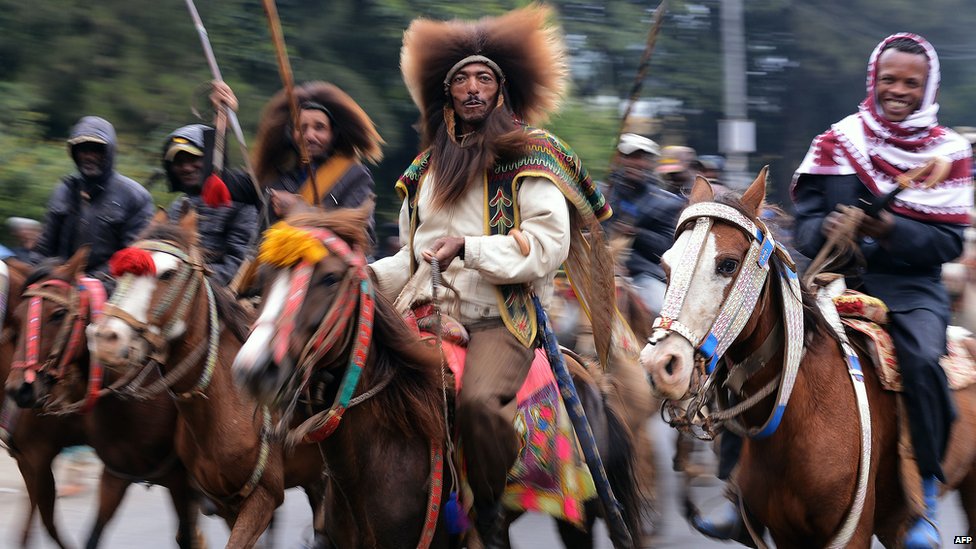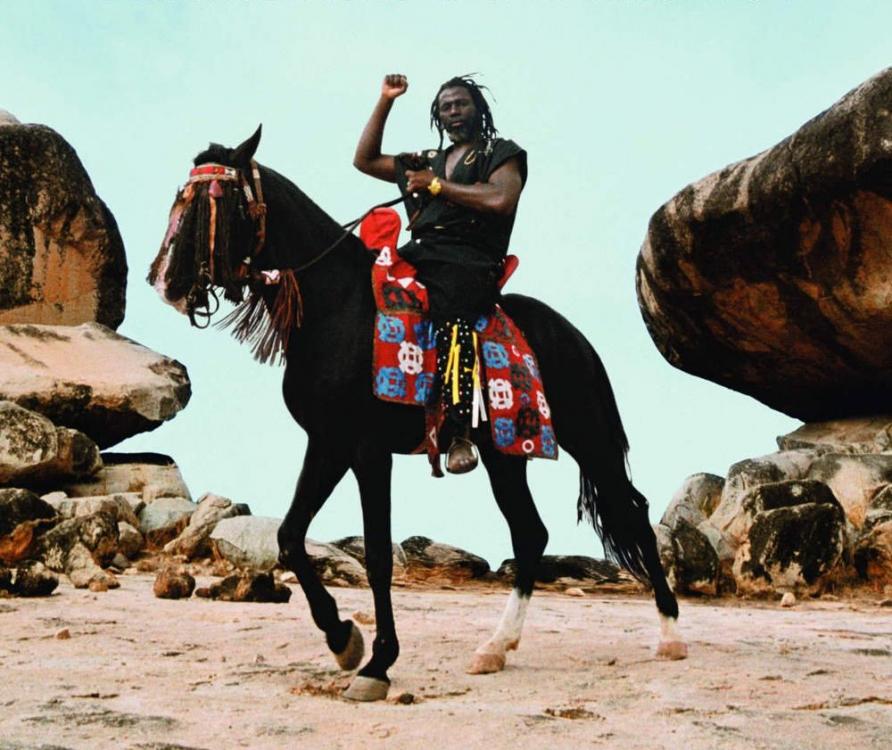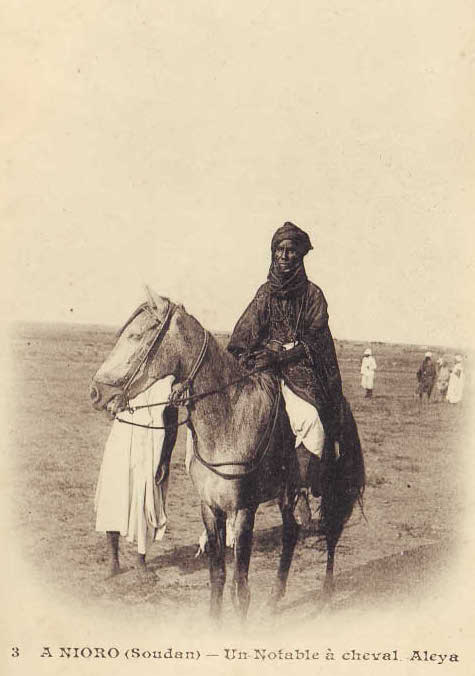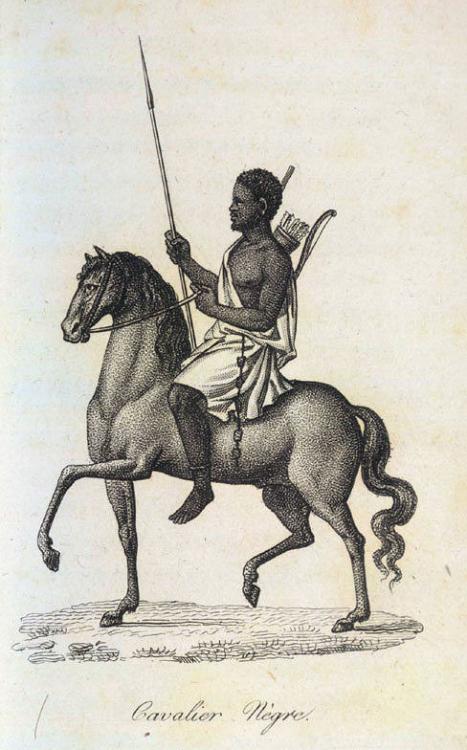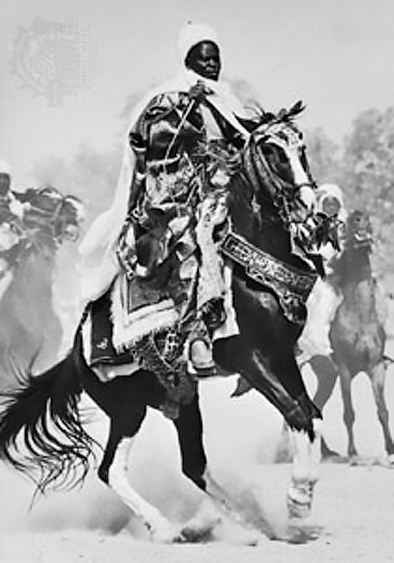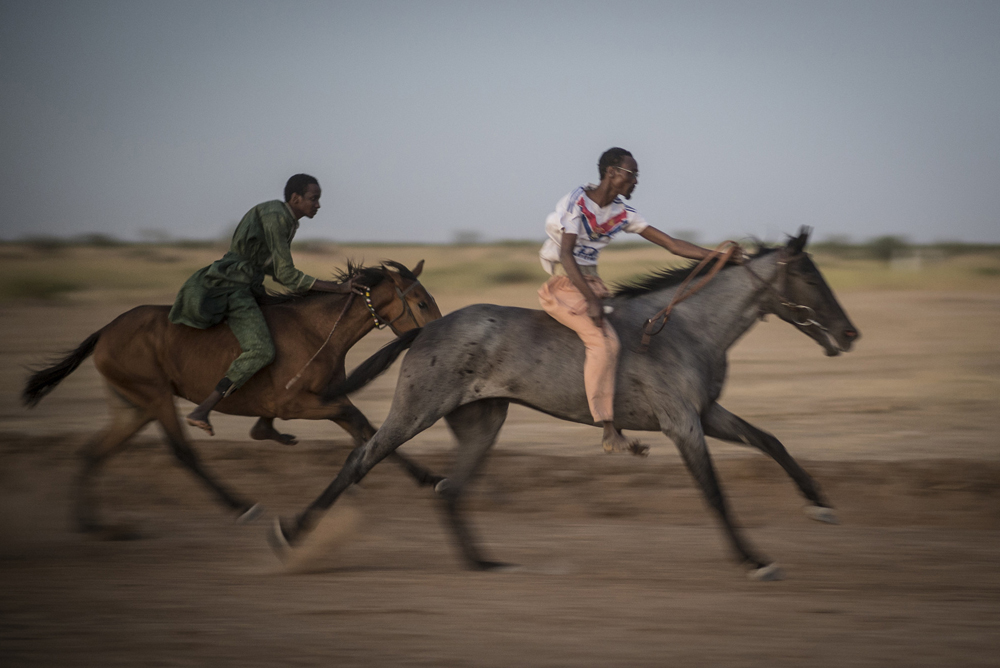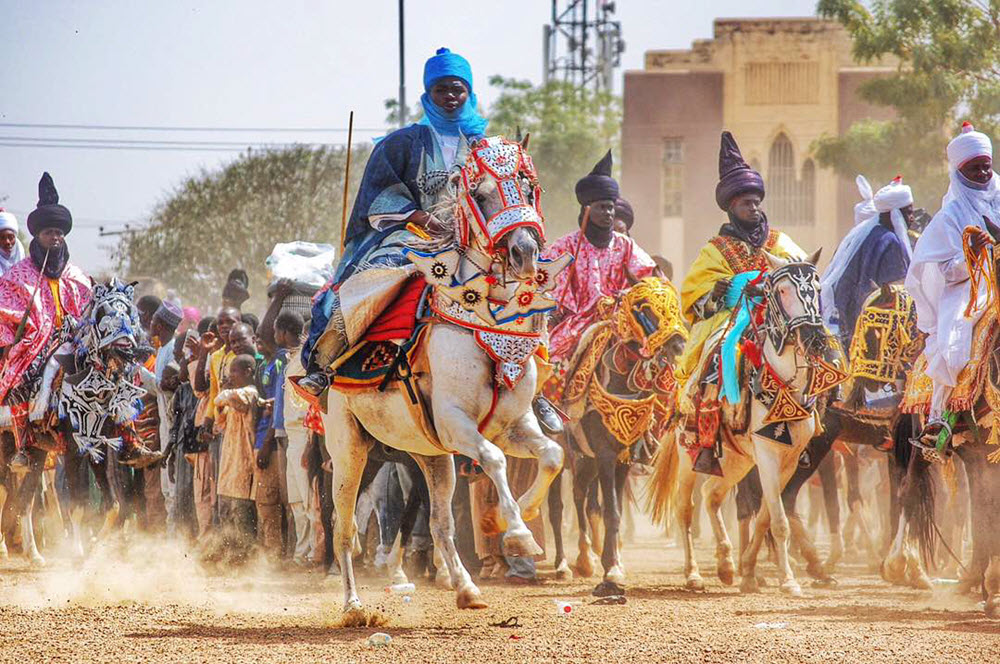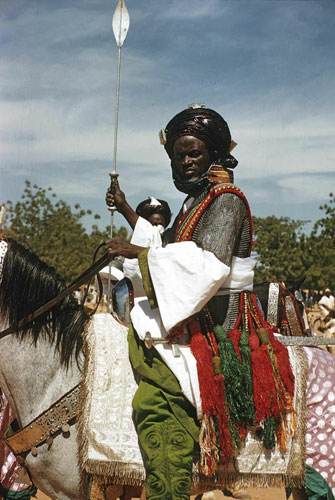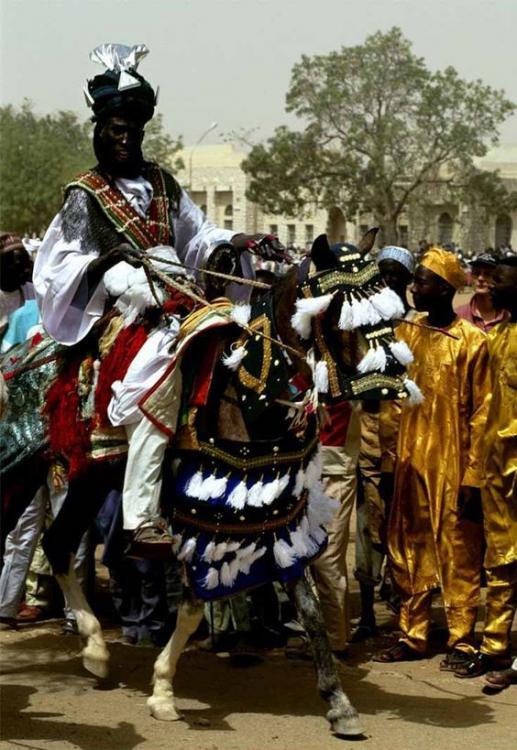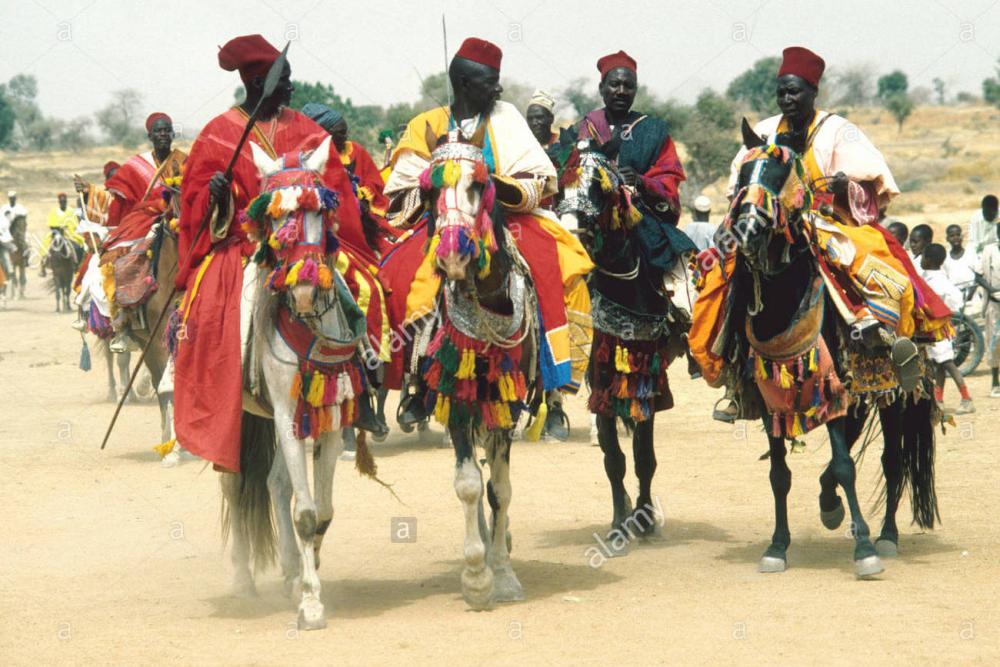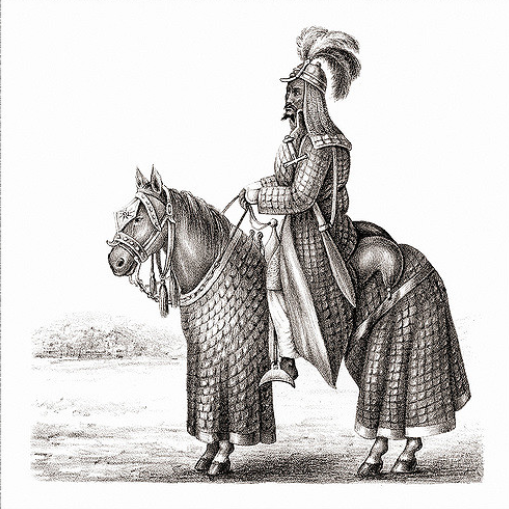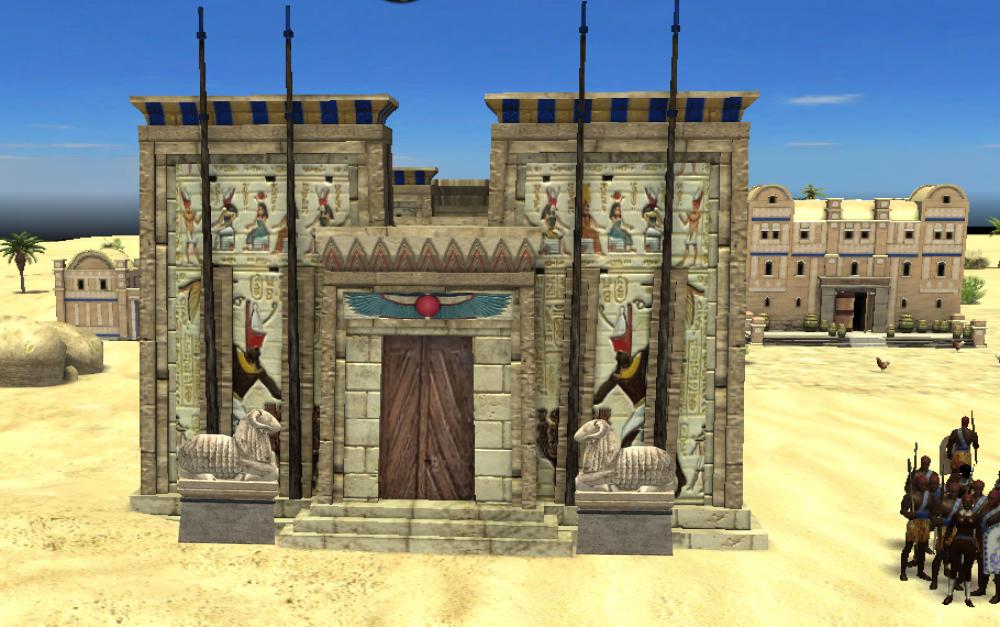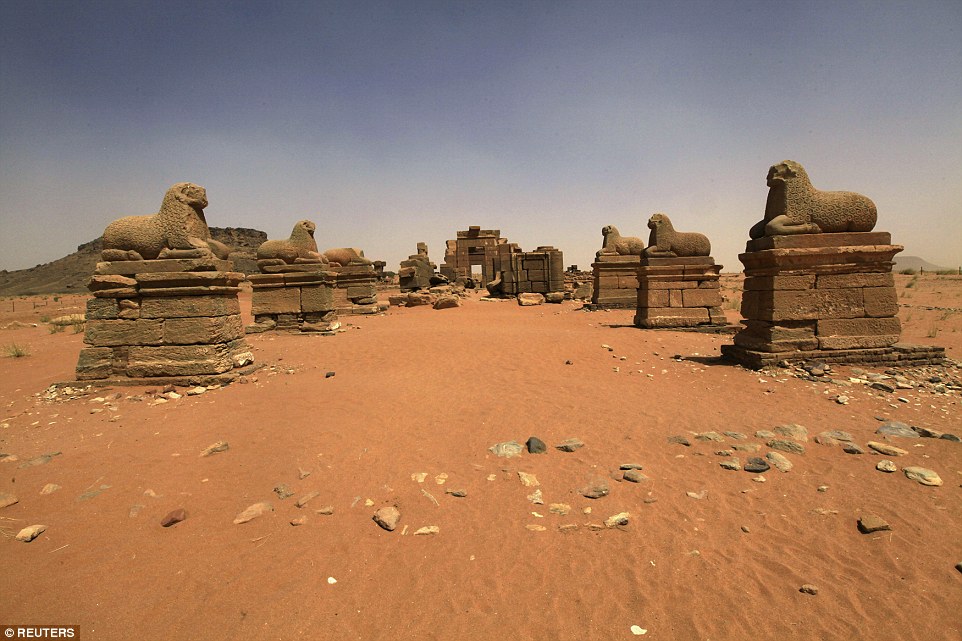-
Posts
2.332 -
Joined
-
Last visited
-
Days Won
60
Everything posted by Sundiata
-
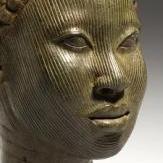
Skirmish map - Egypt (previously "Egypt condensed")
Sundiata replied to mimesot's topic in Scenario Design/Map making
Actually... There's been a "soft" announcement, but I didn't want to make too much noise about it yet... I don't use svn myself, but you should definitely check it out -

Skirmish map - Egypt (previously "Egypt condensed")
Sundiata replied to mimesot's topic in Scenario Design/Map making
Well, Kushites were active as far as Thebes during our timeframe, and were quite influential politically and religiously in the Thebaid region in general. They even built temples and monuments in Southern Egypt, like the original temple of Debod in Philae (currently in Madrid, Spain) built by Adikhalamani and the original temple of Dakka built by Arqamani. These were built in periods of Kushite supported revolts against Ptolemaic rule in Upper Egypt and Lower Nubia, against Ptolemy IV and Ptolemy V. Even the massive Kiosk of Taharqa, in the first courtyard of the temple of Amun in Karnak (Thebes) was built by... Taharqa, in addition to other monuments like the Edifice of Taharqa by the Sacred Lake in the precinct of Mut, in Karnak. Admittedly, the Kushite heartlands were significantly more South than this map. It's an amazing map though, can't wait to play it -

The Kingdom of Kush: A proper introduction [Illustrated]
Sundiata replied to Sundiata's topic in Official tasks
@LordGood That's so freakin' nice! Even the jewellery is so on point...- 1.040 replies
-
- civ profile
- history
- (and 5 more)
-

The Kingdom of Kush: A proper introduction [Illustrated]
Sundiata replied to Sundiata's topic in Official tasks
For those of you who liked the previous post on Pre-Colonial African Cavalry traditions, and those of you who haven't gone through the images yet: The post has been extensively updated with a ton of new images and more information. It is now divided in 4 sections: Pre-Colonial African Cavalry in etchings and drawings Pre-Colonial African Cavalry in Pictures Contemporary African Cavalry Traditions Mahdist armour for cavalry men, Sudan- 1.040 replies
-
- civ profile
- history
- (and 5 more)
-

Google removes important feature from search
Sundiata replied to Lion.Kanzen's topic in Introductions & Off-Topic Discussion
My face right now: Jezus... Like seriously... Hmmm, Ugh, argh, grrrr, grrrrgdbizbk###§§§§ Luckily right click and Open Image in New Tab still works... You can't keep us down google!!! So Getty Images is the devil??- 3 replies
-
- 1
-

-
- bad news
- references
-
(and 1 more)
Tagged with:
-
@stanislas69 And these are the pointy wicker shield references from Sudan, if you're feeling for an improved pointy shield mesh..
- 529 replies
-
- 1
-

-
- delenda est
- terra magna
-
(and 3 more)
Tagged with:
-
@wackyserious & @stanislas69, I can't find any good Sudanese references of round wicker shields, only the "hexagonal" ones (wicker really doesn't preserve well), but I'm guessing it would look similar to these Oriental and Ottoman examples?
- 529 replies
-
- delenda est
- terra magna
-
(and 3 more)
Tagged with:
-

===[COMMITTED]=== Update Camel Units
Sundiata replied to wowgetoffyourcellphone's topic in Completed Art Tasks
@Alexandermb I think plain brown cow's leather is best. I believe leopards aren't as common in the desert as in the savannahs or Nile Banks.- 162 replies
-
- animations
- modeling
-
(and 1 more)
Tagged with:
-

===[COMMITTED]=== Update Camel Units
Sundiata replied to wowgetoffyourcellphone's topic in Completed Art Tasks
- 162 replies
-
- animations
- modeling
-
(and 1 more)
Tagged with:
-

===[COMMITTED]=== Update Camel Units
Sundiata replied to wowgetoffyourcellphone's topic in Completed Art Tasks
Sorry, I'm a texture novice: so does the white area stretch out to become the the sectioned part?- 162 replies
-
- animations
- modeling
-
(and 1 more)
Tagged with:
-

Achaemenid Persians and Median
Sundiata replied to Lion.Kanzen's topic in Tutorials, references and art help
@wowgetoffyourcellphone That helmet itself is Sarmatian I believe, which would be ok. It's just the face armour/mask that's conjecture. @Alexandermb & @wackyserious, I hope this helps a little. A collection of what I think are pretty historically accurate images of the Persian army during 0AD's timeframe. Remember they use mercenaries from all over, including Sarmatians, Scythians, Greeks, Indians, Egyptians, even "Aethiopians", so that also influenced their army composition and equipment over time. Brace yourselves: The Achaemenid Persian Army: -

Achaemenid Persians and Median
Sundiata replied to Lion.Kanzen's topic in Tutorials, references and art help
-

Achaemenid Persians and Median
Sundiata replied to Lion.Kanzen's topic in Tutorials, references and art help
@Alexandermb I think the other references (all of them) are pretty good, with the exception of that face-armour :/. I searched and searched, but I couldn't find any references for that type of mask dating to the Achaemenid Persian era. They seem to become popular during the Parthian and Sassanid era, and are very common for late medieval Persia, but not the achaemenids apparently... I must note, by the time that Alexander invades, Greek mercenaries and their equipment were commonly used by the Achaemenids, so it's even unlikely that there weren't at least some of those face armours around, I just haven't seen any evidence. -

===[COMMITTED]=== Update Camel Units
Sundiata replied to wowgetoffyourcellphone's topic in Completed Art Tasks
@Alexandermb The new camel looks supercool indeed! Don't forget about your new camel-stance though, with the legs being closer together. It actually looks like an actual camel... Pretty groovy...- 162 replies
-
- animations
- modeling
-
(and 1 more)
Tagged with:
-

Fixing the skybox for maps
Sundiata replied to Stan`'s topic in Game Development & Technical Discussion
It depends on both... There should never be any black band stretching across any horizon. I don't know anything about alpha transparency and performance, but I do know that those black bands (whether they're caused by the skybox or by the map, it's the same black), are very distracting from an aesthetic point of view, and ruin otherwise majestic screenshots. This probably isn't an easy fix, or else it would have been fixed before, but it should be one of the (many) priorities. It would make for a much more professional looking game. Black band screenshots are terrible for marketing, is basically what I'm saying. -

Fixing the skybox for maps
Sundiata replied to Stan`'s topic in Game Development & Technical Discussion
Oh my, I feel so silly now... So the black bands are created by the black edges of the square map, that's pretending to be round?? Ooooh, of course, duh... as @mimesot said: This problem really needs to be solved because it's a real thorn in the eye for screenshots... It's been brought up by many people for years.. 0AD looks gorgeous at low angles, and the low angle stuff puts 0AD in a different league than most RTS games. The black bands at the horizon just kind of ruin it... I don't want to have to photoshop my screenshots just to have something presentable, you know... It feels wrong... But black bands at the horizon are even more wrong... So the map should indeed transition into transparency, not blackness. Who can do this? @elexis? -
I love specific questions like that, even if I don't have the answer... I haven't seen any specific mentions of horse colours during 0AD's timeframe, but in the later post-Meroitic and Christian periods, a black horse with white socks was specifically mentioned as the preferred type. So I coincidentally used an appropriate type in my example...
- 529 replies
-
- 1
-

-
- delenda est
- terra magna
-
(and 3 more)
Tagged with:
-

The Kingdom of Kush: A proper introduction [Illustrated]
Sundiata replied to Sundiata's topic in Official tasks
Pre-Colonial African Cavalry Traditions Super Illustrated When I was a lot younger, I came across 2 images of African pre-colonial heavy cavalry, which absolutely fascinated me. At the time I had never seen African cavalry, let alone heavy cavalry. In those early days of internet, it was very difficult to figure out where these images came from, or what exactly they were depicting. Luckily, times have changed, and we now know a lot more about these images, as well as the much broader context of ancient African cavalry traditions. Even more interesting for us, it has become apparent to me that the earliest diffusion of horses and cavalry culture into Central- and West-Africa came from none other than Kush and its periphery, which makes the study of African cavalry traditions all the more interesting from a Kushite perspective. Quilted cotton for horse and rider, seen on this cavalry man from the Kingdom of Baguirmi (Chad), once part of the great Kanem-Bornu Empire (neighbouring Sudan). The riders often wear a leather or iron/steel cuirass underneath the cotton armour. This 19th century rider is wearing a quilted cotton skullcap... This can not be unseen... Neither can his double tipped spear. These are the cataphracts of ancient Africa: Imagine my elation when I stumbled across this exact type of armour in a basement exhibition on African history in the British Museum, by chance... They're even more imposing in real life! Those metal cuirasses were impressive, and were said to be able stop the ball of a musket. Chainmail was also widespread. Mounted body guard of the Sheik of Bornu, in full chainmail. Underneath his turban, he has a leather reinforced cap, made up of thick bands tied together at the top with those rectangular leather bits. Also, that armour piercing spear seems unpleasant... Studying the similarities between ancient Kushite cavalry and later medieval cavalry traditions is made difficult because of the spread of Arab and Berber cavalry customs to the Sub-Saharan regions in later periods, which has totally overshadowed the earlier Sub-Saharan horse periods from an academic perspective. Most people including academics don't know that horses were being bred in Sudan as early 1500BC, which makes an accurate assessment of the origins of African cavalry traditions nearly impossible in the popular academic world. I hope that my research in this thread (including the reliefs and graffito depicting horses, written histories mentioning cavalry, and the burial of entire horses and their equipment in some of the royal tombs) goes some way to addressing this issue. Experts in the field have long written about the importance of horses, cavalry and chariotry in ancient Kush, but popular attitudes are sometimes hard to change. Following points are interesting: the existence of an ancient and large indigenous African horse-breed, known as the Dongolawi, which is markedly different from Arab or Barb horses, originated in Sudan and fits ancient descriptions. It predates the Arab and Barb horses in Africa, and was bred and exported widely on a large scale during antiquity. It is now found all across the Sudanic belt (from Sudan to Senegal), but has been interbred with foreign horse-breeds. Pure Dongolawi are rare, but still widespread. The widespread similarities in Sub-Saharan horse-acutrements, including decorated bands of leather and/or cloth and metal across the chest and backside, metal bells, saddle-types, types of halter and types of stirrups and even the use of raised chamfrons as well as the use of semi-cercular cheek-guards is noteworthy. Arab, Berber and Sub-Saharan cavalry traditions share certain commonalities, but are also very distinct from each other. Arabised African populations use Arab cavalry traditions. Berbers cavalry is part of the Numidian and even Roman heritage mixed in with Arab and Sub-Saharan influences. I believe Sub-Saharan cavalry traditions primarily come from a third "mystery" source: Kush... Especially along the Sudanic belt, a vast biotope stretching from the savannahs of Sudan to Senegal, culture, people, religions and technology moved relatively freely. Many similarities can be found among the otherwise very diverse people of this vast region, including similar cavalry traditions. It is no coincidence that some of Africa's largest empires were situated along this biotope, like the Mali Empire, the Songhai Empire, Kanem-Bornu, the Hausa city states and the Sokoto Caliphate. Quilted cotton armour, which is first recorded in the Nile Valley in antiquity, was used by Kushites to cover horse and rider. This is a quintessentially African type of armour that was used in Sudan during the BC-era, and spread to Central- and West-Africa where it is used to this very day (mostly ceremonial). This specific type of armour is so wide-spread, that an ancient point of dissemination is almost unquestionable. It is used in countries from Sudan to Mali, including Chad, Niger, Nigeria, Cameroon, Burkina Faso, Togo... Quilted cotton was later spread in the Middle East by the Arabs through Egyptian influence and even appears in medieval Europe. In the book "On the Erythraean Sea", the Greek historian Agatharchides, relating to Ptolemy II Nubian campaign, refers to a native type of felt armour for horse and rider that covers the whole body except for the eyes: For the war against the Aithiopians Ptolemy recruited 500 cavalrymen from Greece. To those who were to fight in the front ranks and to be the vanguard - they were a hundred in number - he assigned the following form of equipment. For he distributed to them and their horses garments of felt (stolas piletas), which those of that country (hoi kata ten choran; "the natives of the country" in Burstein) call kasas, that conceal the whole body except for the eyes. This is almost definitely Kushite quilted cotton. "that conceal the whole body except for the eyes"... I think I might know exactly what type of armour it was, and why it was so important. It was used by Kushites as an effective protection against arrows, which made it important for Ptolemies in their campaign against the archery heavy Kushite army. Here's an example of a 19th century Sudanese quilted cotton armour for horse and rider, covering the whole body except for the eyes, almost the same as the one used by the horsemen of Baguirmi and fitting ancient descriptions: An ancient Kushite example?: The iron cuirass worn underneath the quilted cotton armour of the riders of Baguirmi: Anyway, enough talk from me, enjoy this very large collection of Pre-Colonial African cavalry illustrations: Pre-Colonial African Cavalry in etchings and drawings: Pre-Colonial African Cavalry in Pictures: Contemporary African Cavalry Traditions: Mahdist armour for cavalry men, Sudan:- 1.040 replies
-
- 5
-

-
- civ profile
- history
- (and 5 more)
-
Because it's a primary reference of a Kushite statue, which is always nice to use. That specific Ibis was an Egyptian example, but the Ibis is often depicted in Kush as well, so it's all the same at the end of the day. Just to clarify, if you really want Caesar, feel free to go for it, just don't use it for the Amun temple. It would look good on the dock, maybe even barracks/fortress, wonder or something?
-
Cool There shouldn't be any variety on the Amun ram statues at all. Ram statues only for the Amun temple.. Ram = Ram-headed Amun. Only the dock could have variation, but even that isn't really necessary..
-

Skirmish map - Egypt (previously "Egypt condensed")
Sundiata replied to mimesot's topic in Scenario Design/Map making
Impressive... -
Can't argue with that... So you can just place them against the pylons, next to the protruding steps, within the current footprint of the temple? Like this:
-
If not, you could of course just place them really close to the pylon instead, without a walkable space in between.
-
The ram statue with pedestal needs to reach the current height of the Ibis statues. The ibis statues can be about 60% their current size. @LordGood & @Alexandermb For the Ram statues I was thinking something special. To put two of them flanking the "avenue" leading to the doorway of the Amun temple, facing each other. So instead of placed against the pylon of the temple, there would be a walkable space between the Pylon and the rams. Enough for units and siege to pass.. Basically, to apply the principle you used for the Carolingian Abbey: Is possibru?

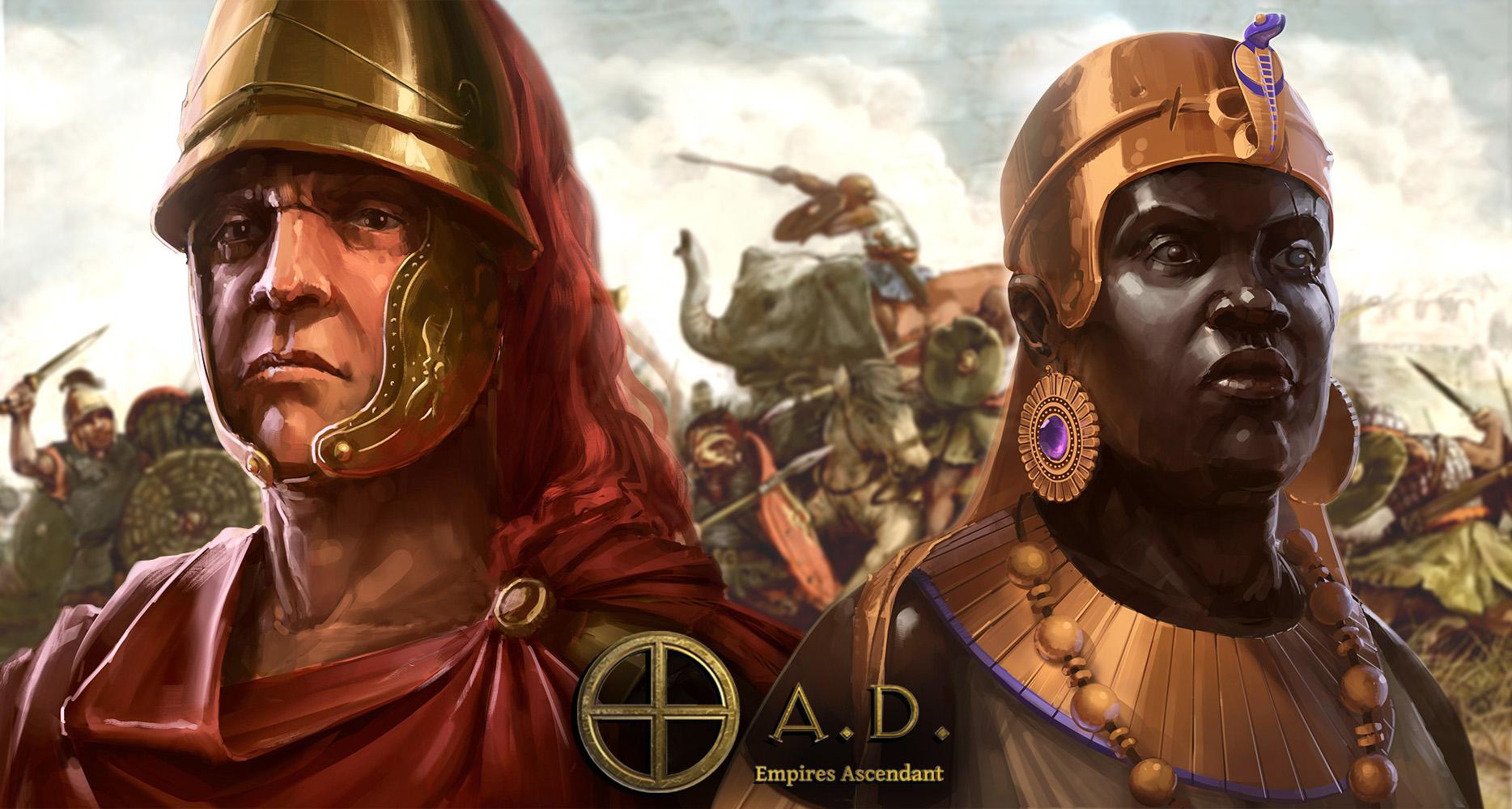
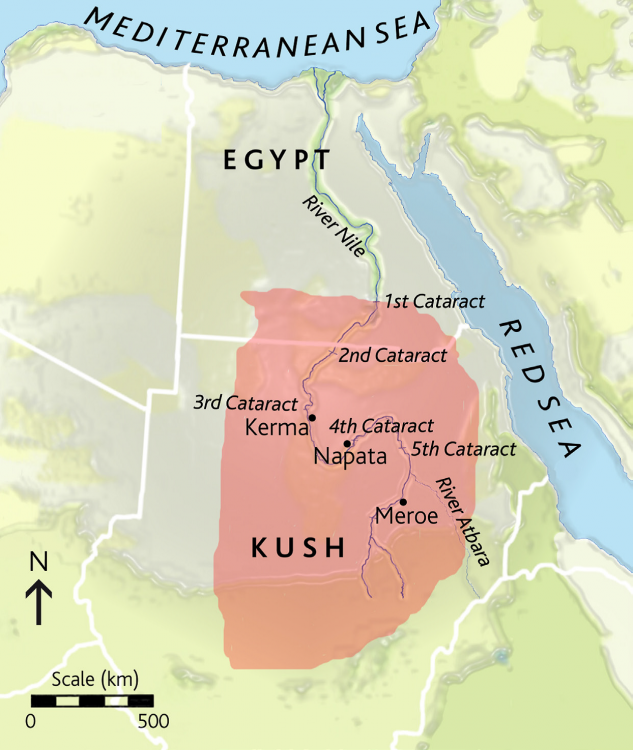
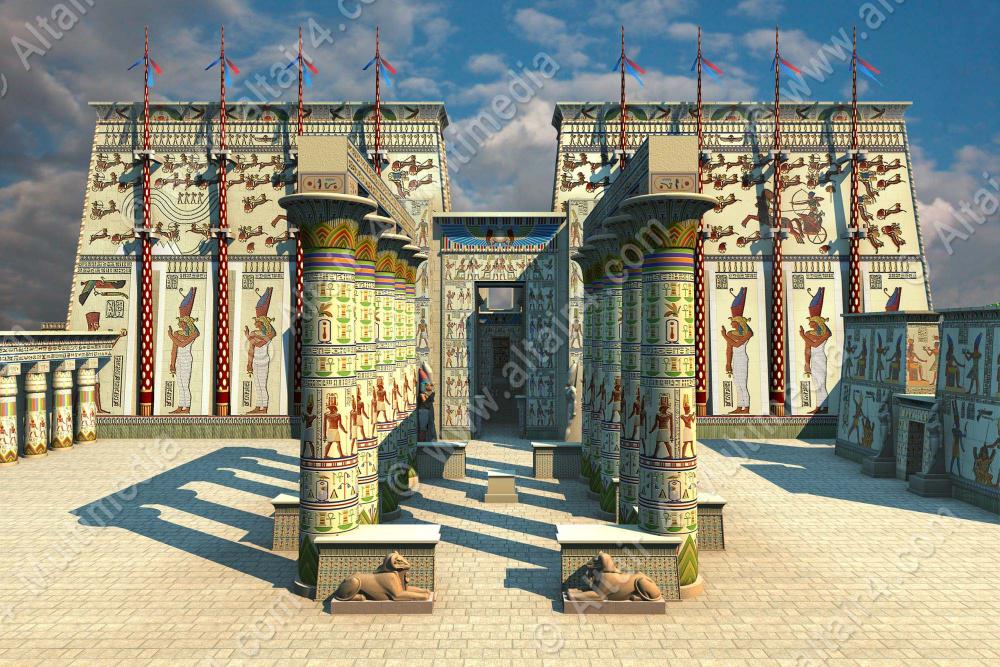
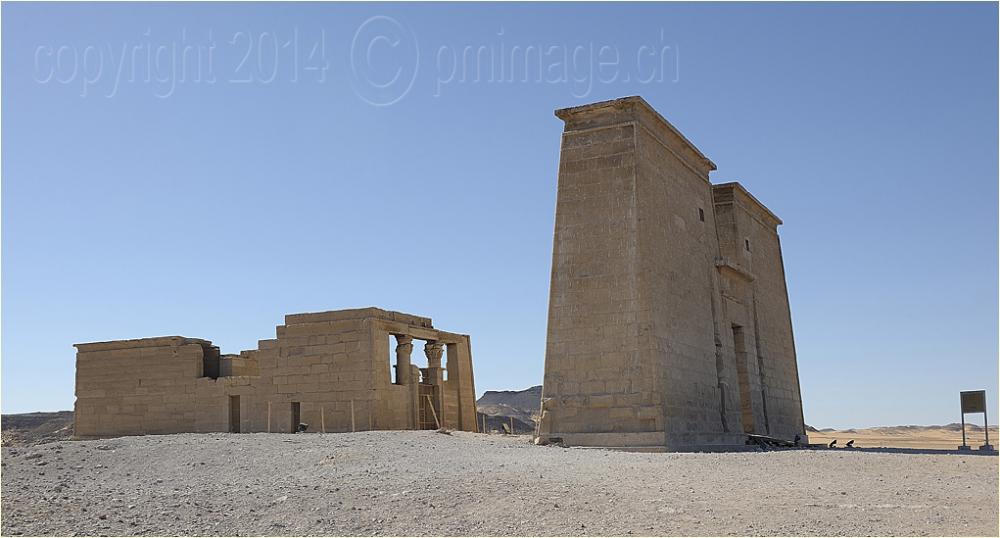
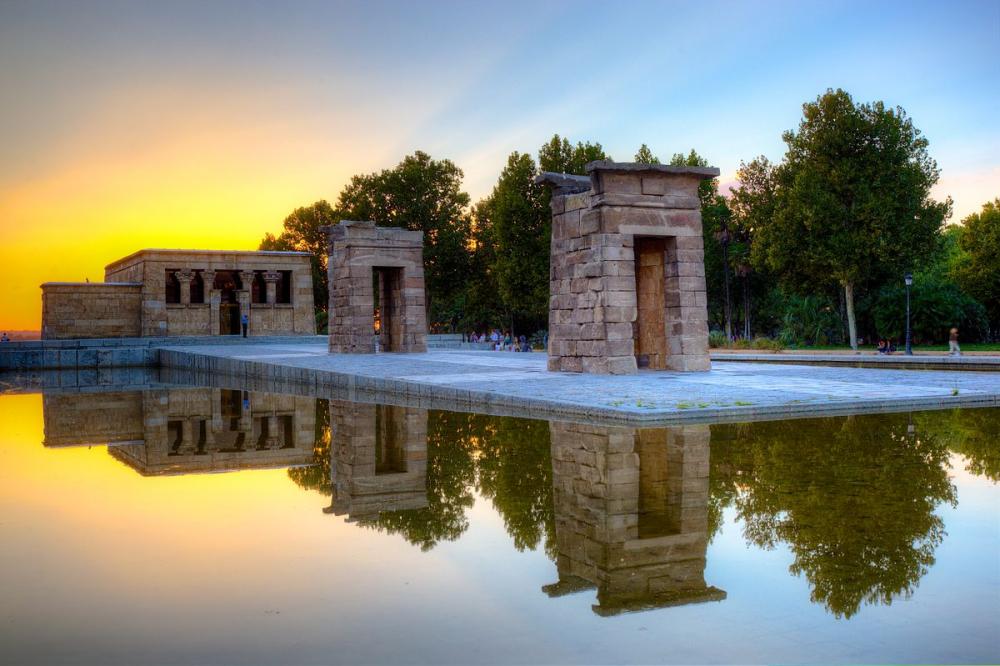
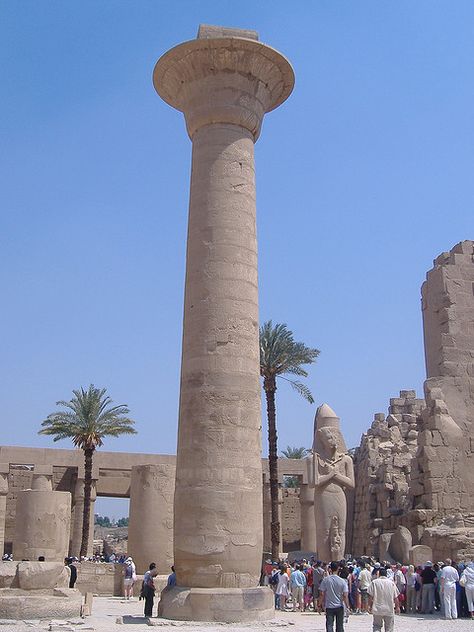


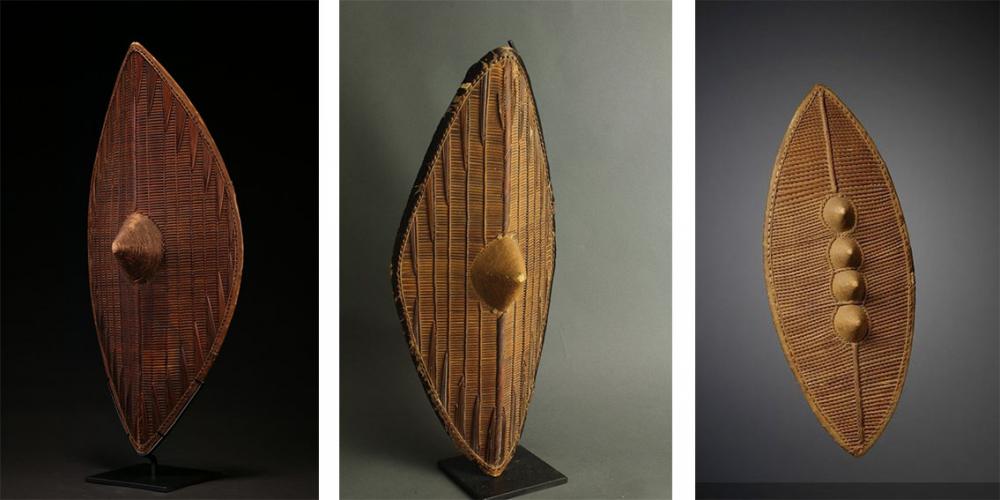
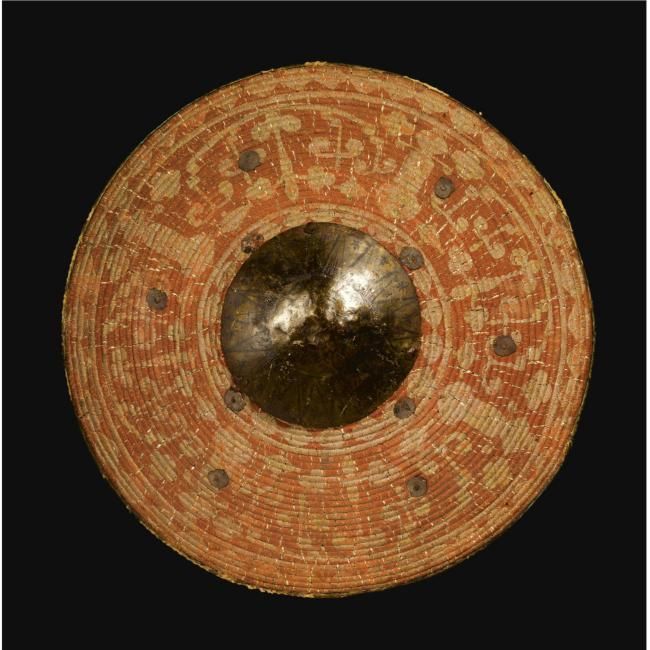
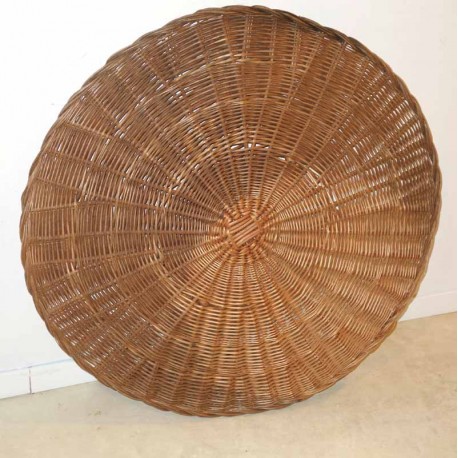
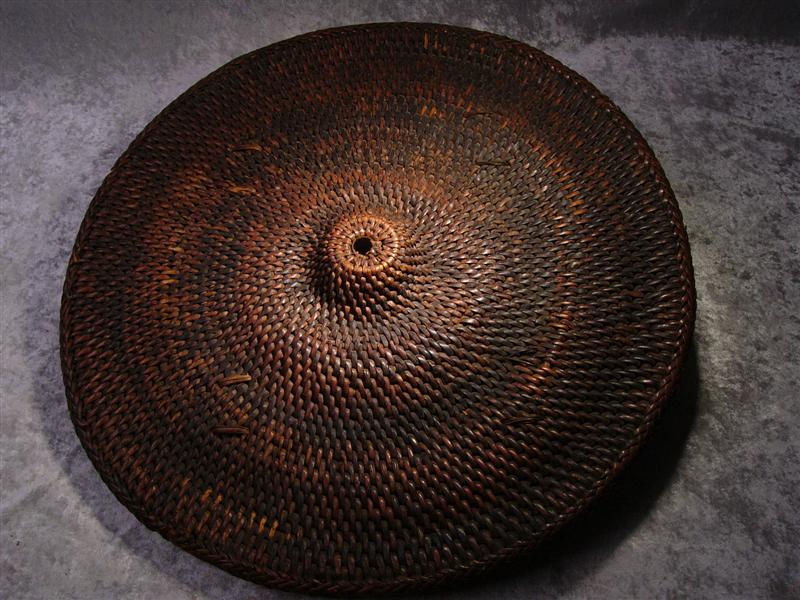
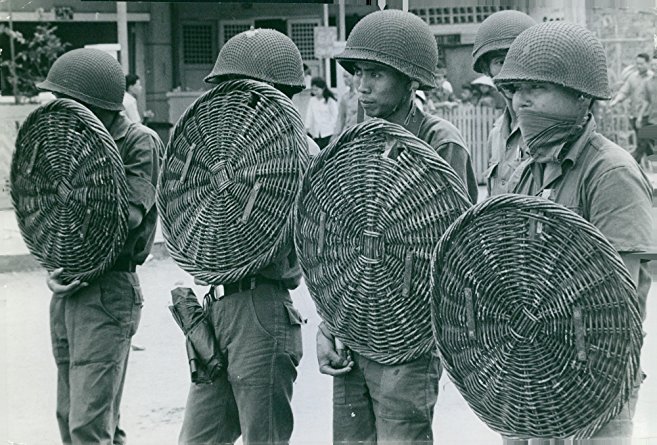
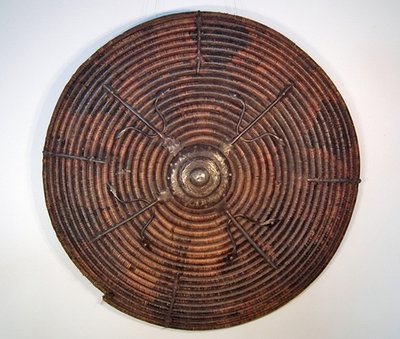
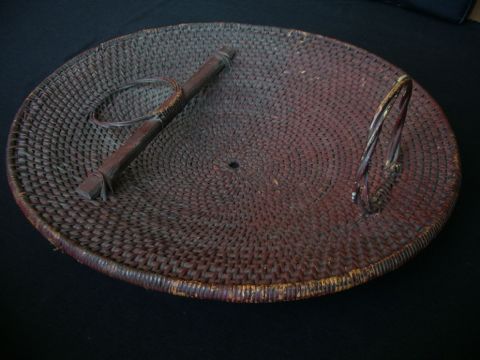
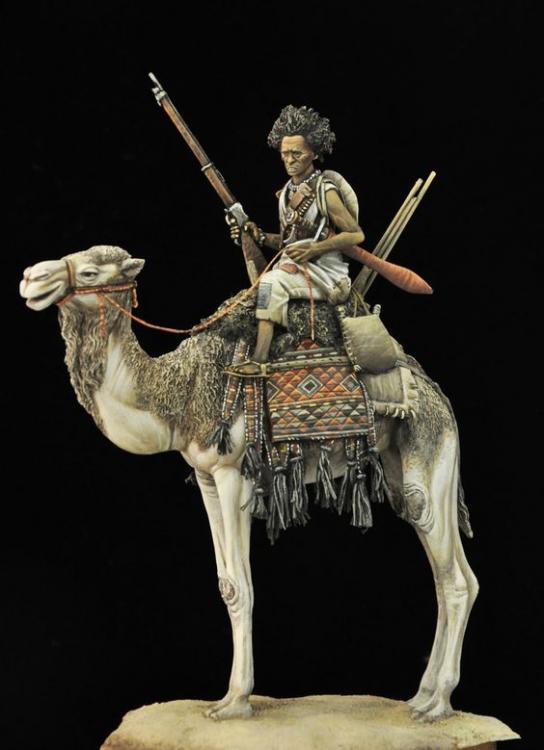
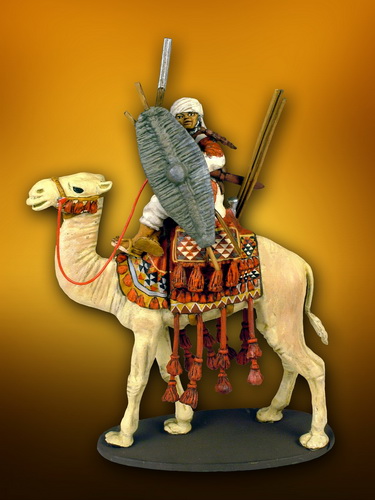
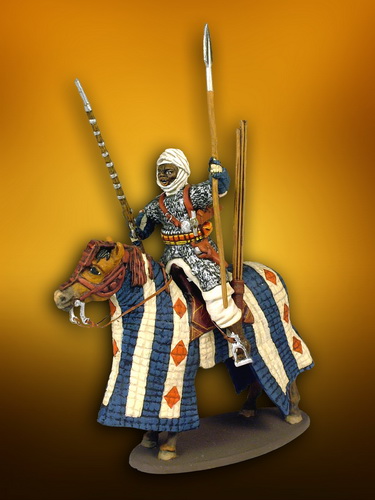
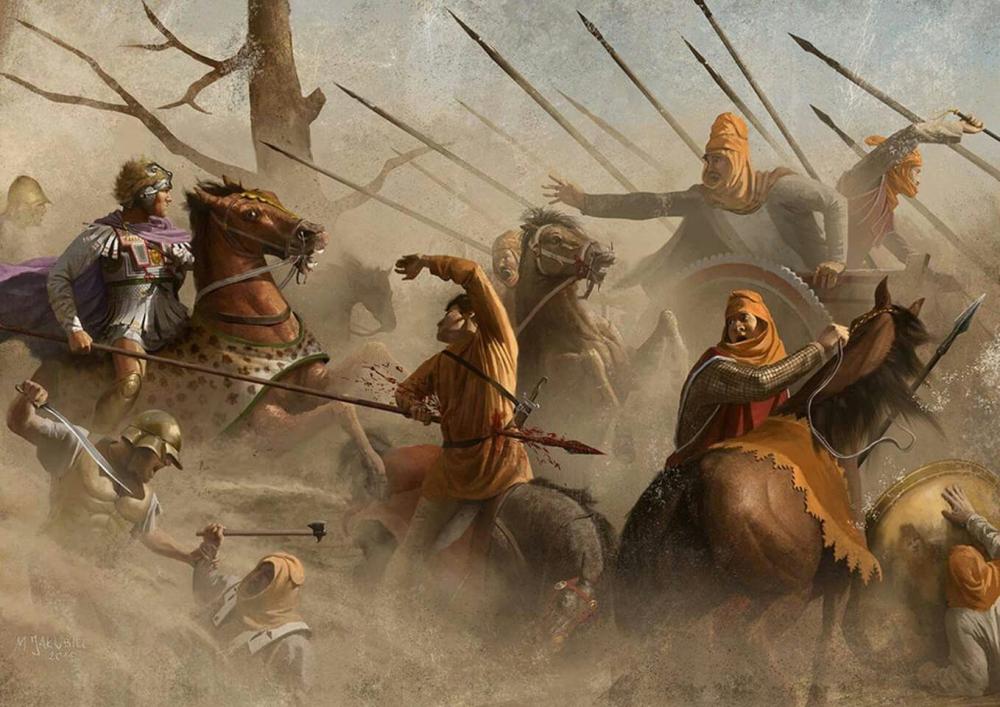
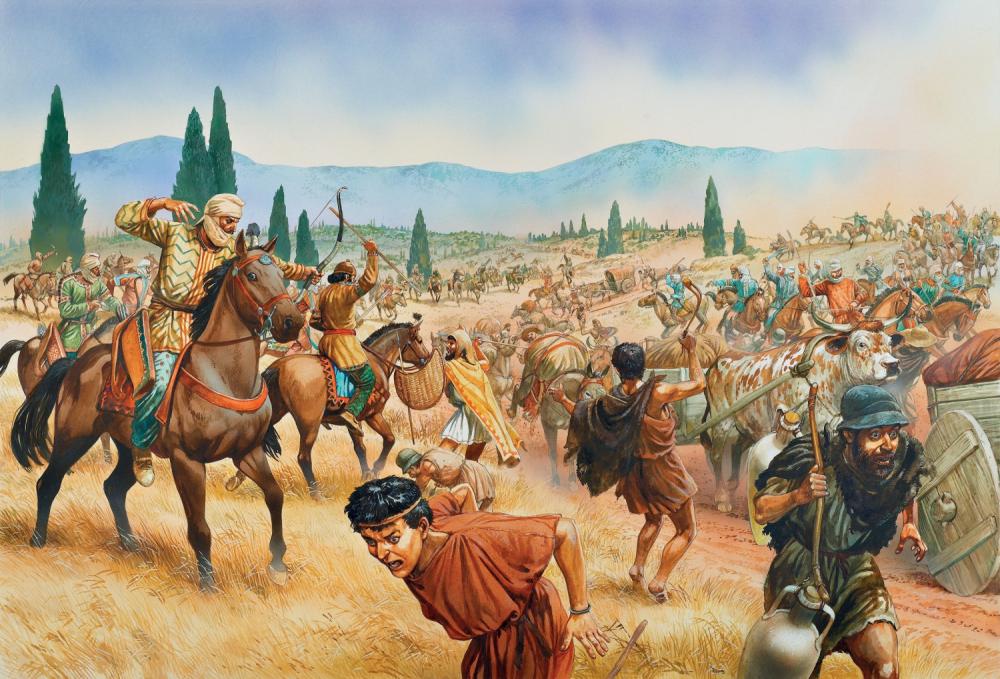
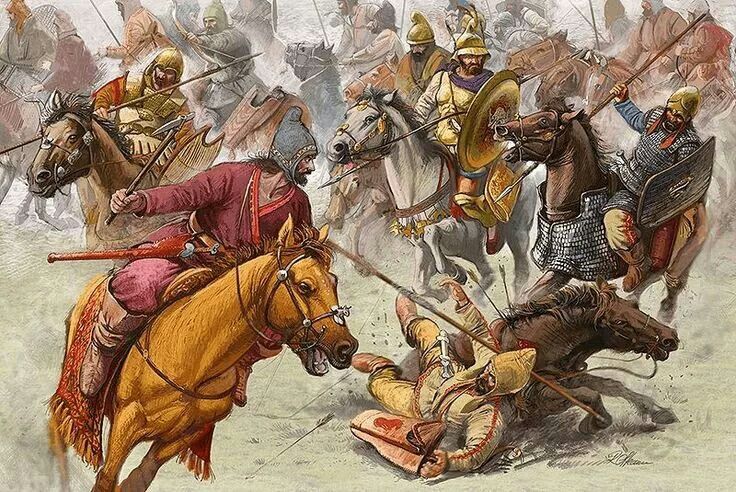
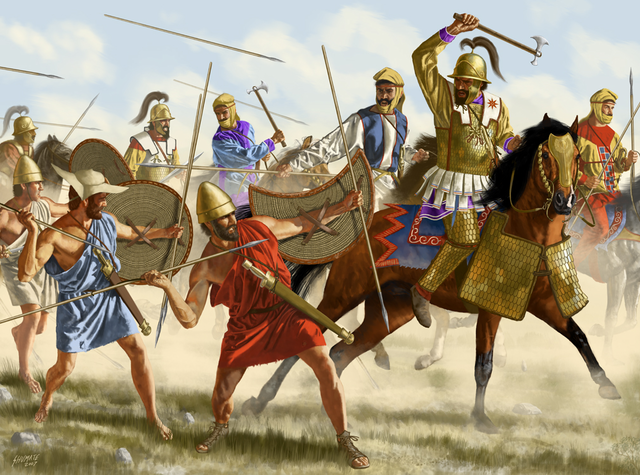
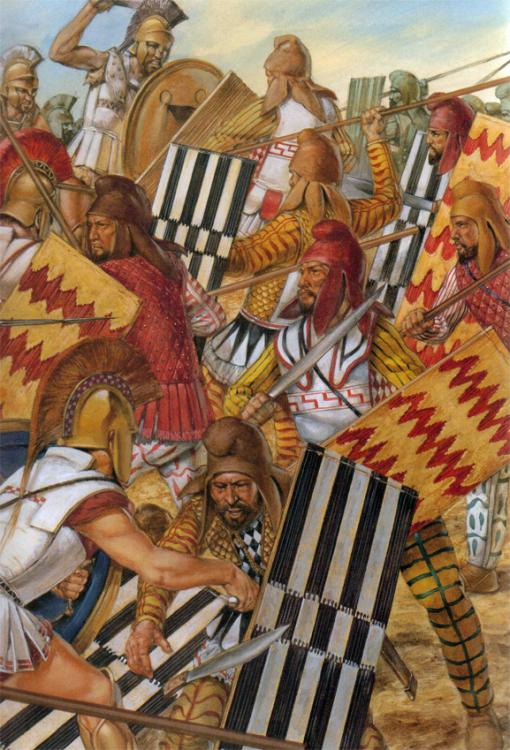
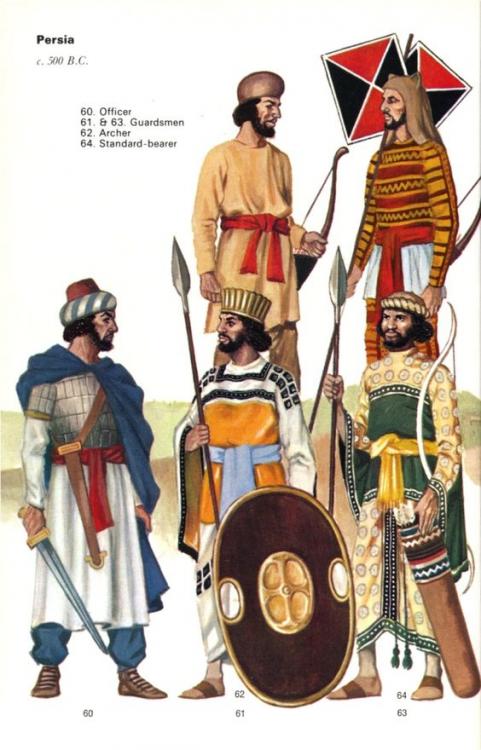
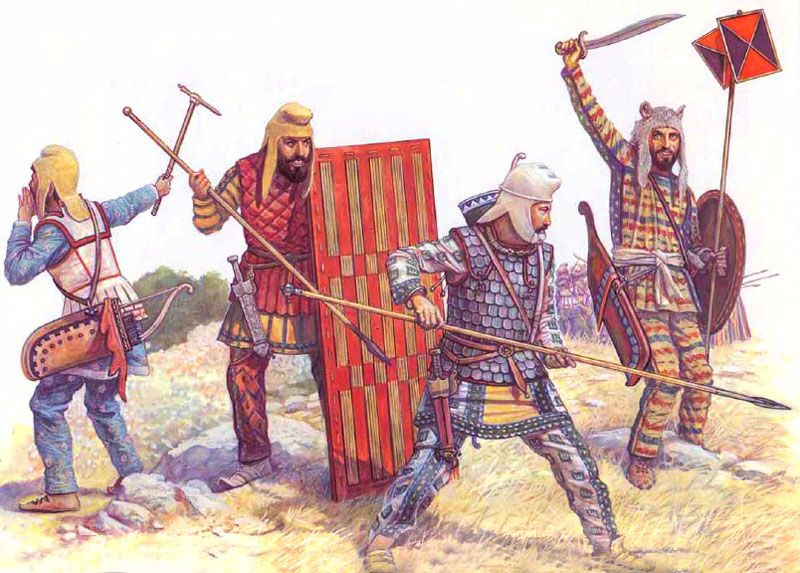
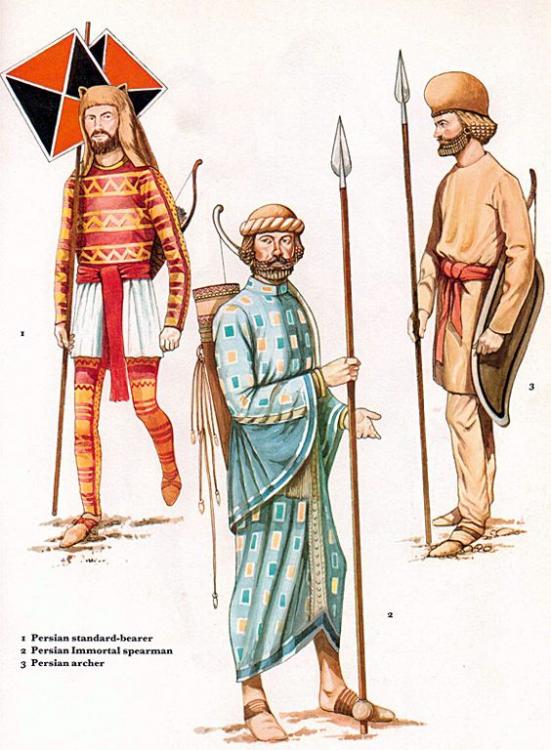
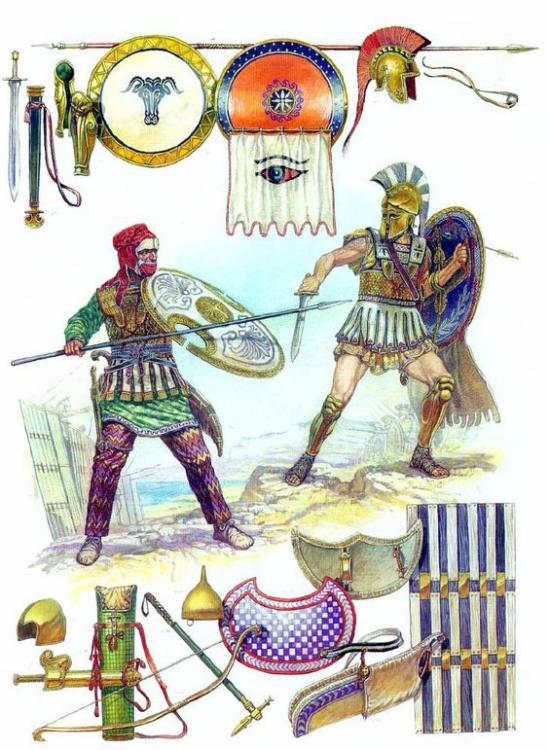
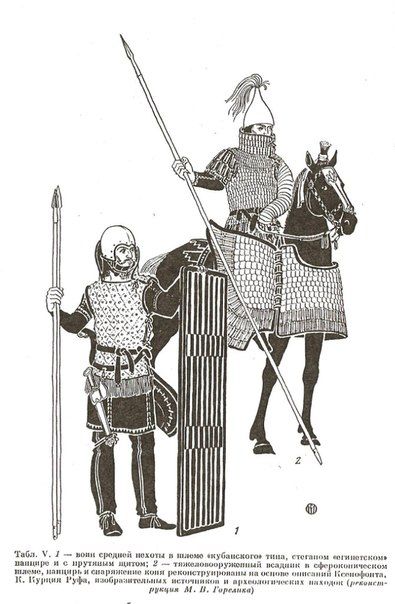
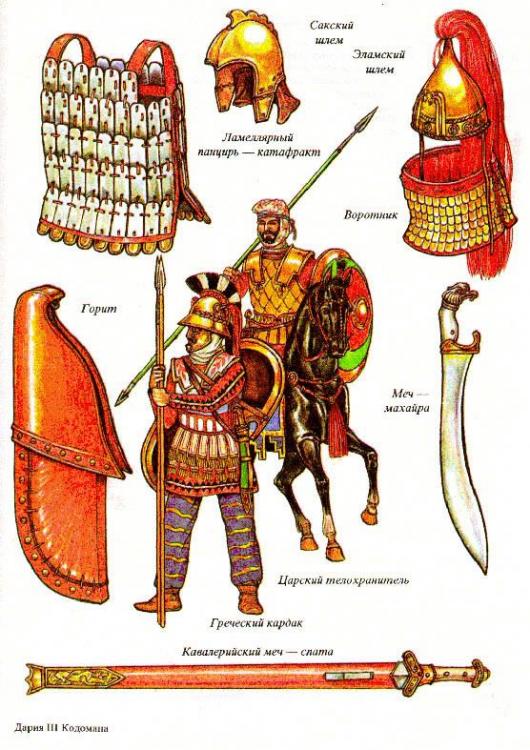
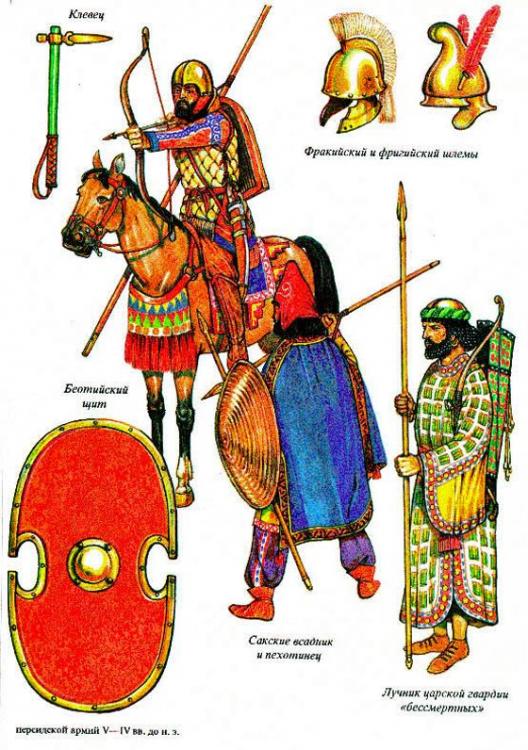
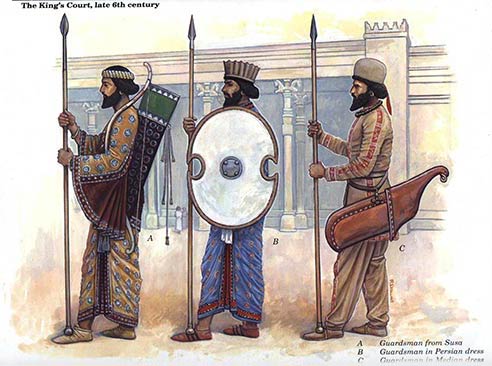
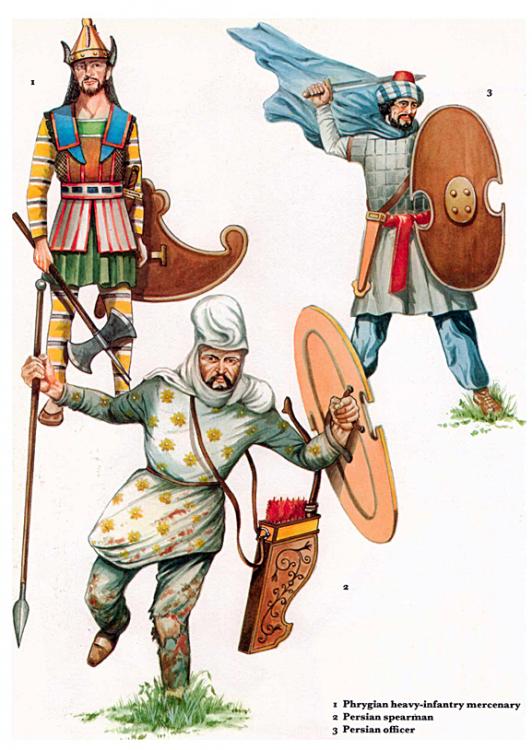
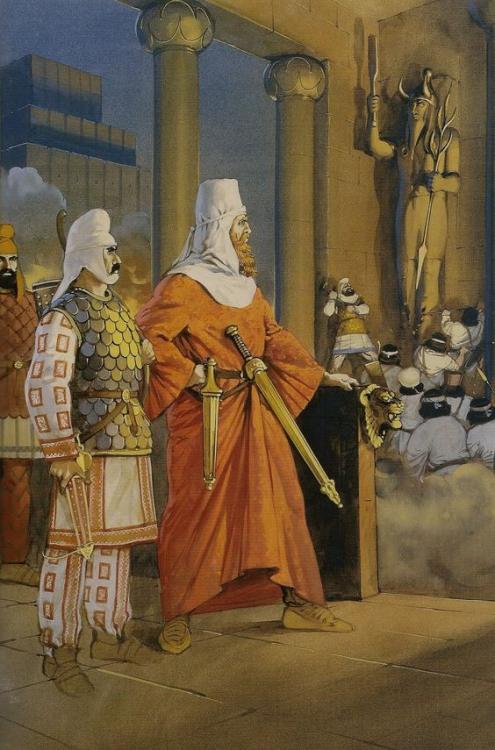
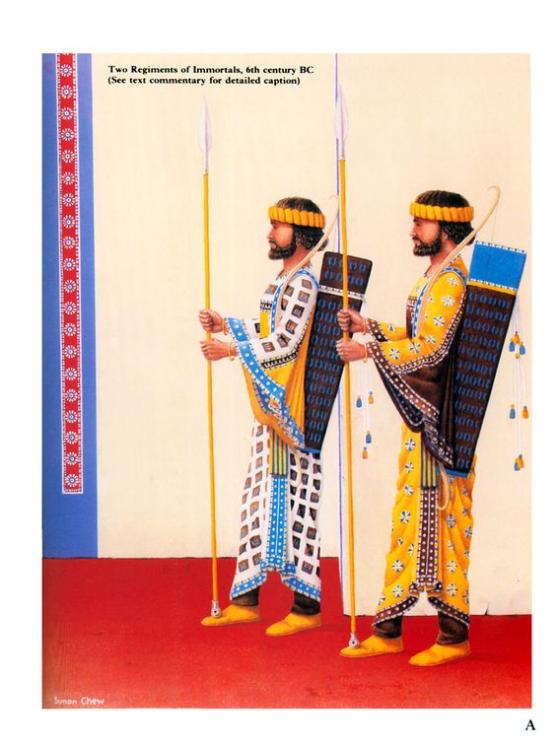
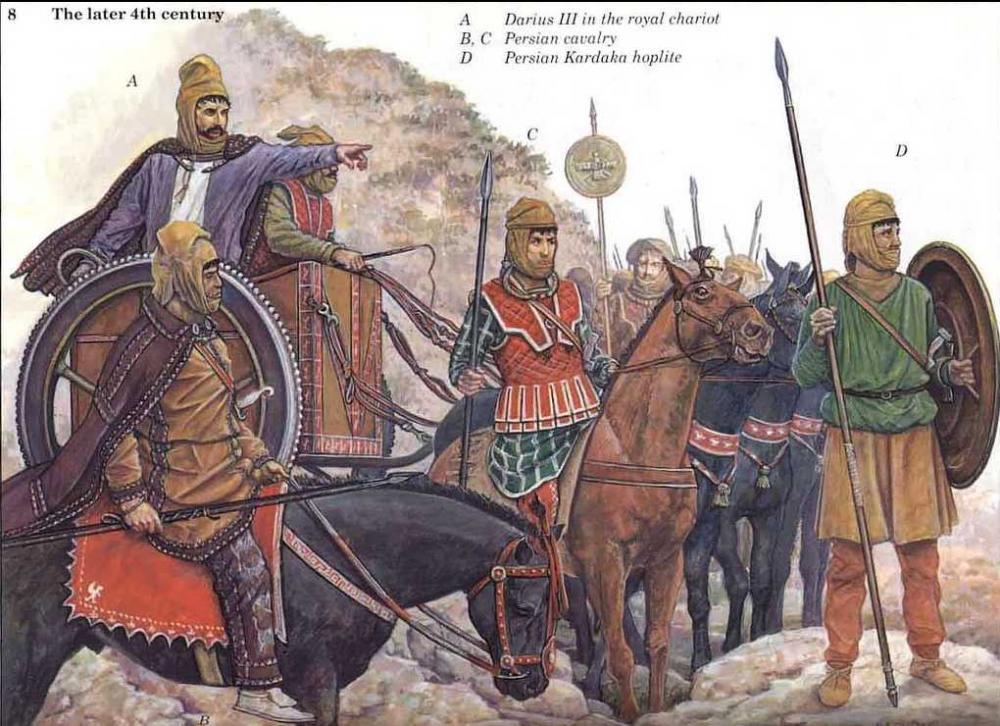
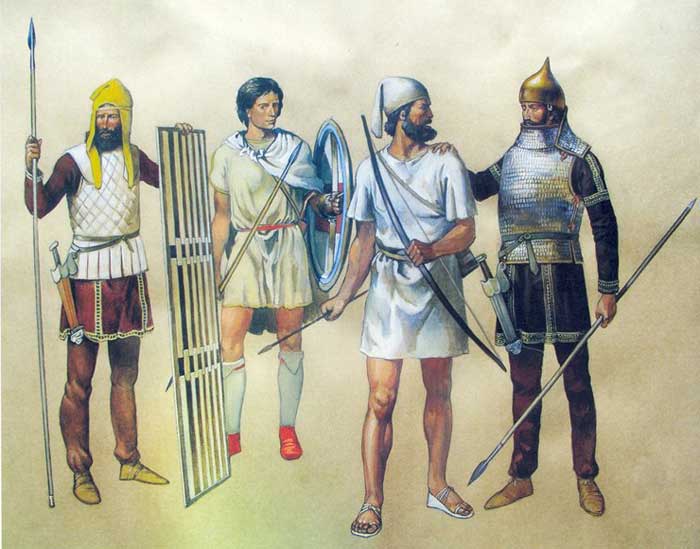
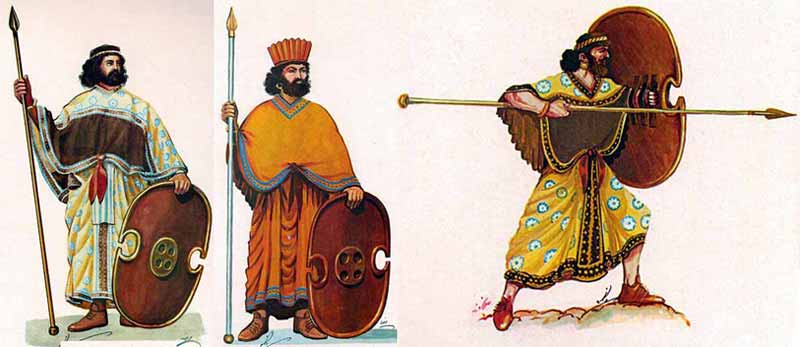
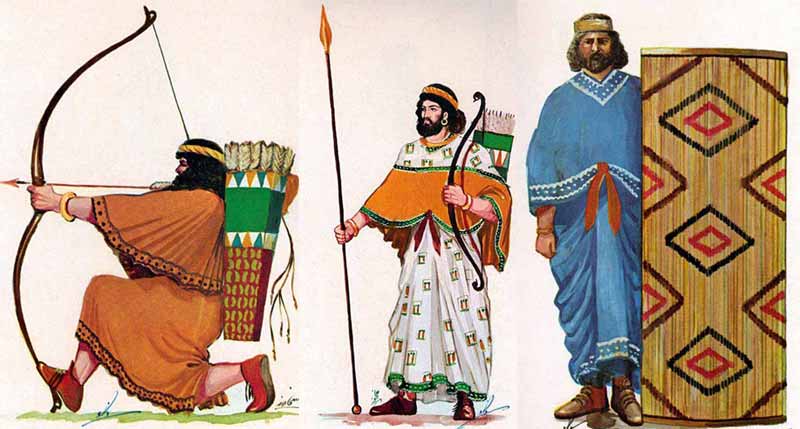
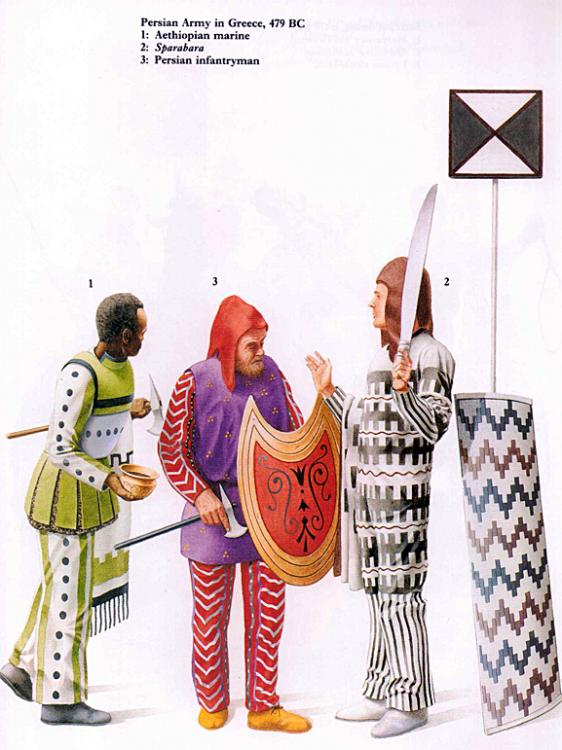
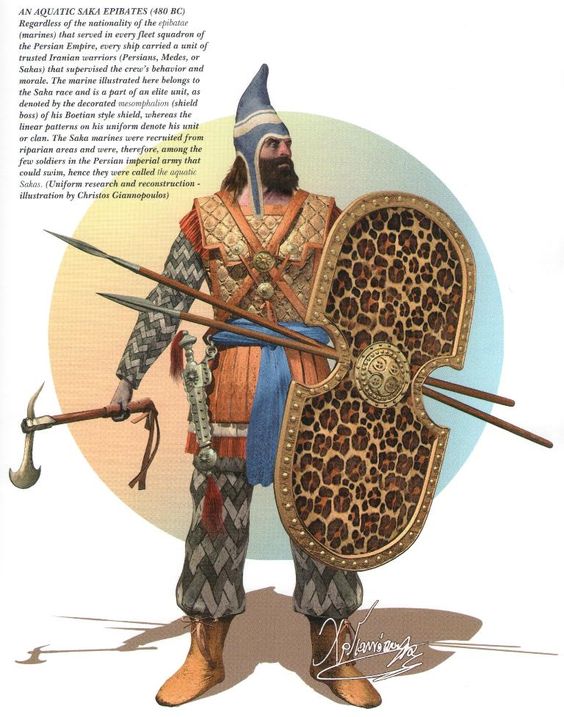
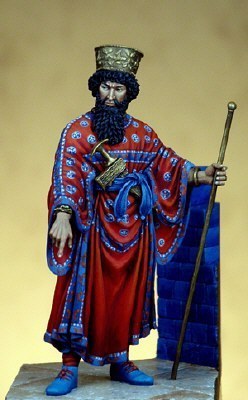
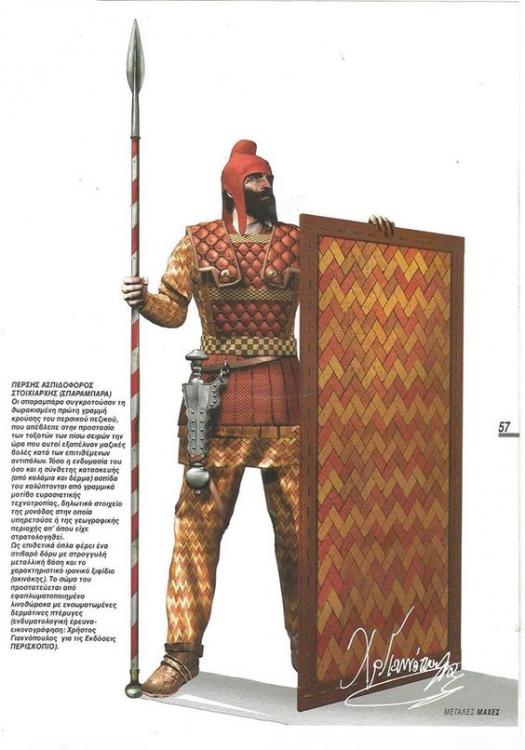
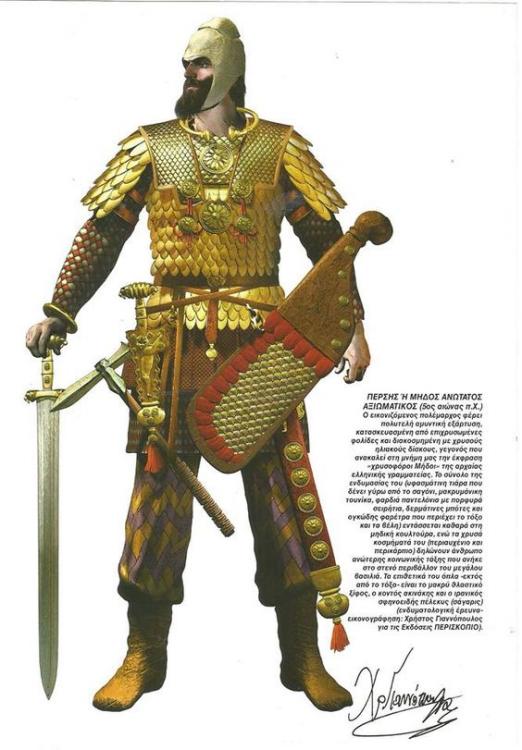
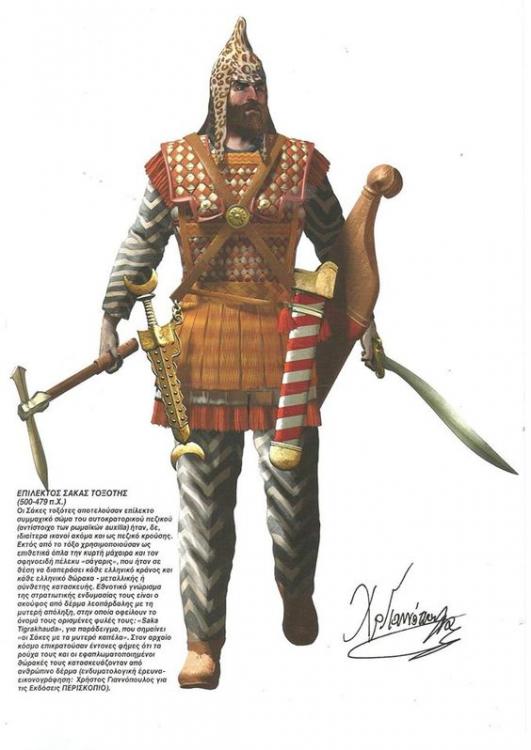
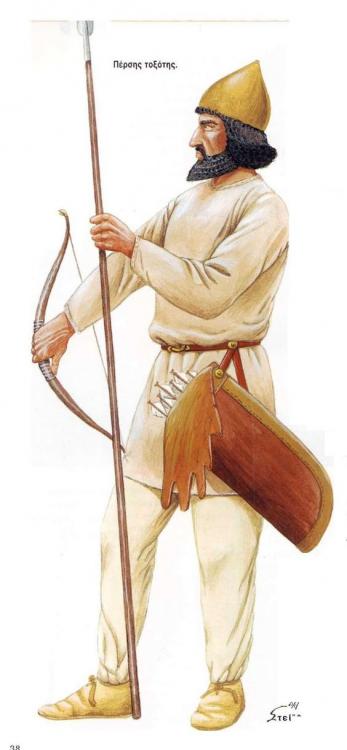
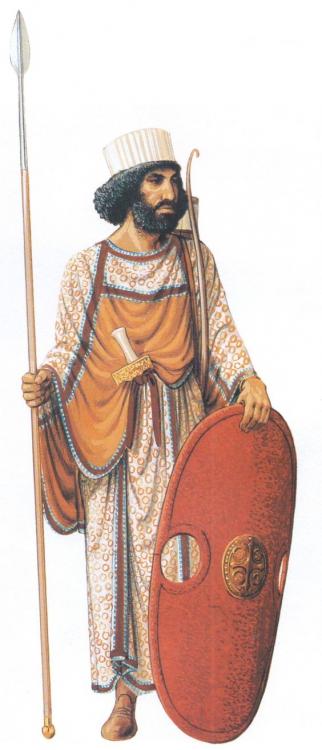
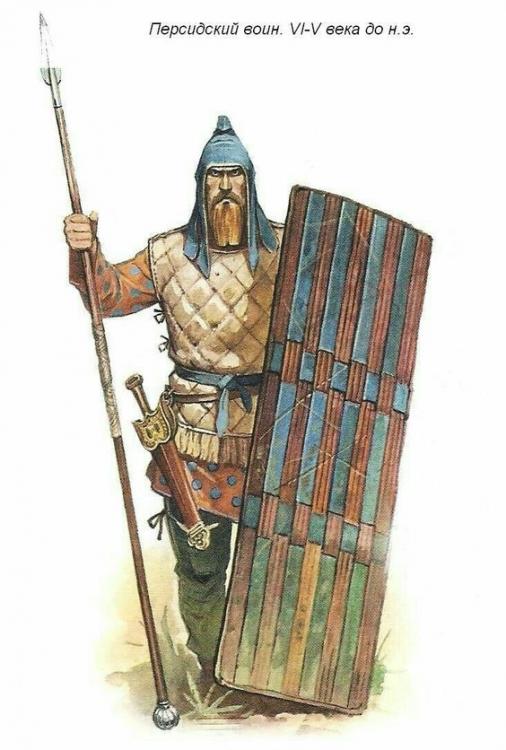
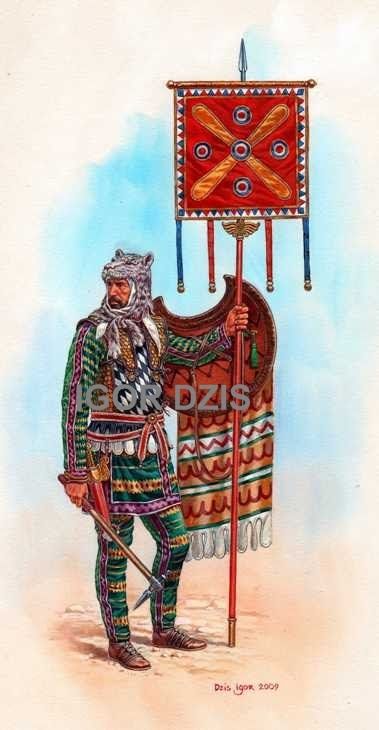
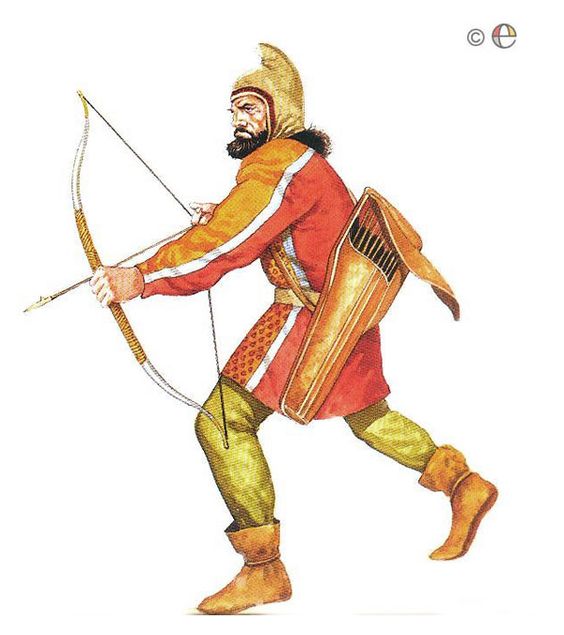
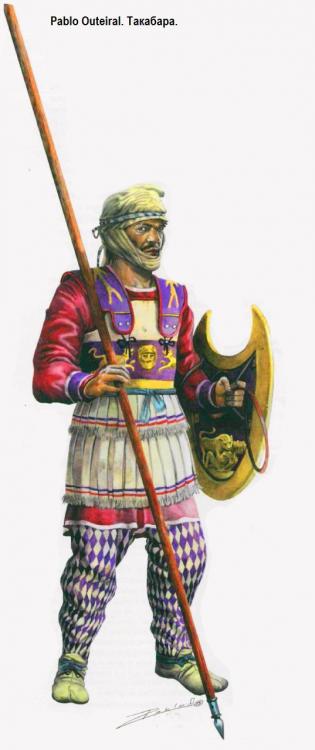
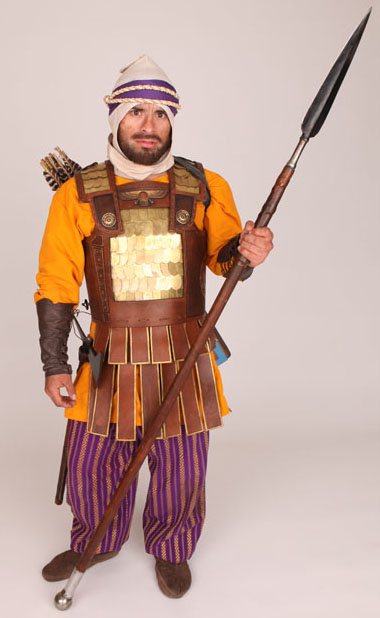
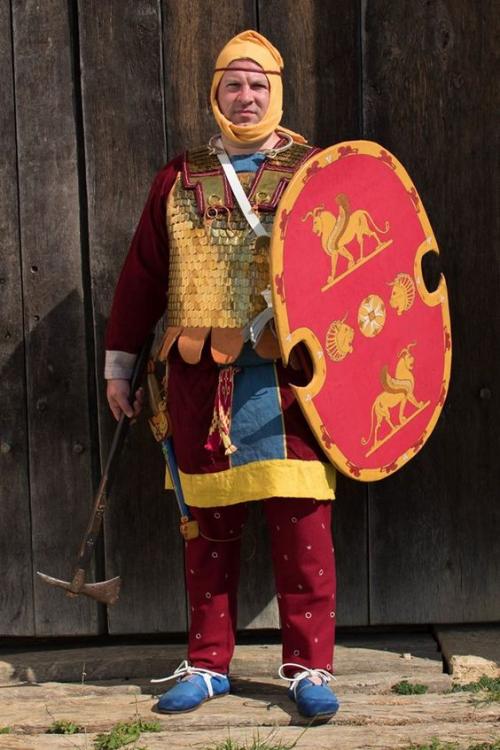
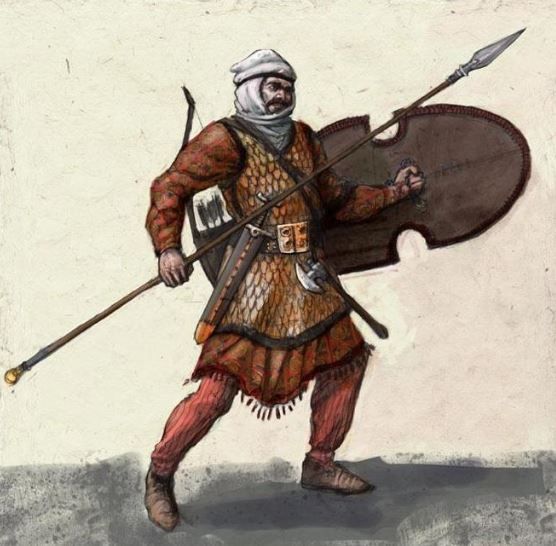
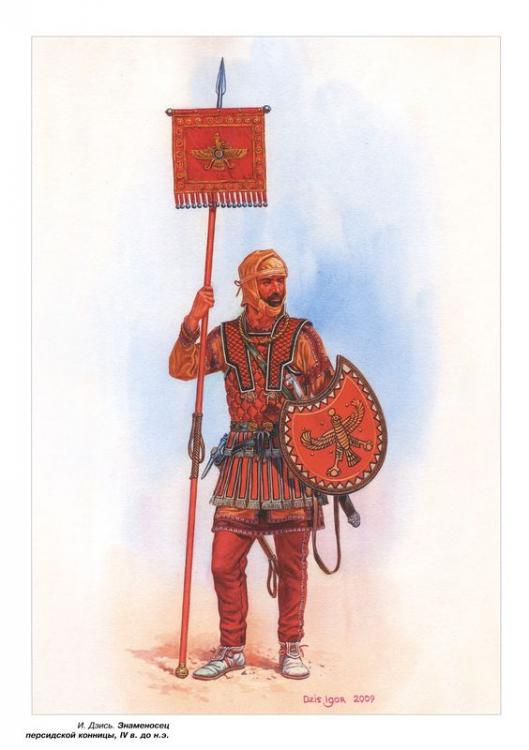
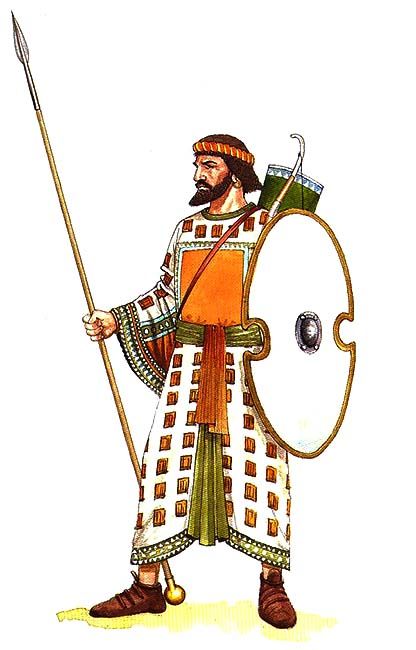
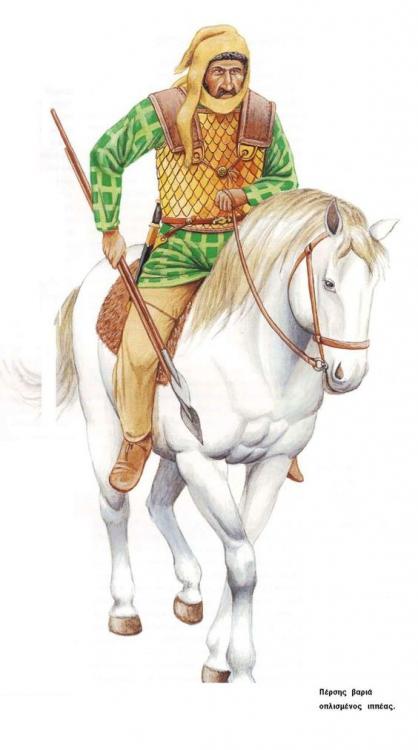
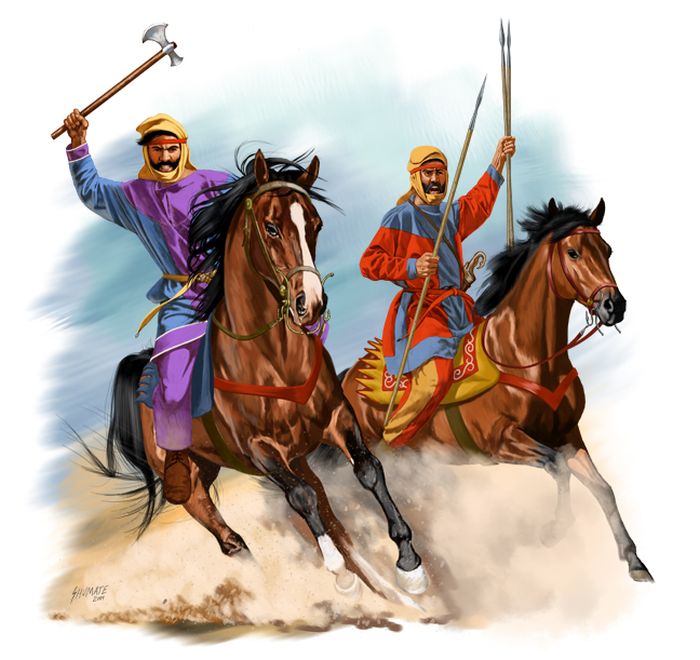
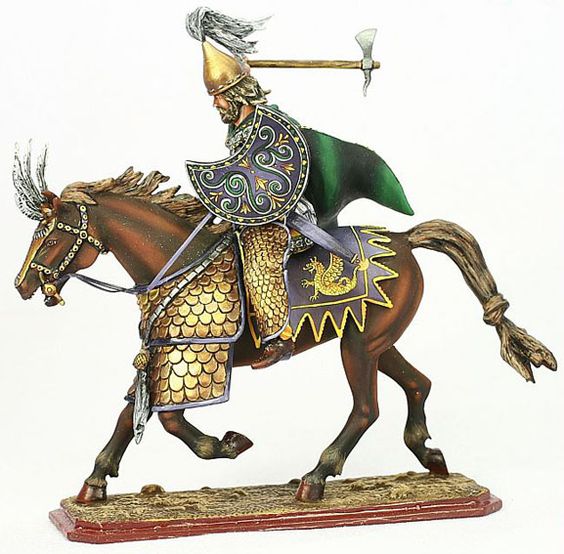
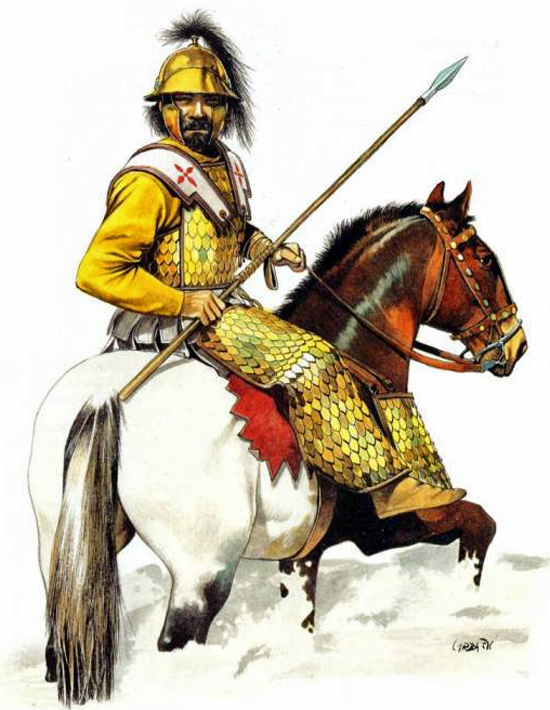
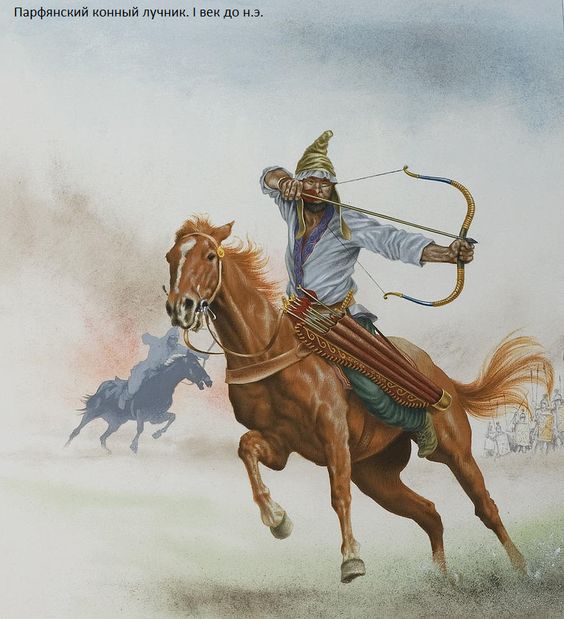
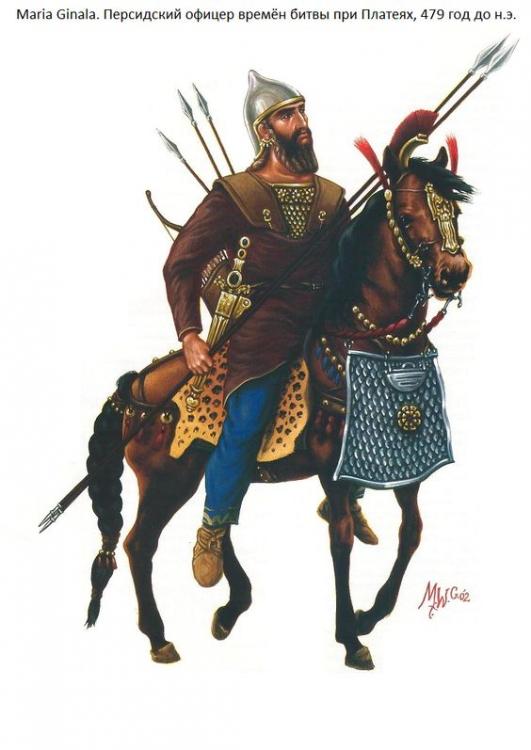
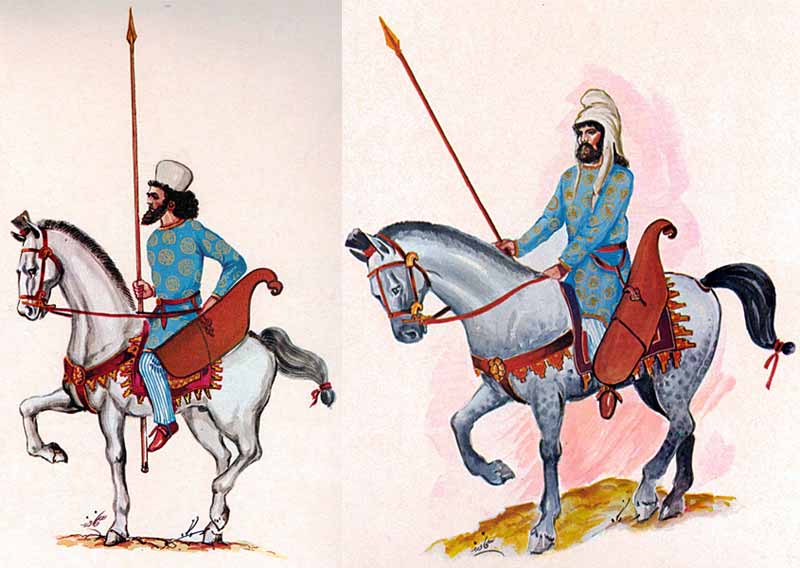
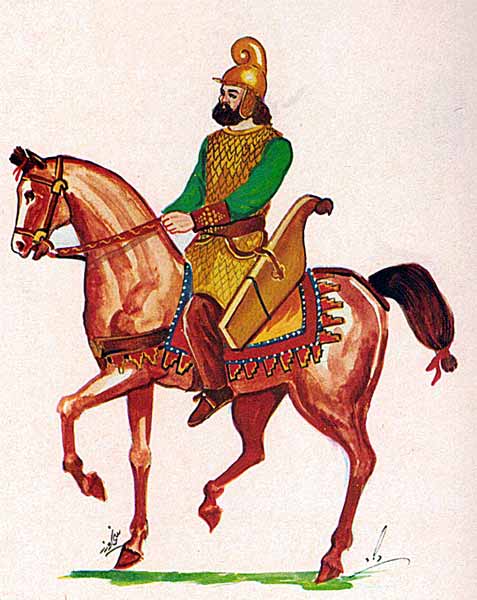
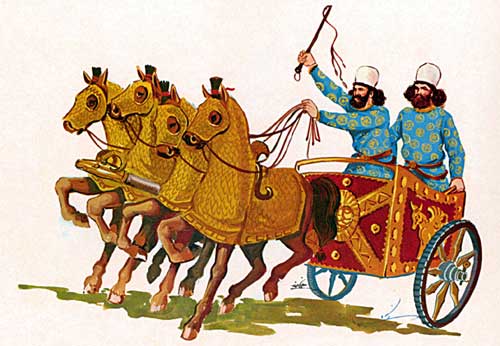
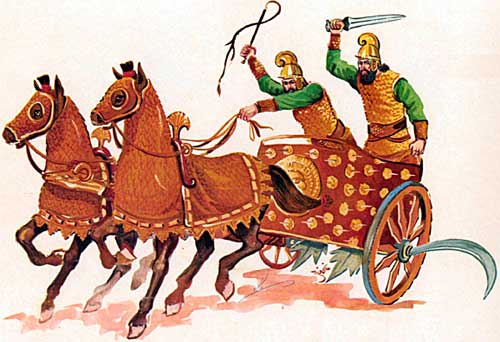
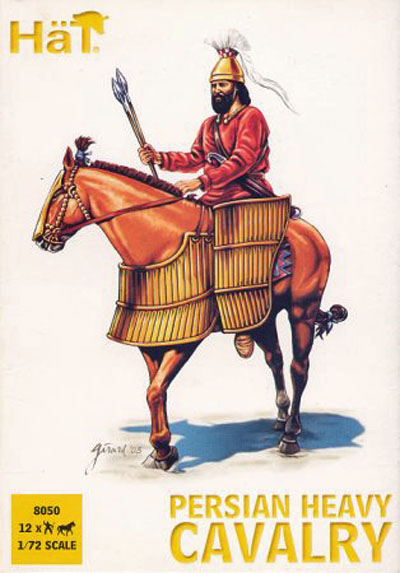
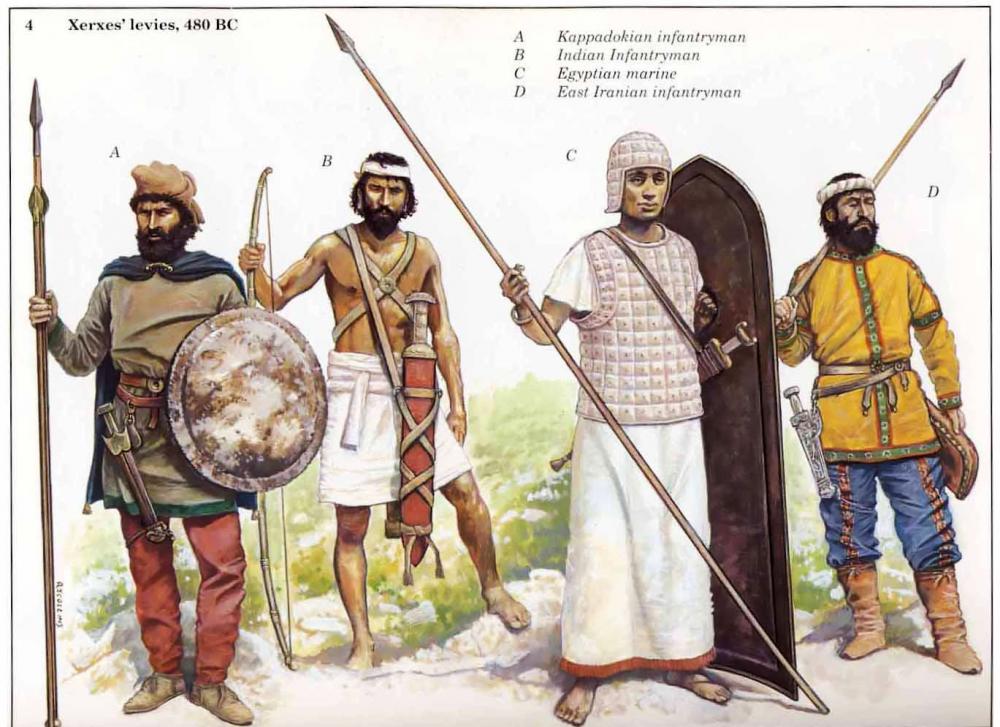
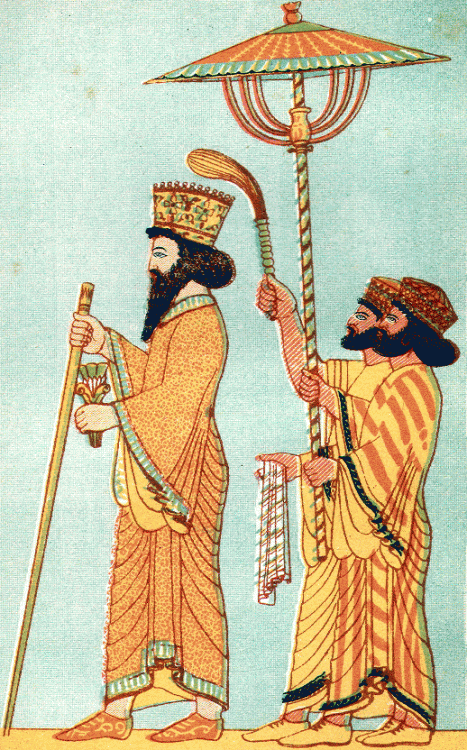
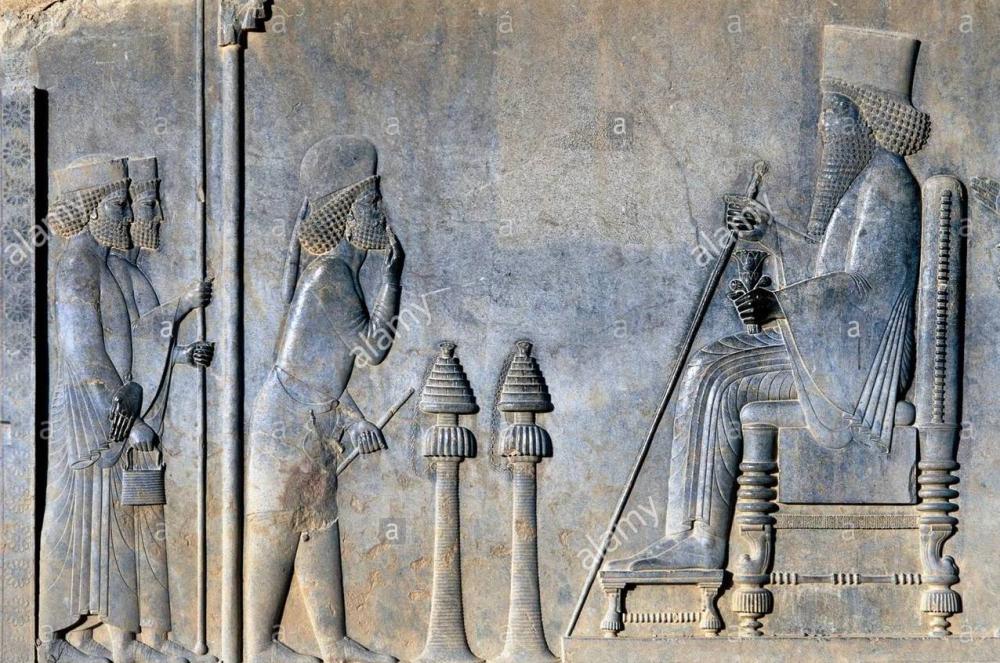
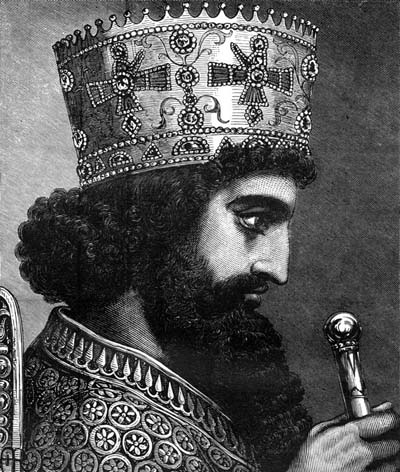
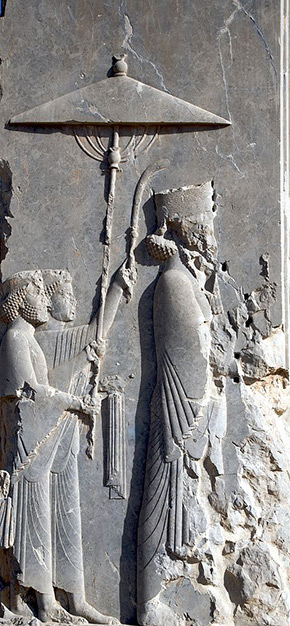
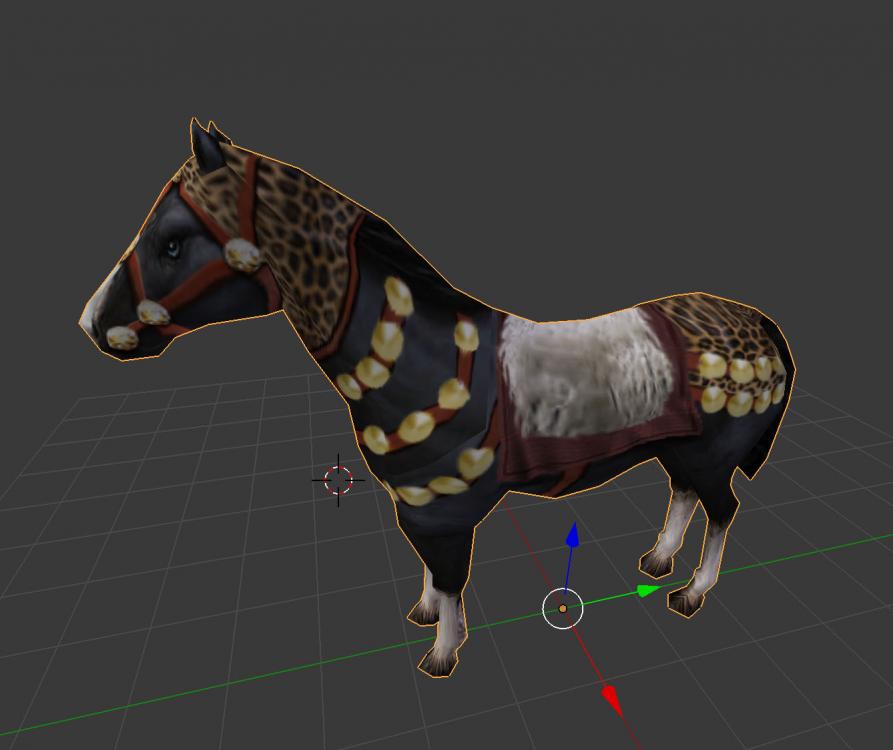
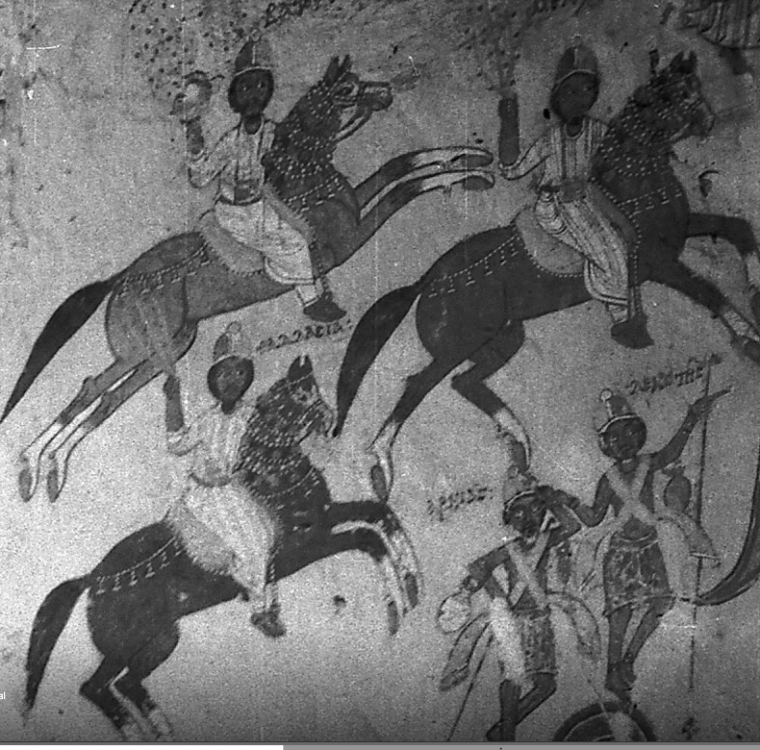
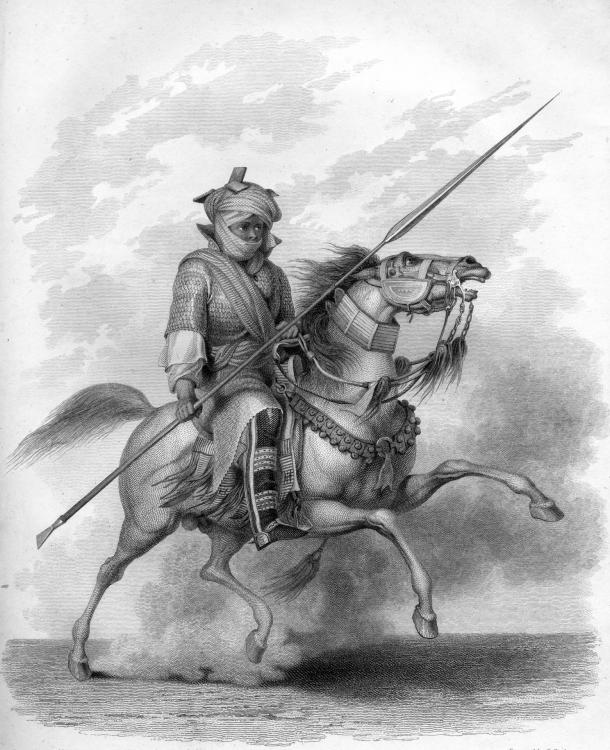
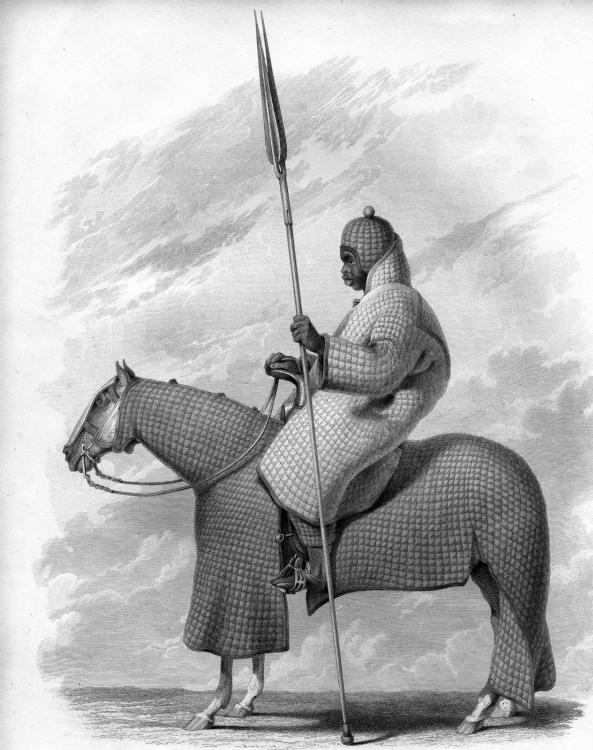
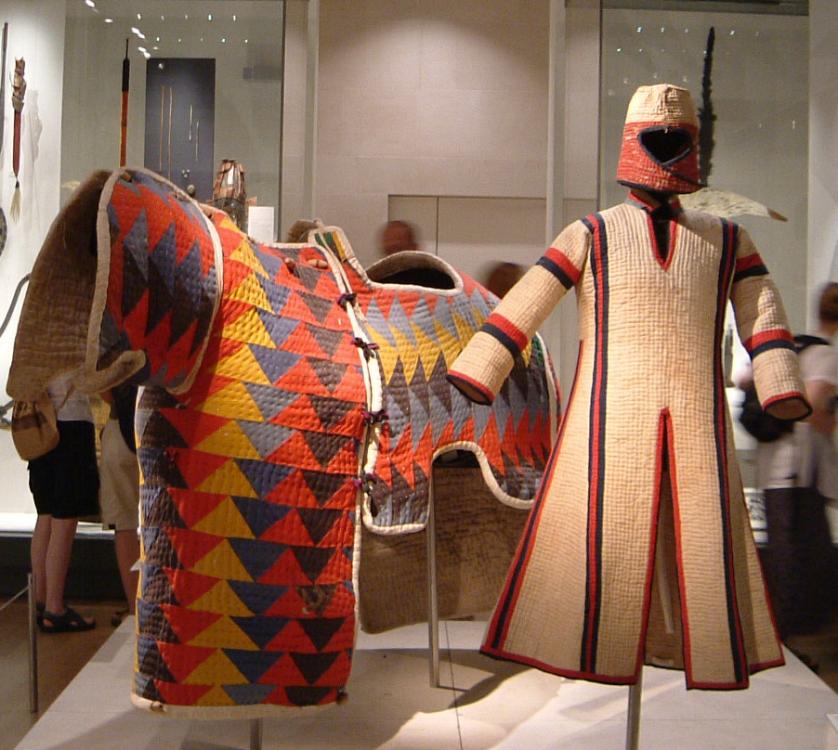
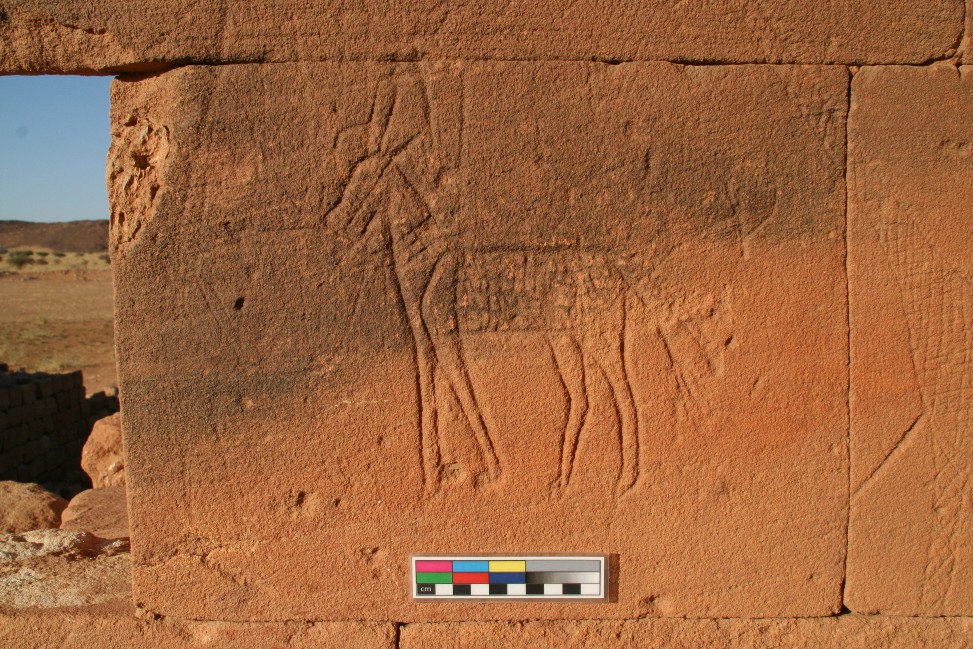
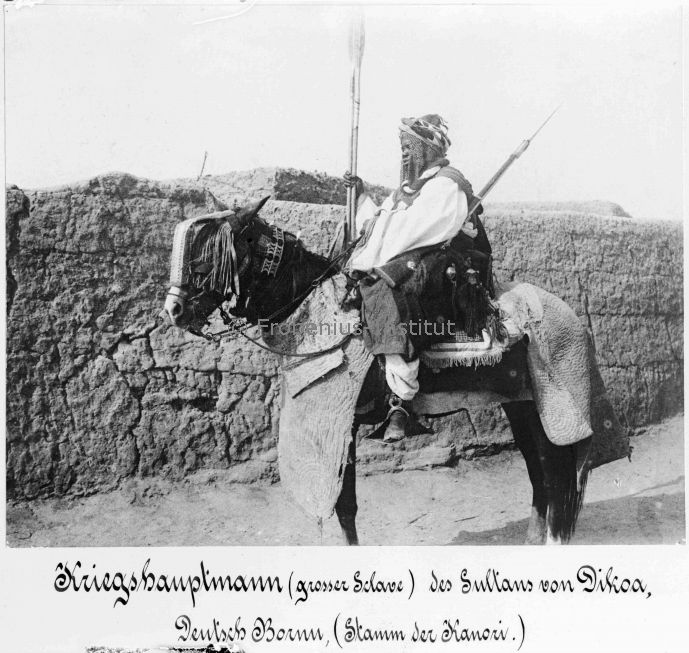
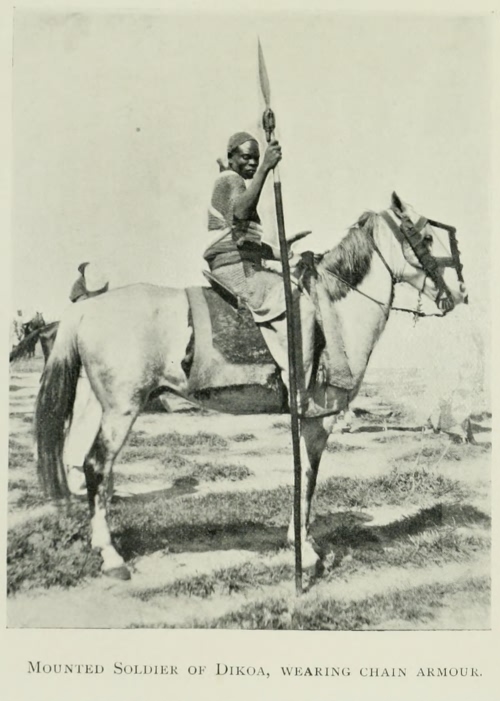
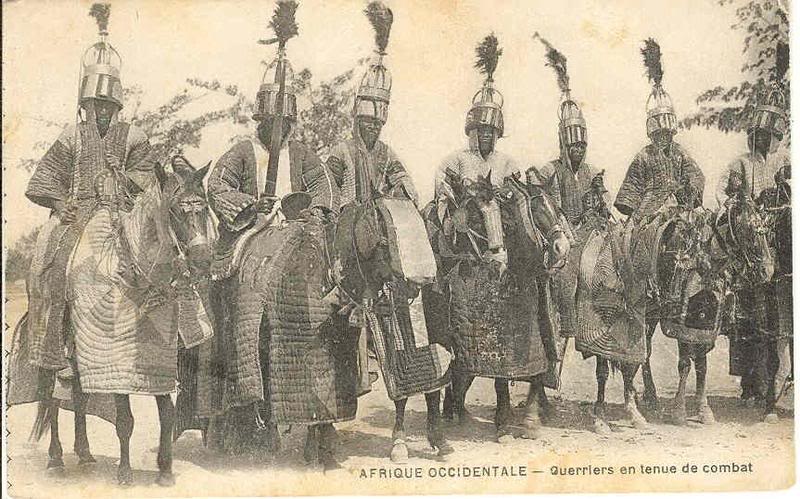
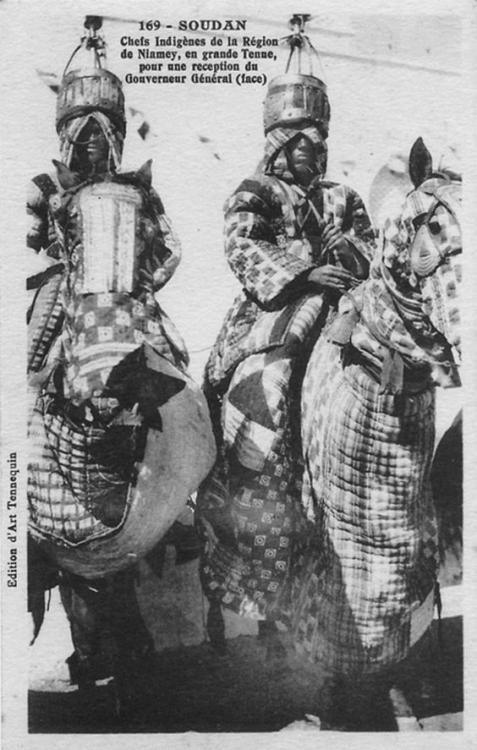
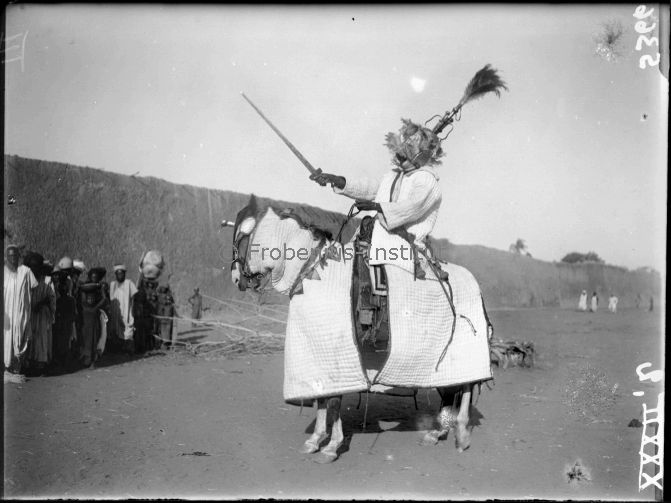
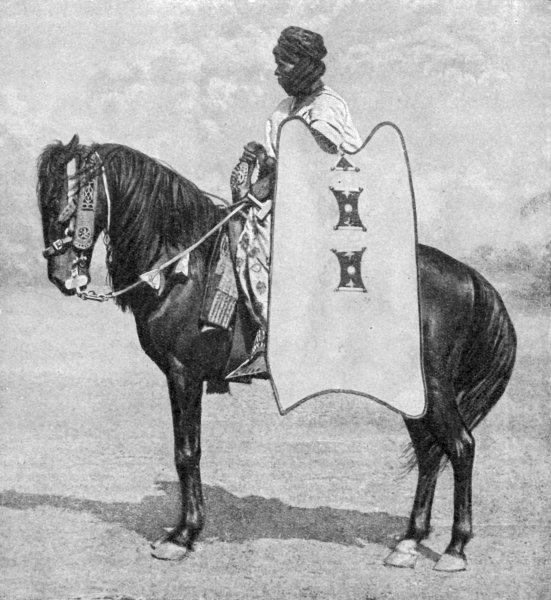
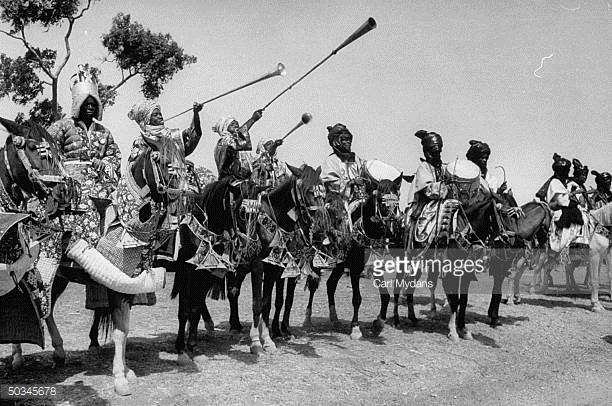
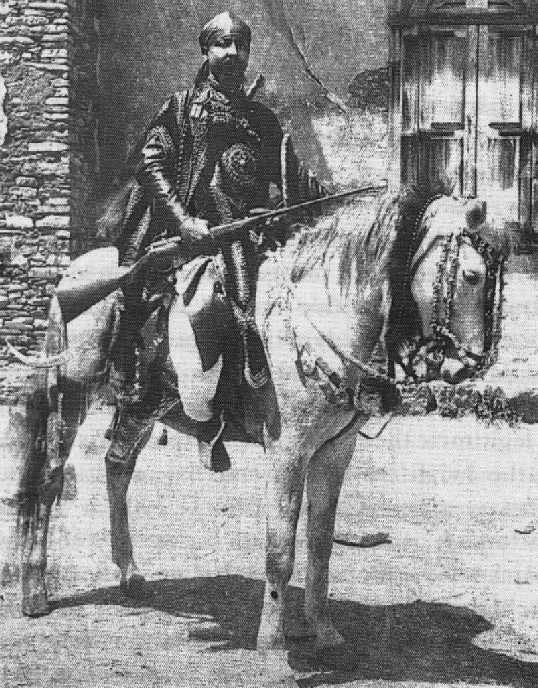
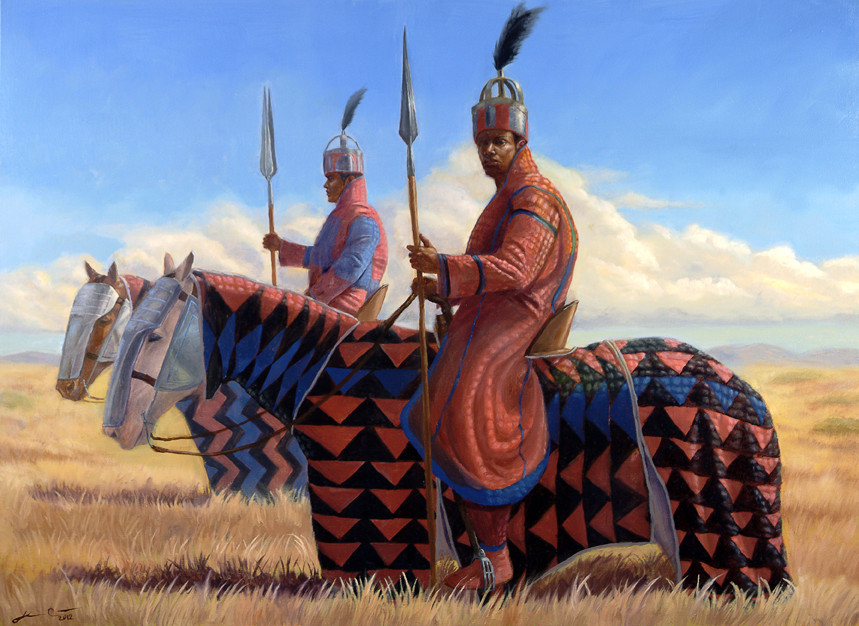
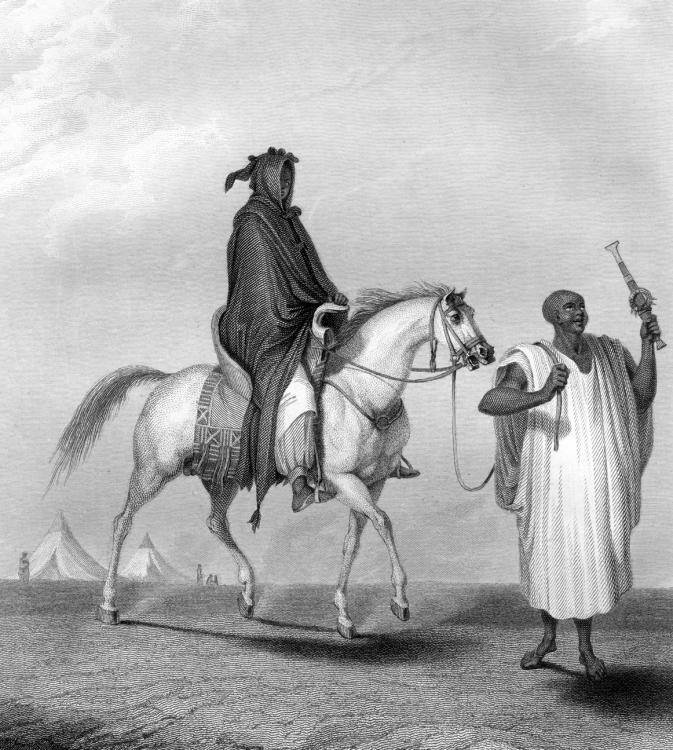
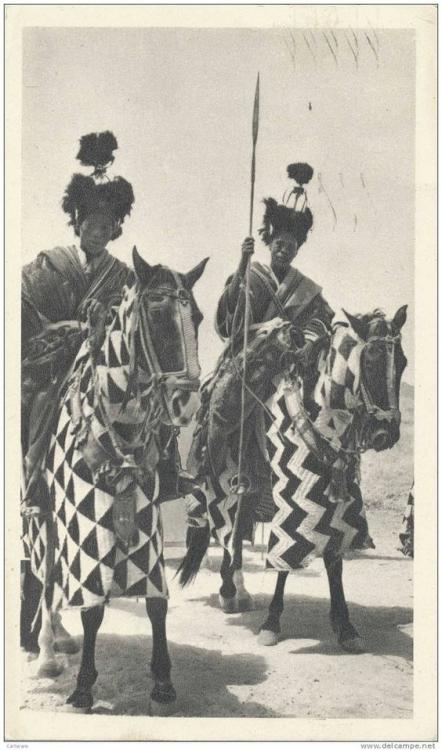
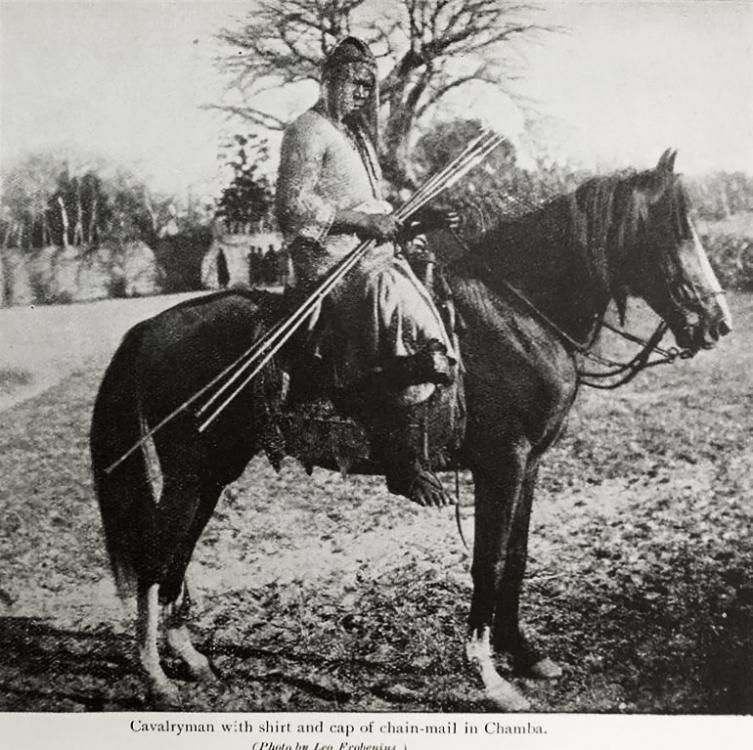
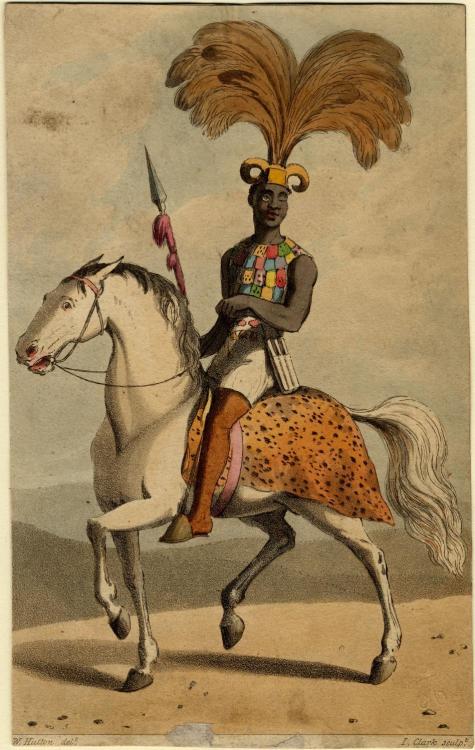
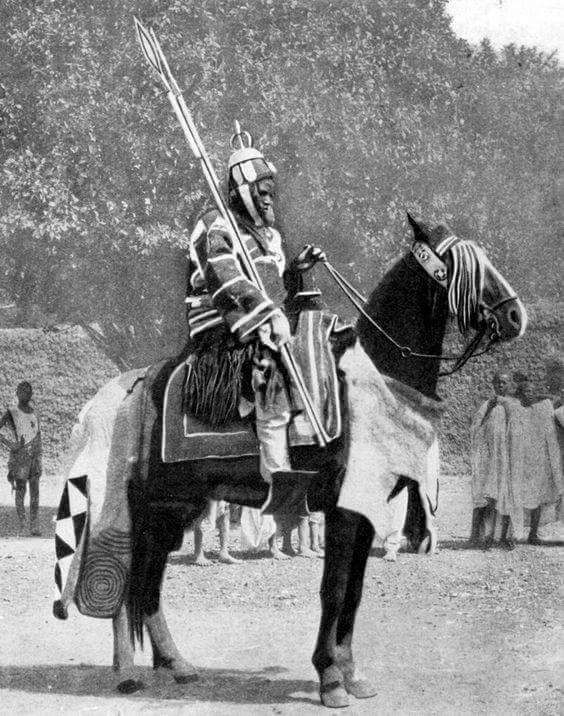
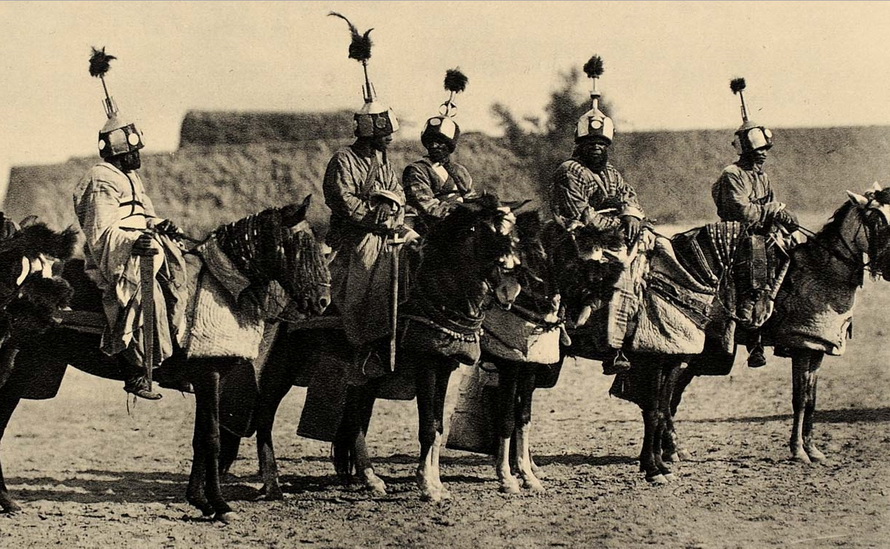
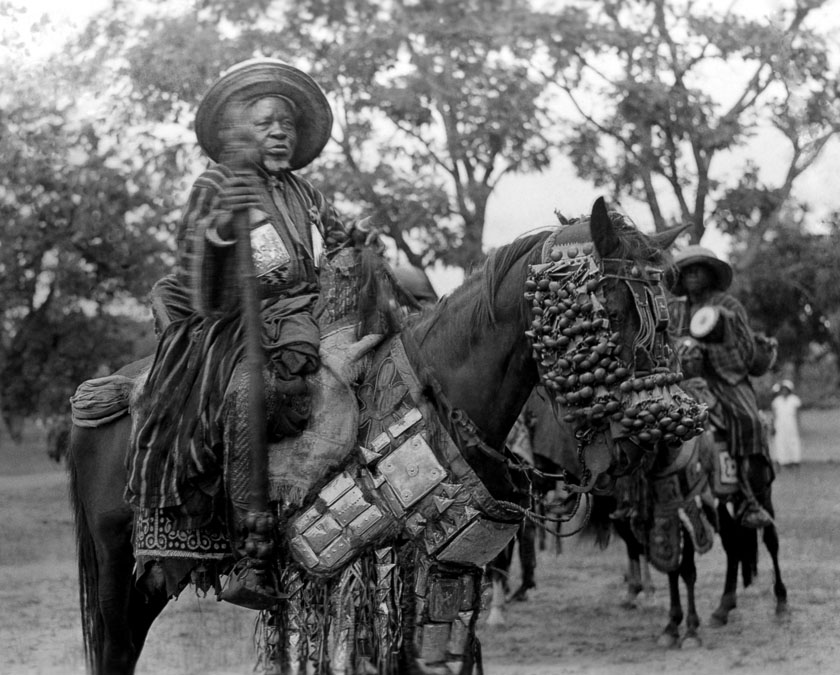
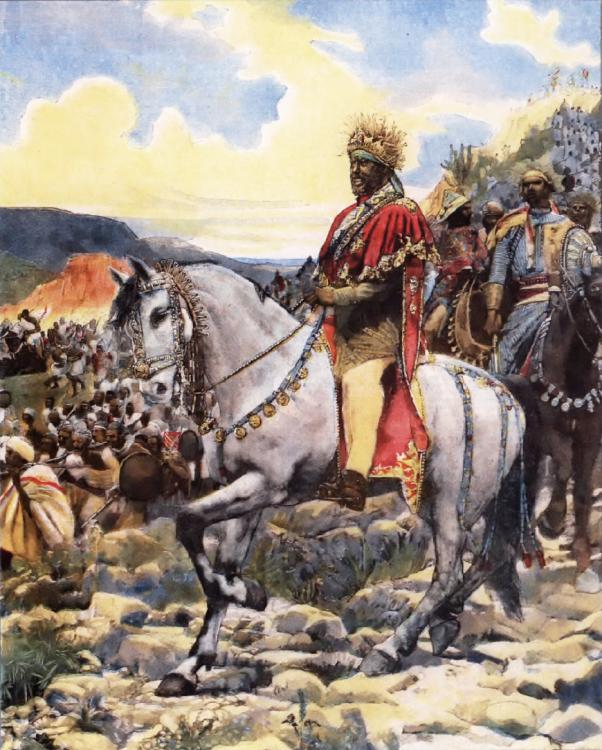
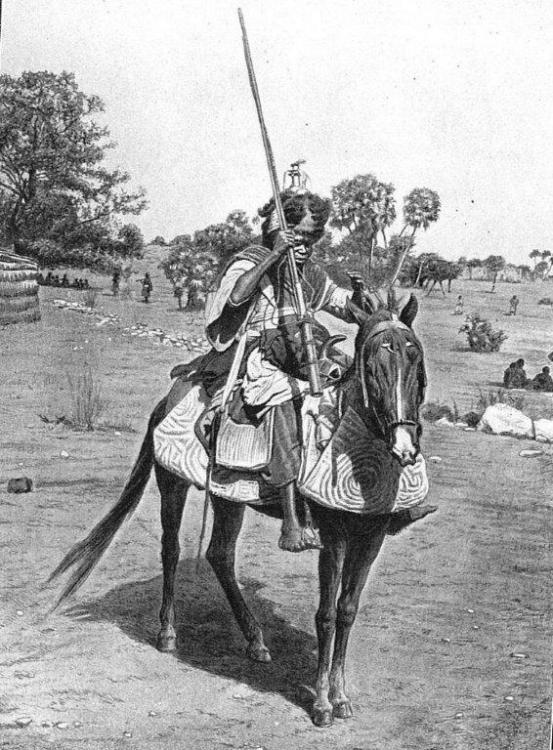
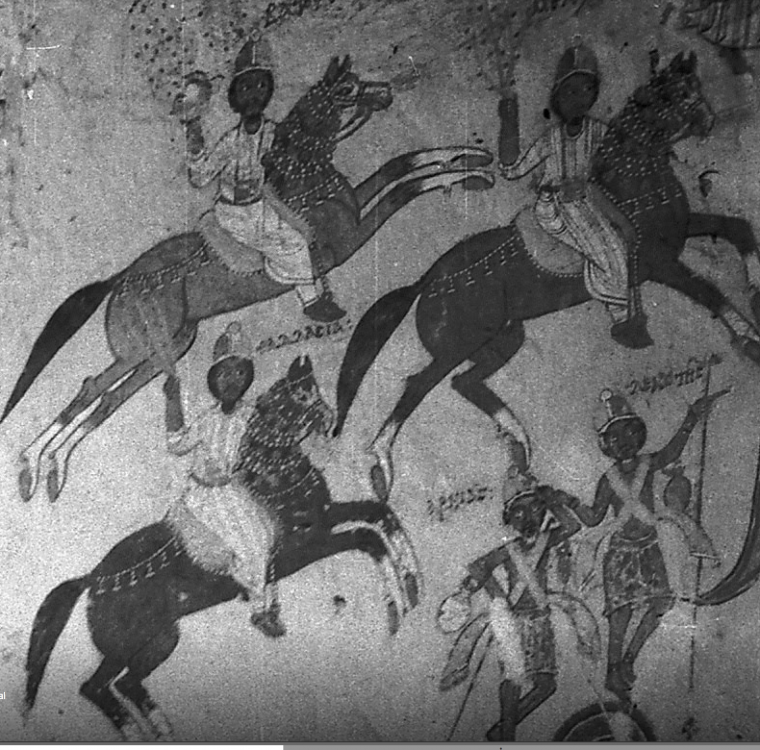
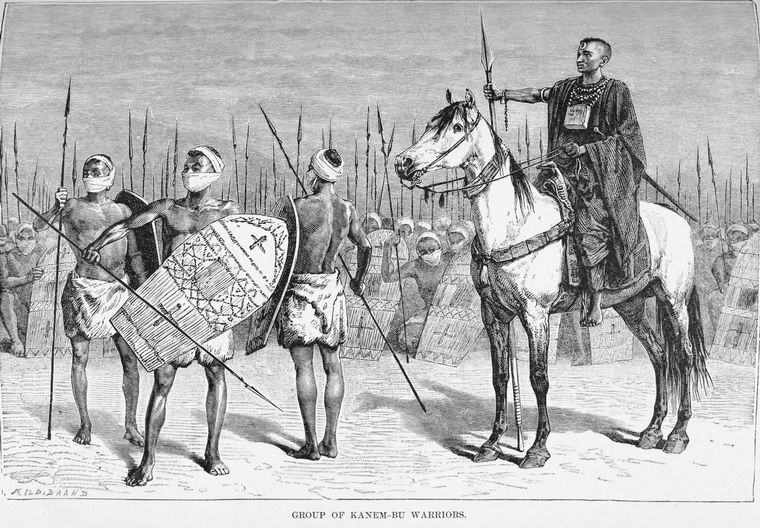
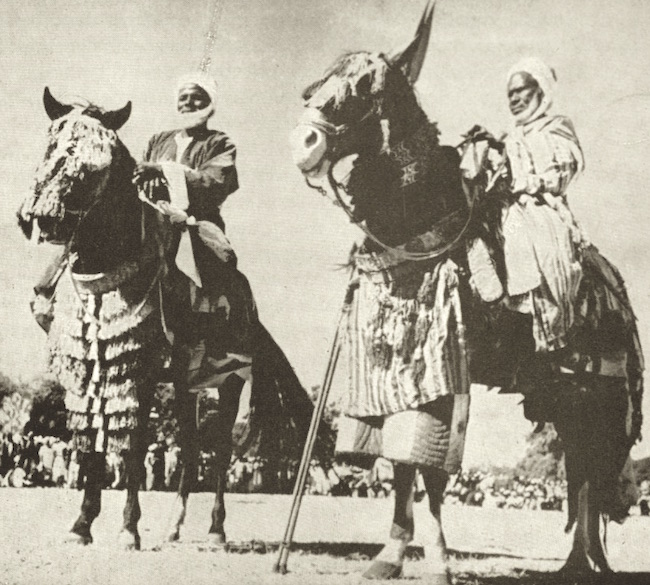
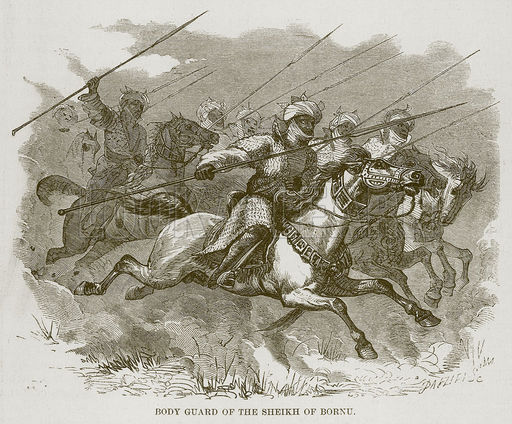
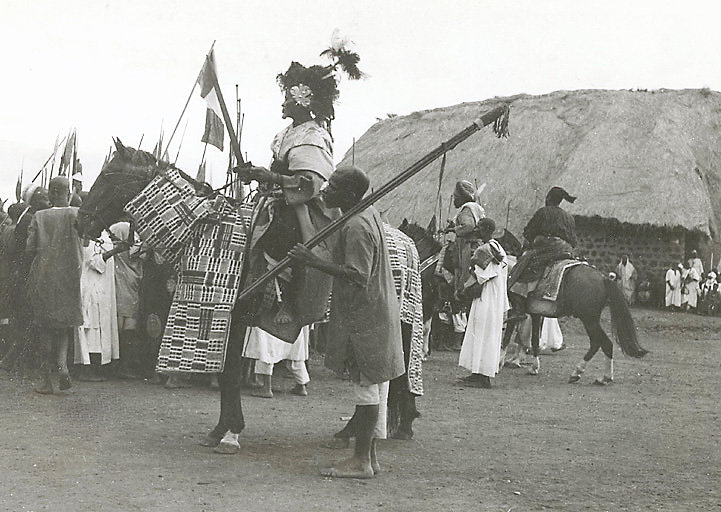
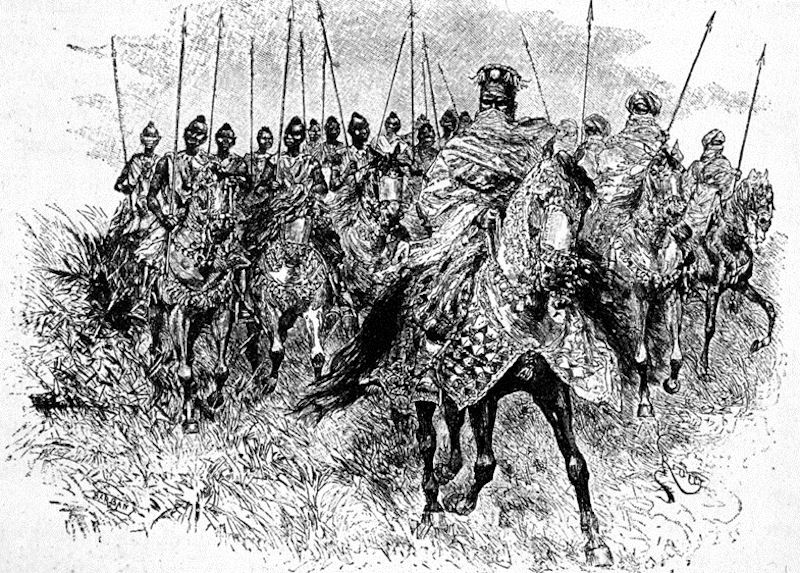
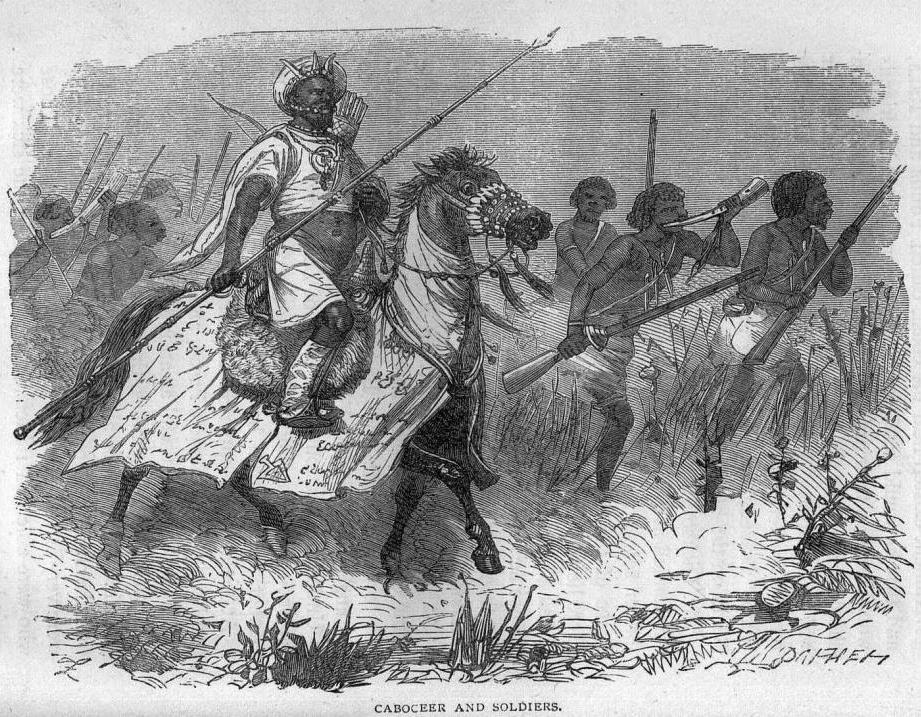
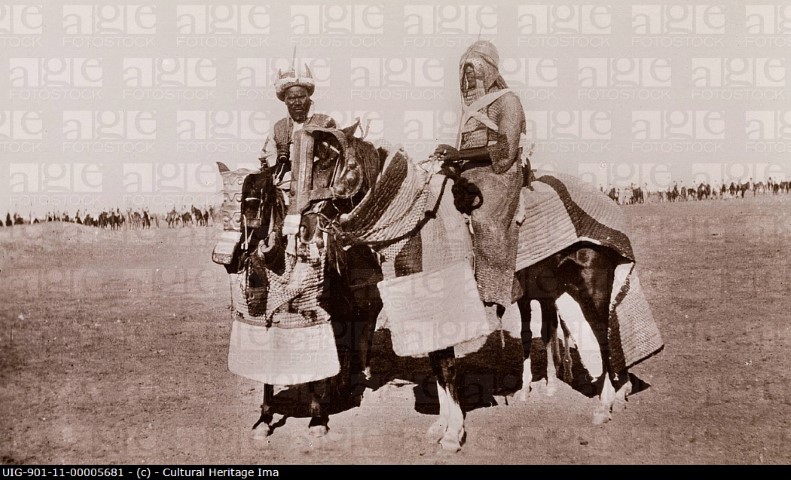
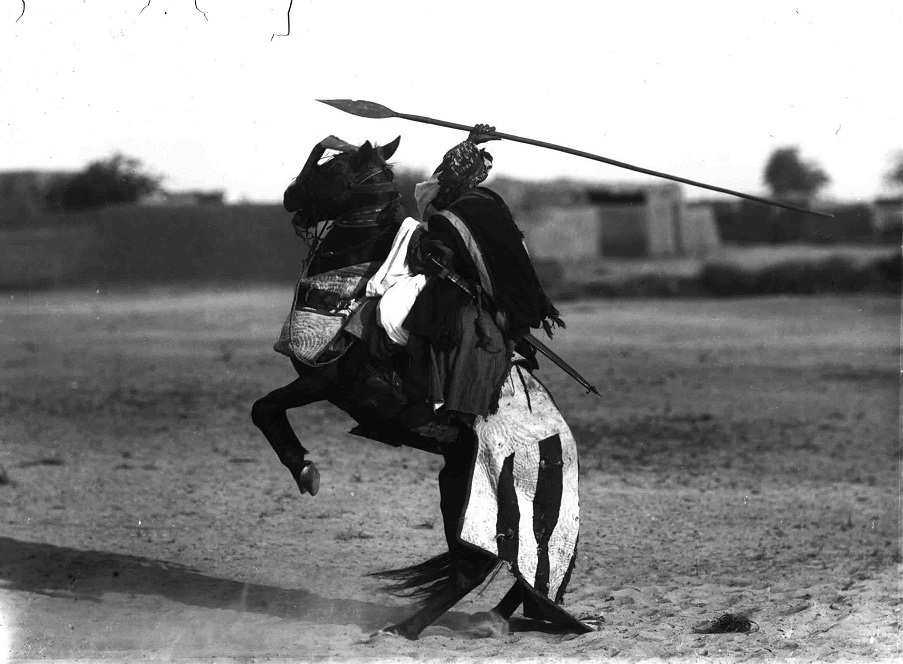
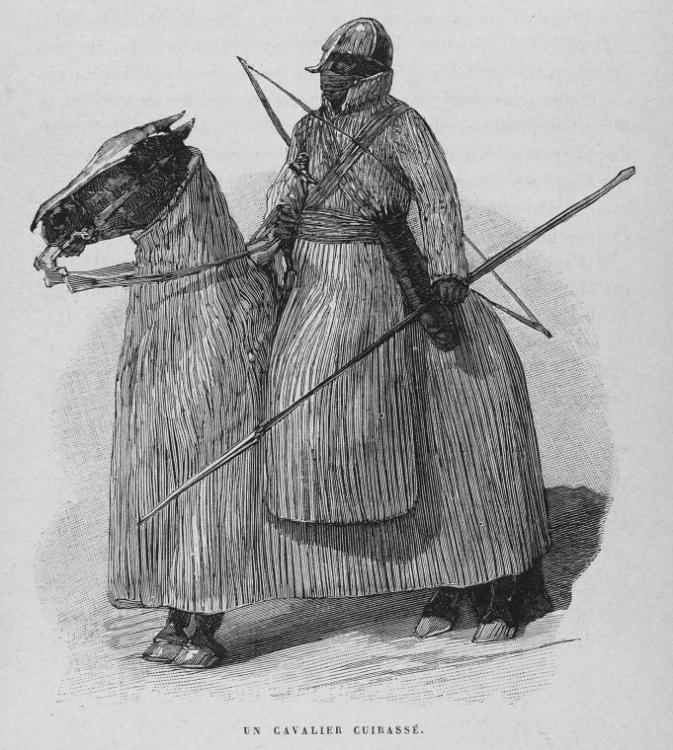
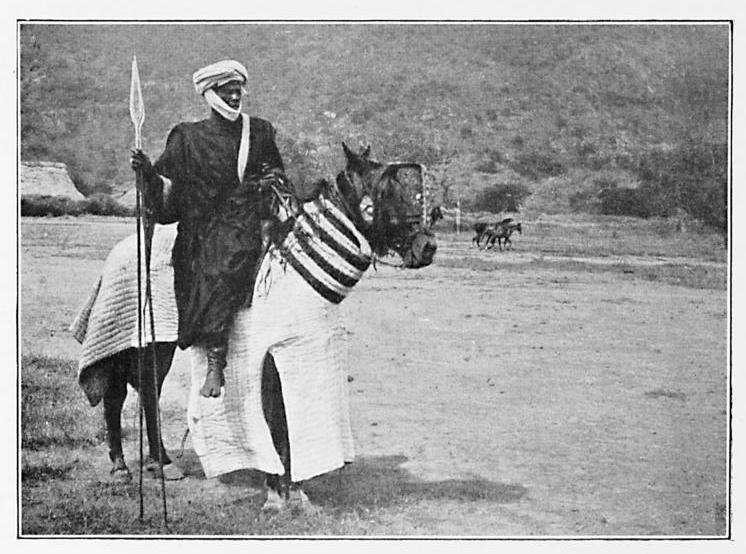
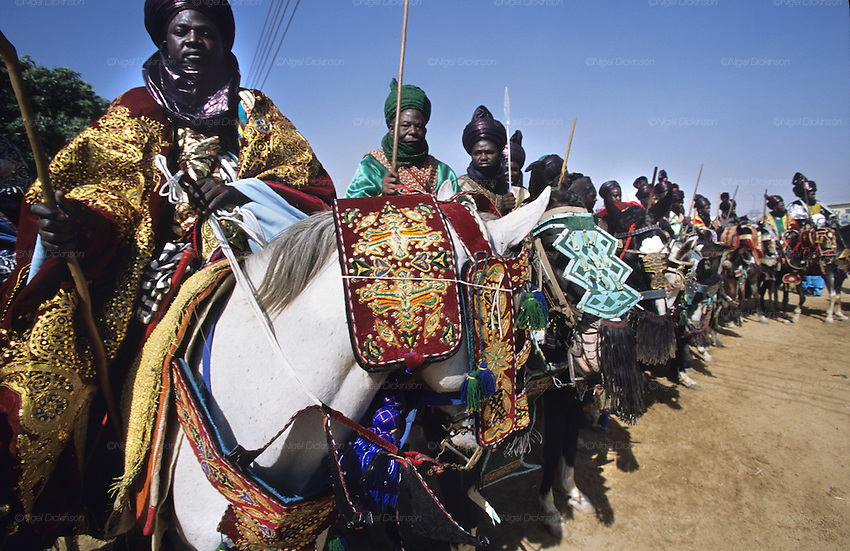
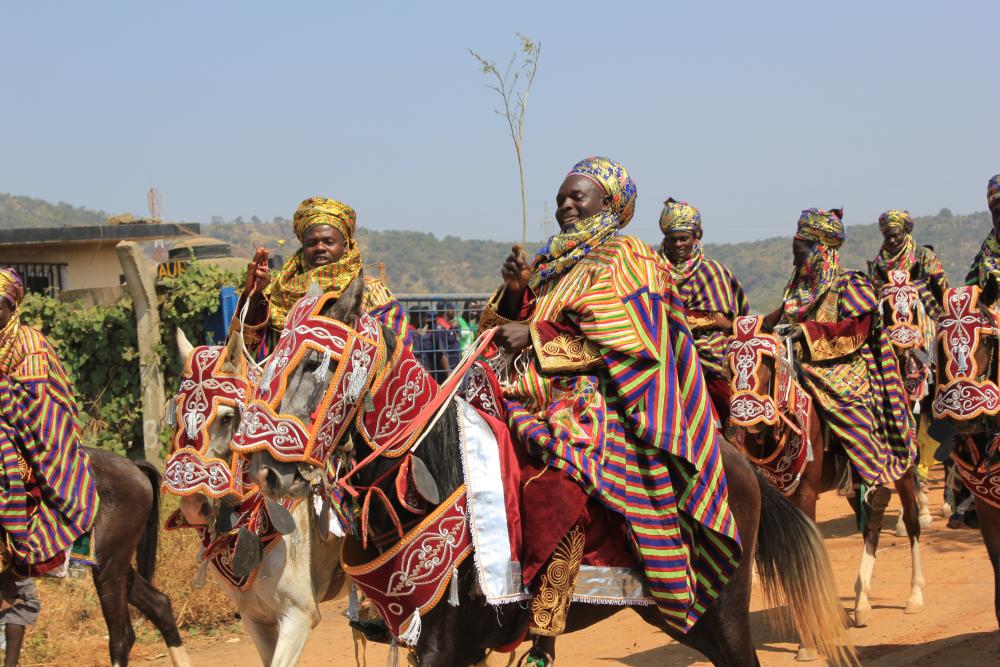
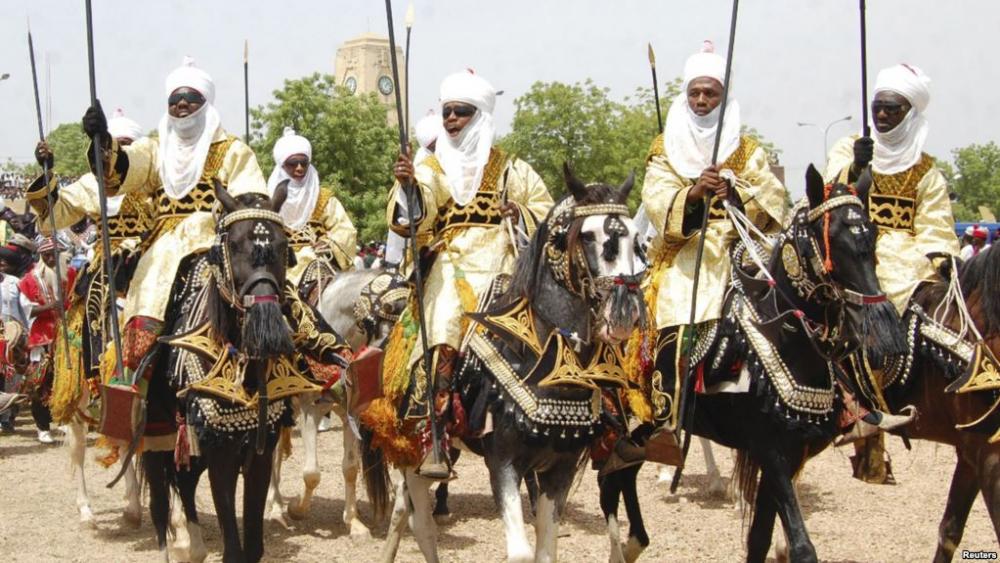
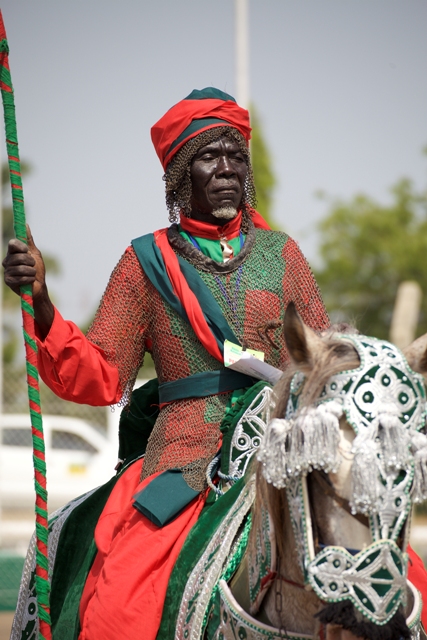
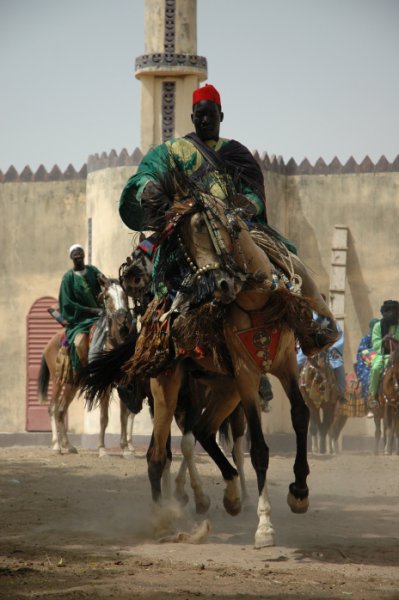
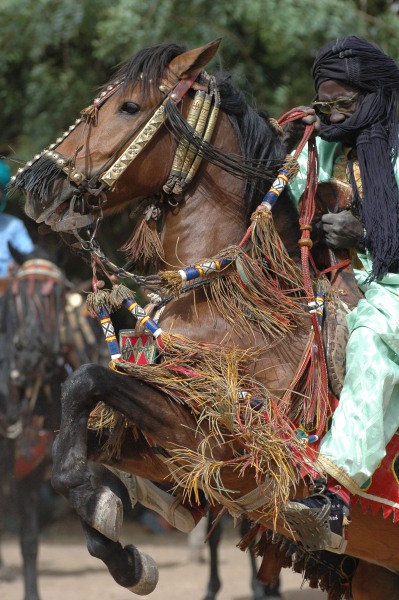
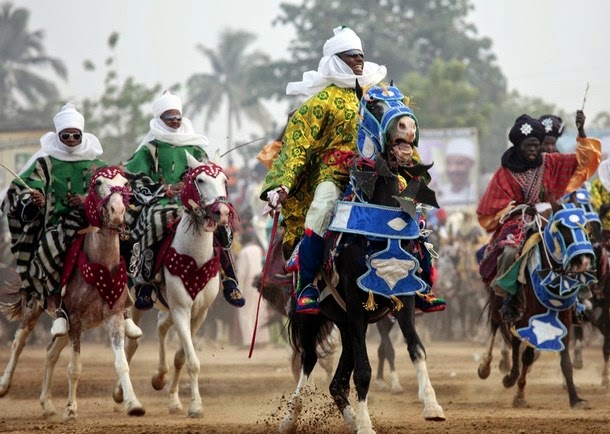
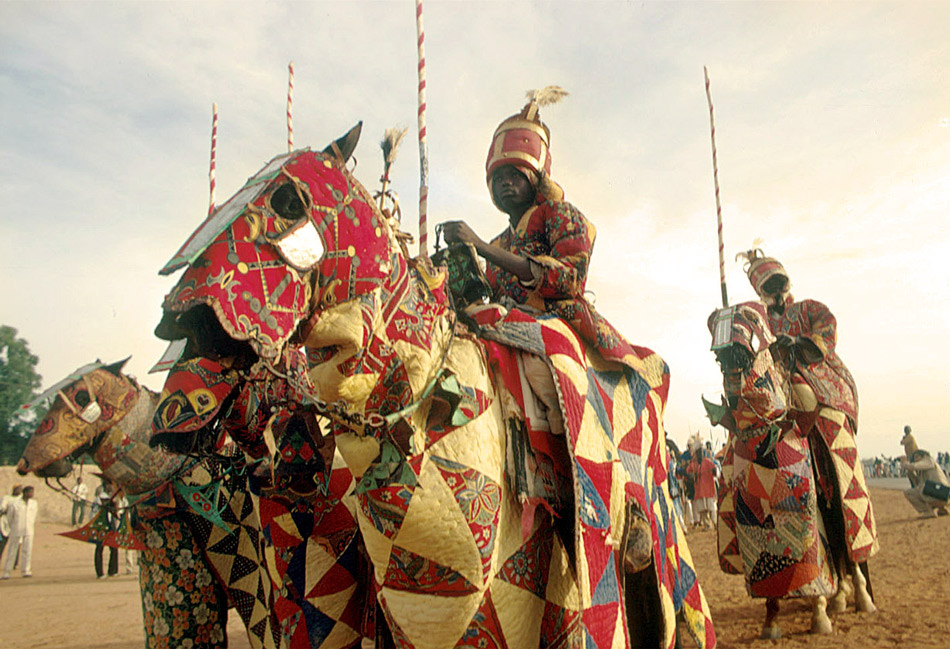
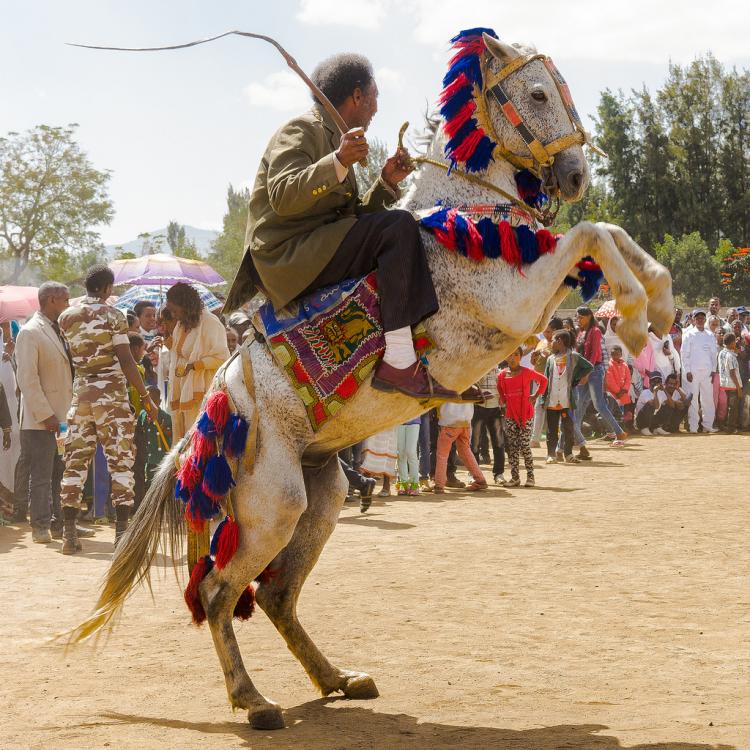
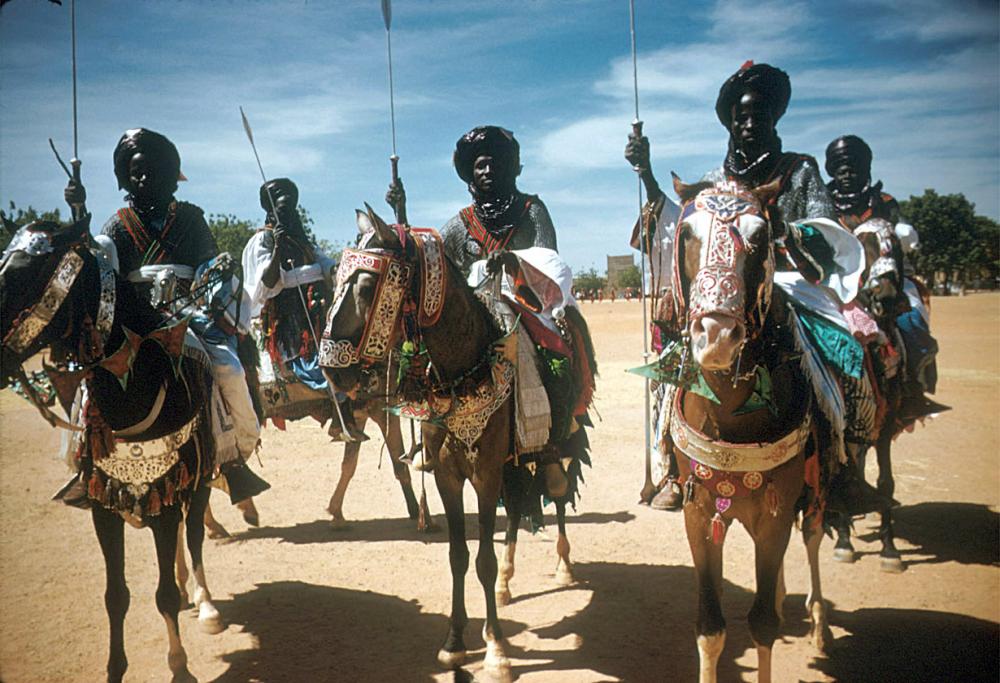
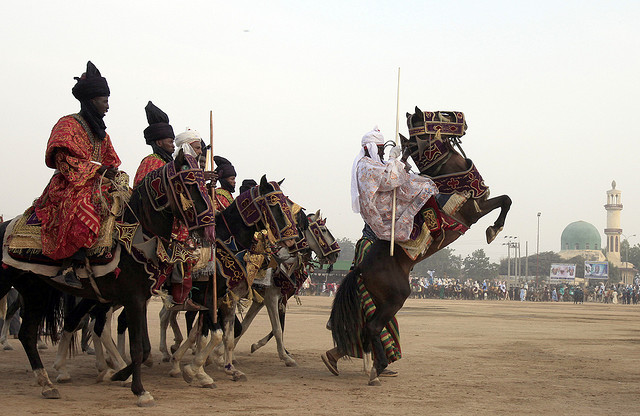
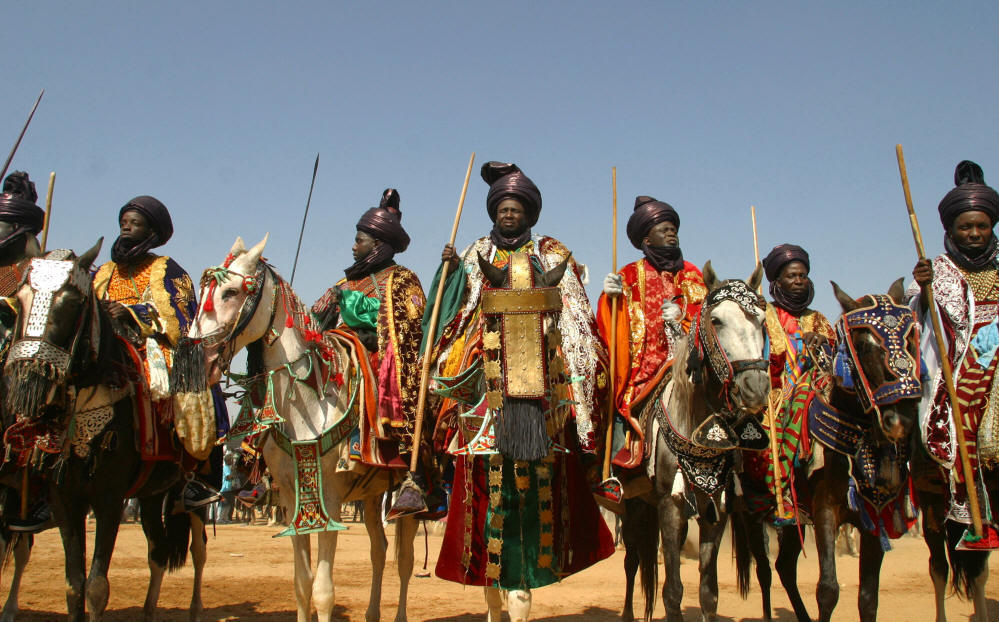
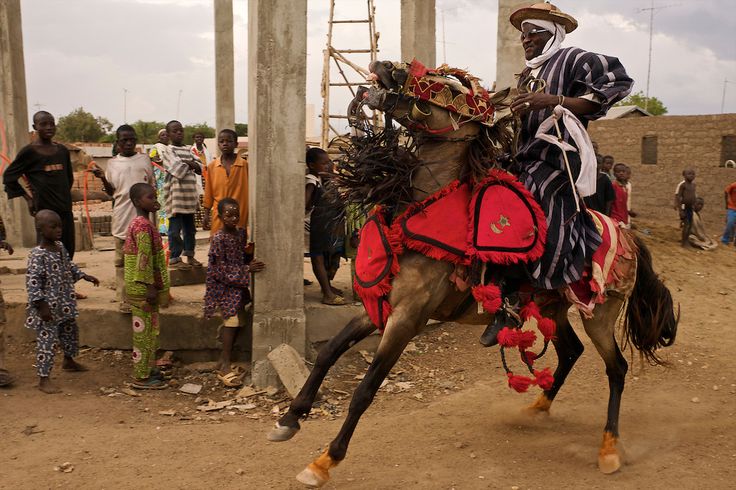
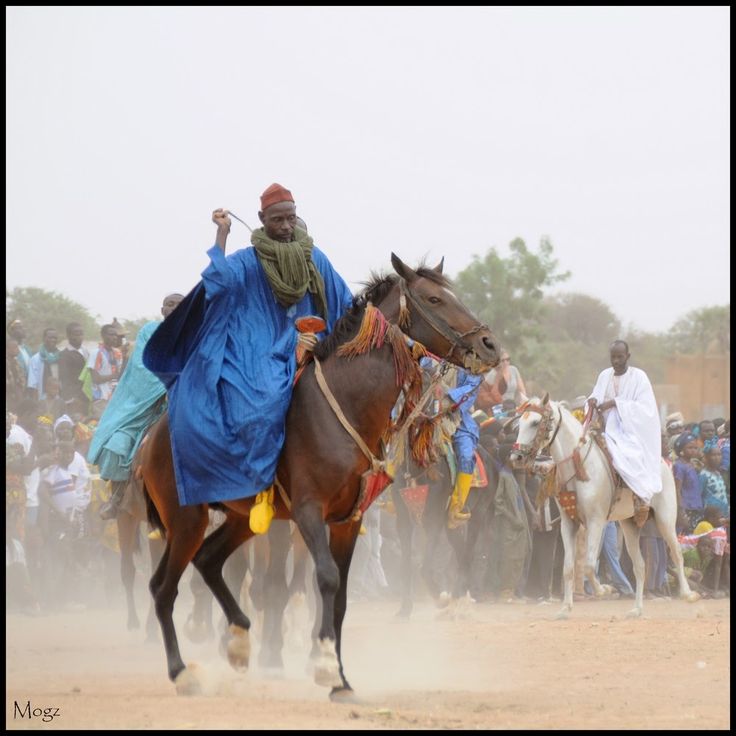
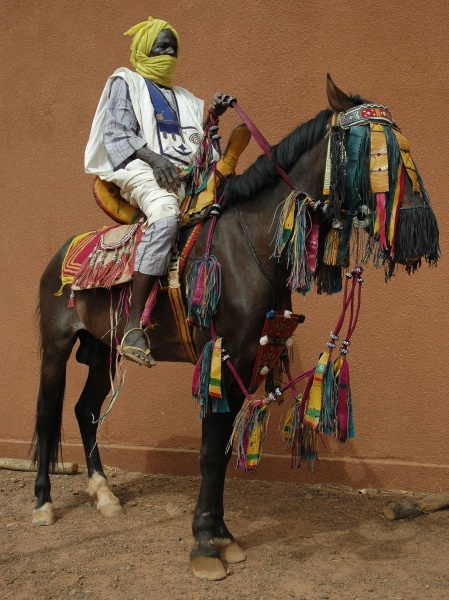
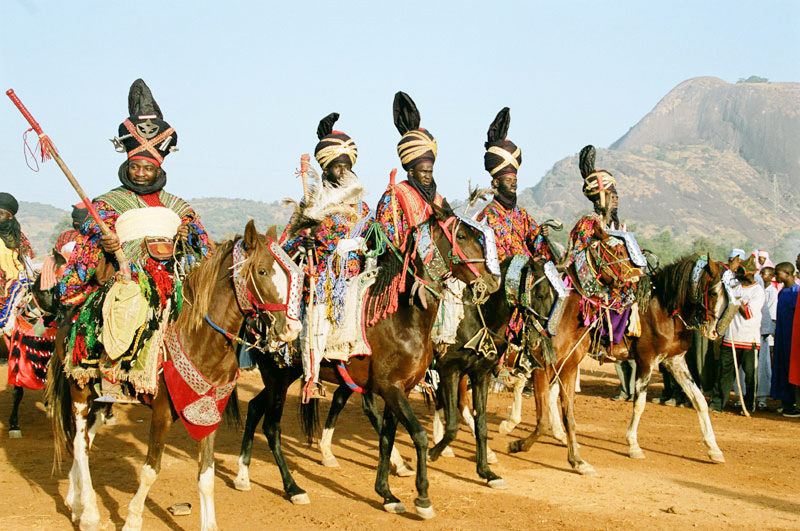
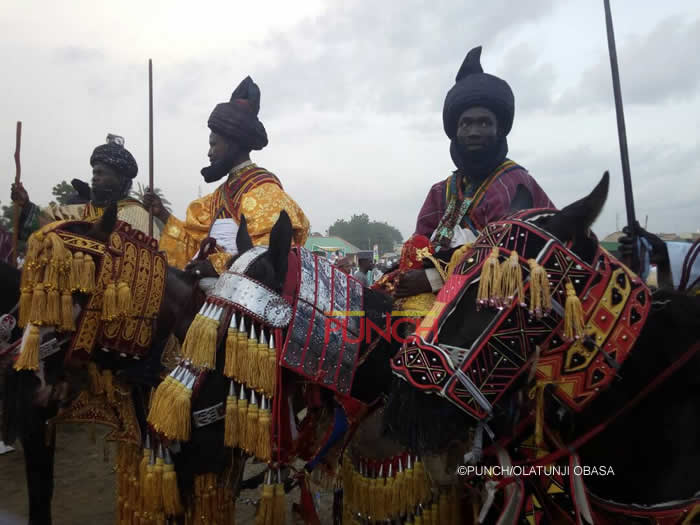
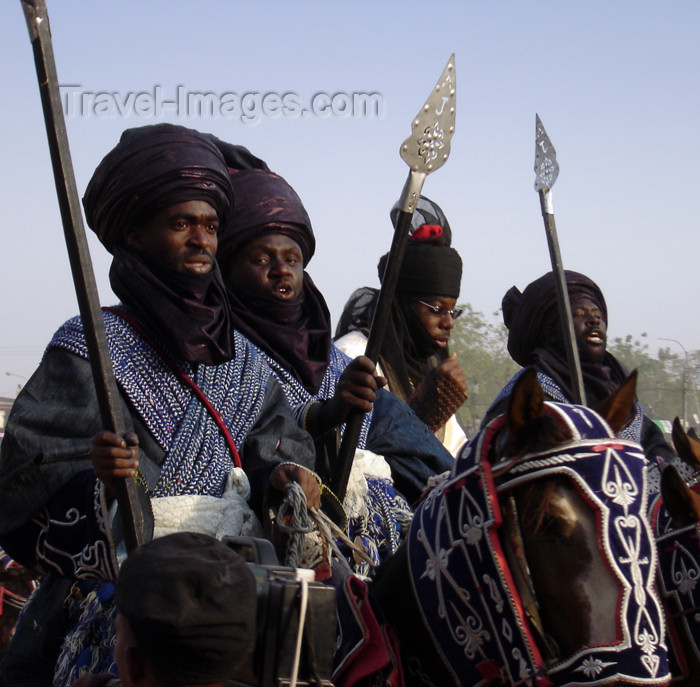
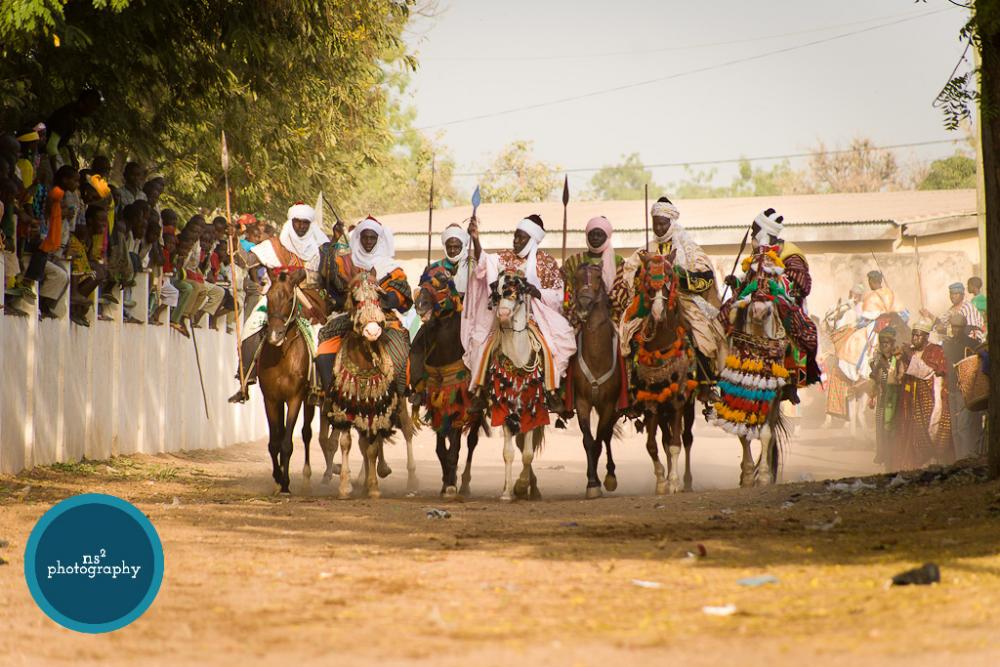
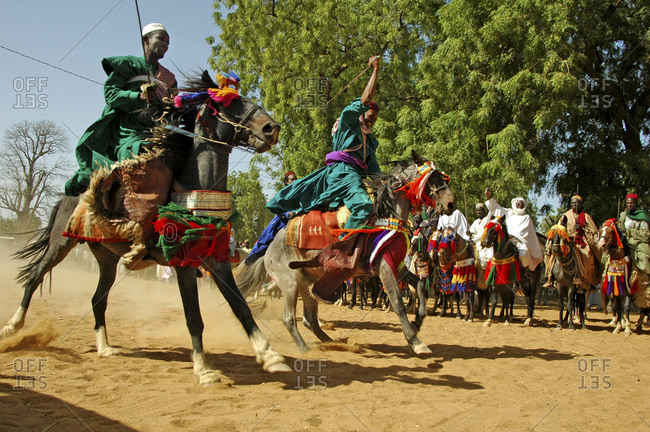
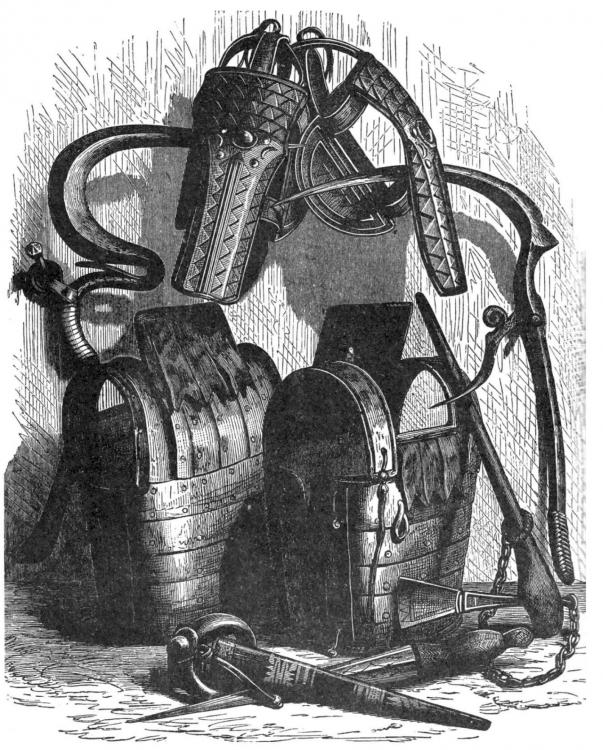
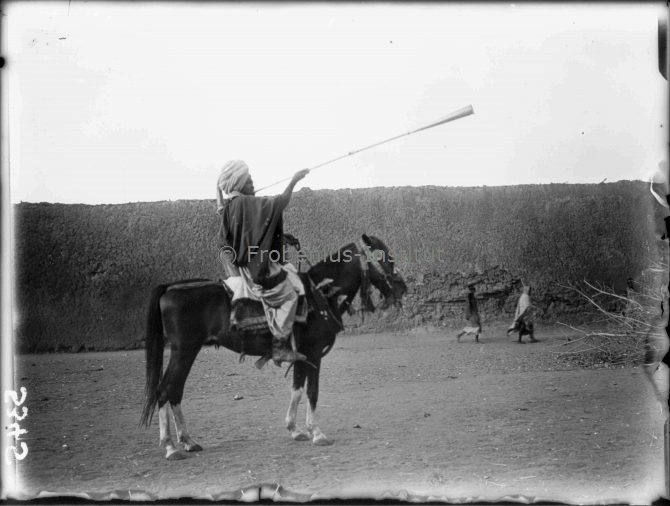
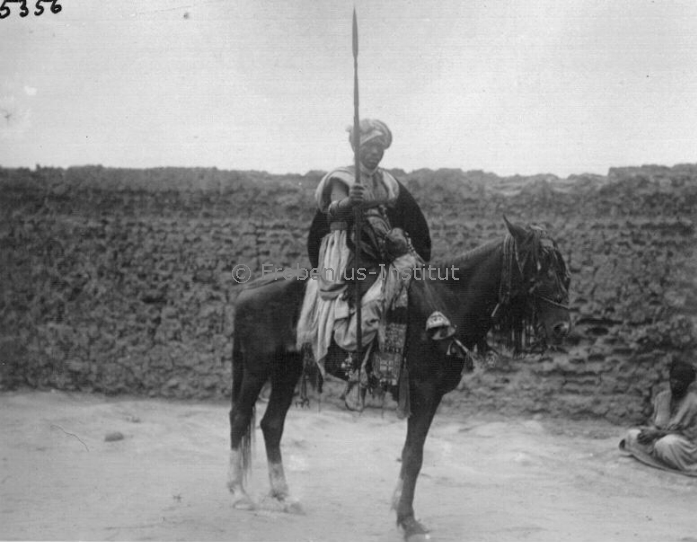
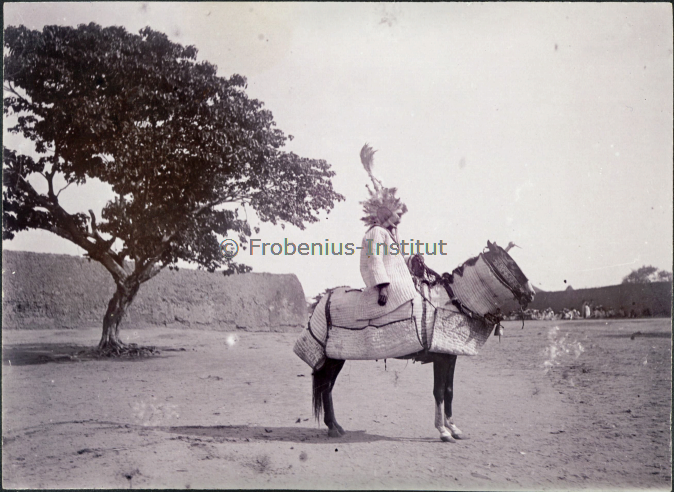
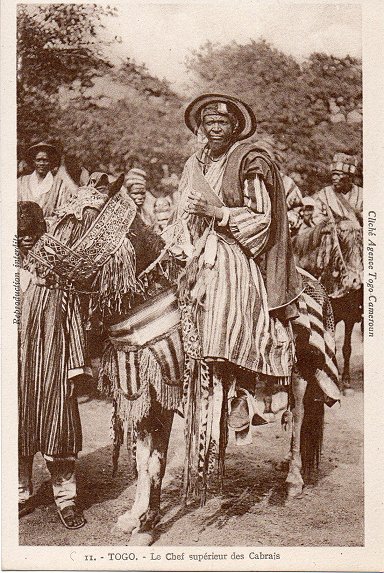
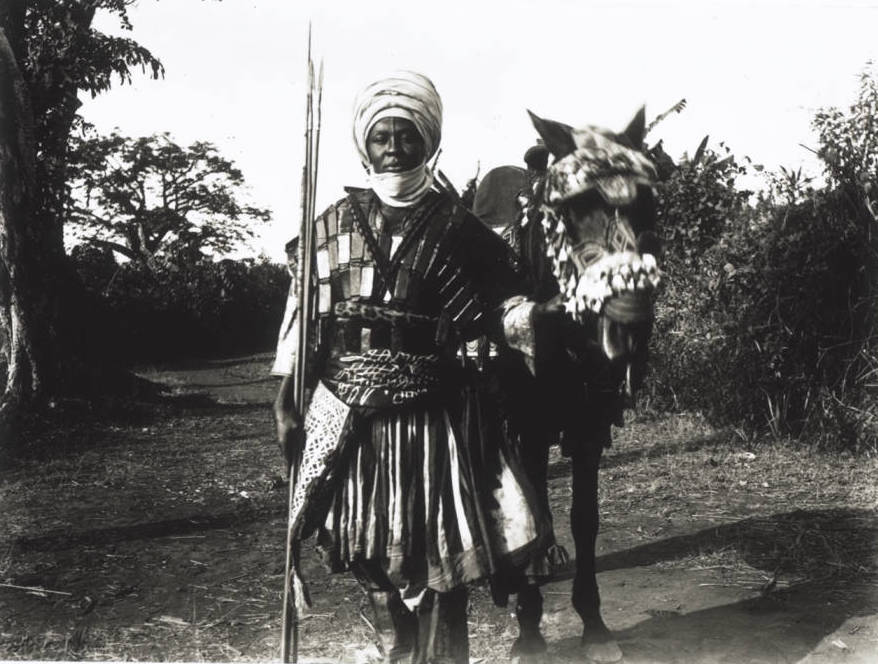
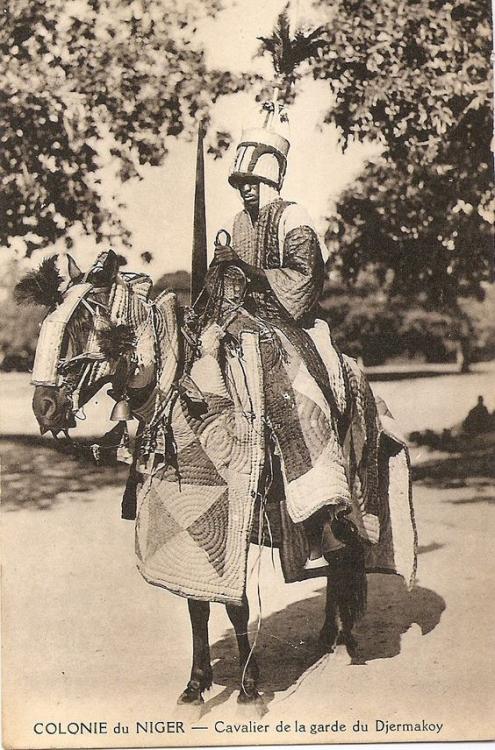
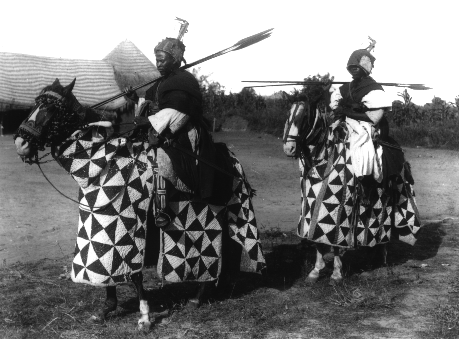
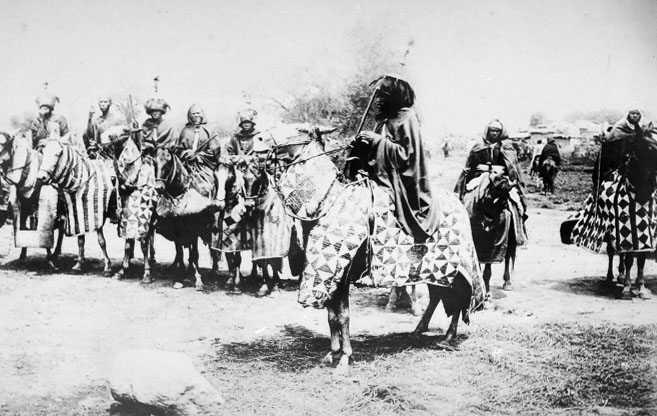
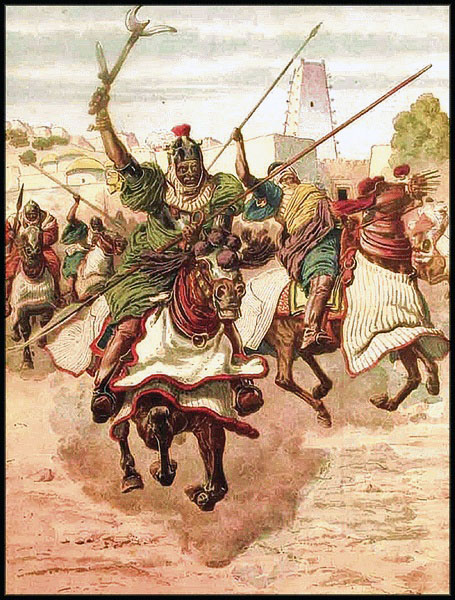
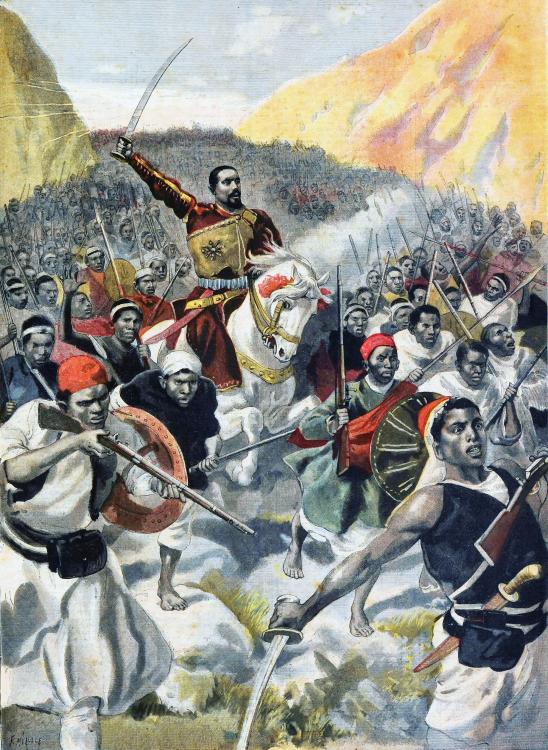
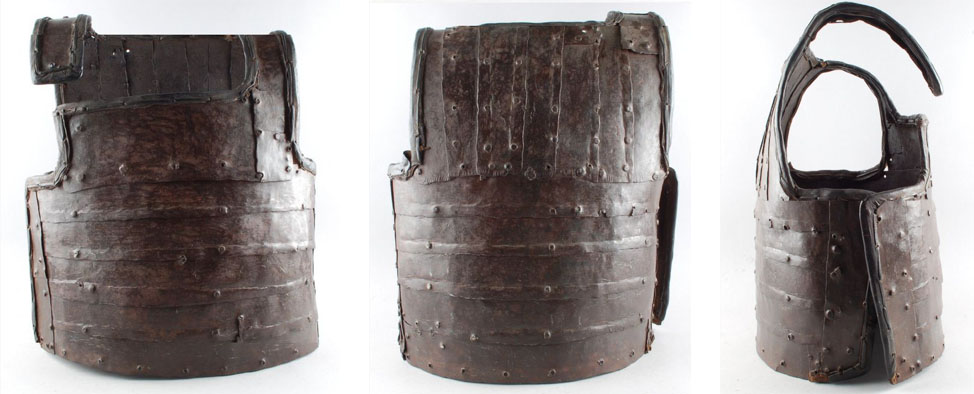
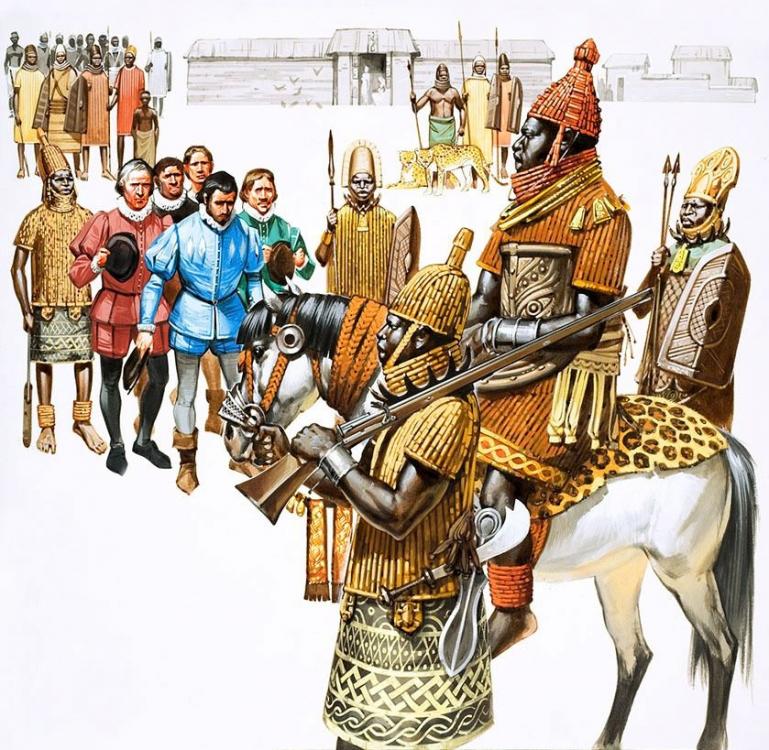
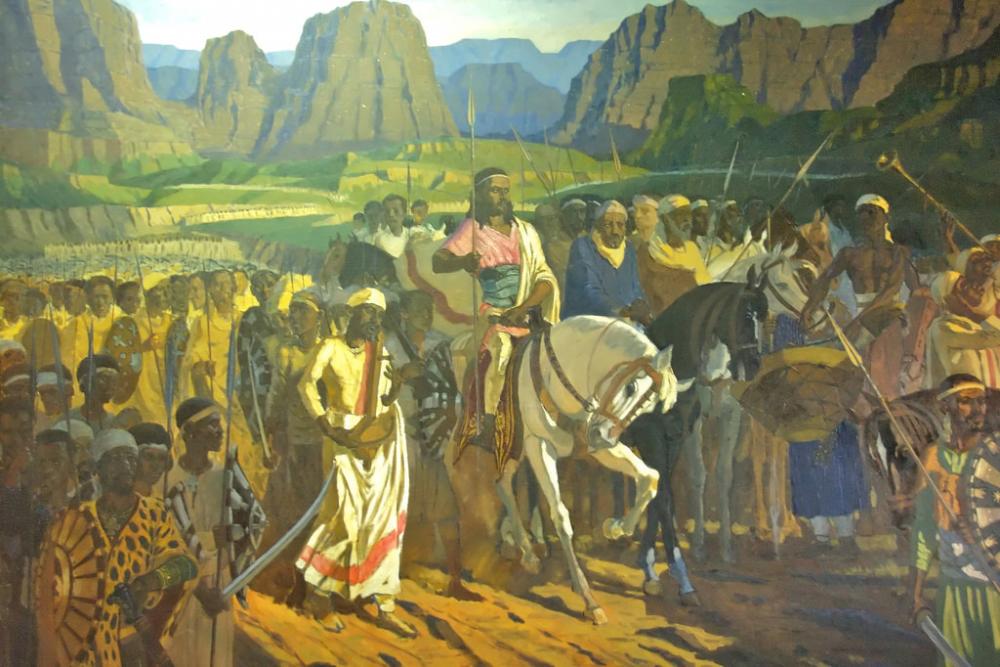
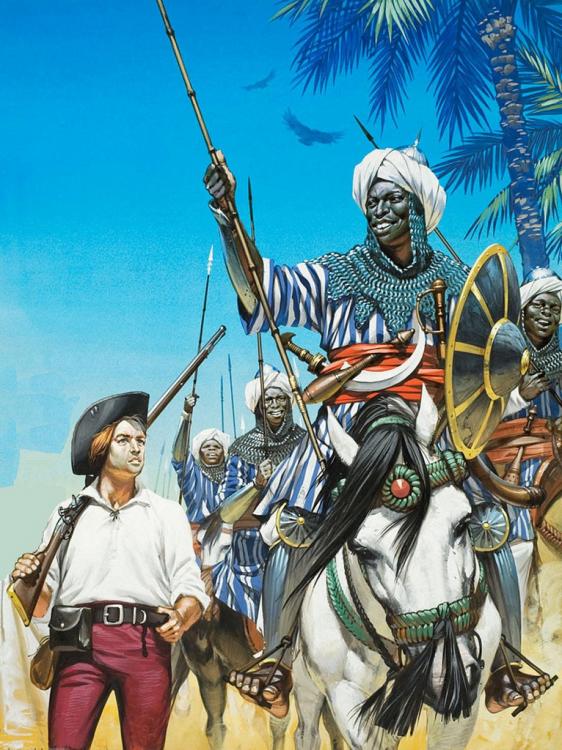
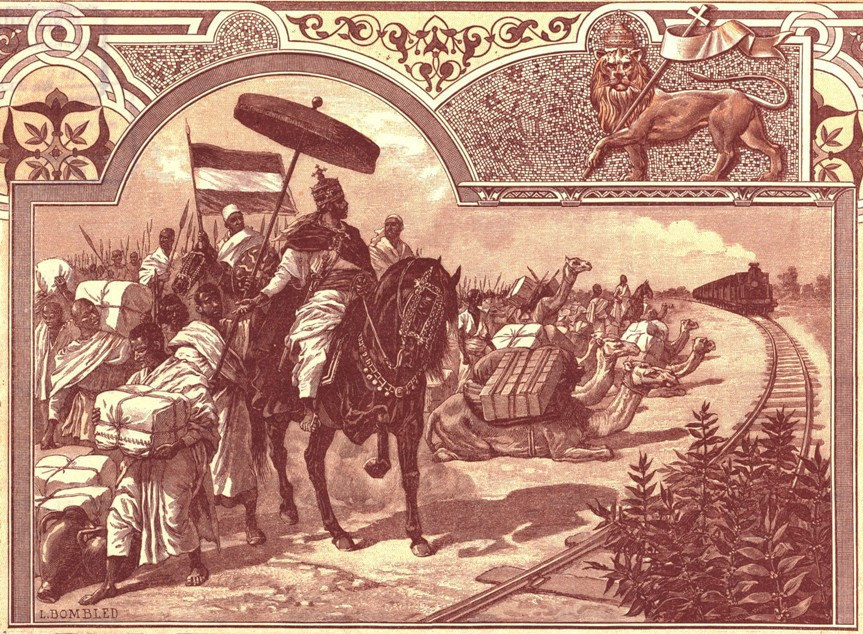
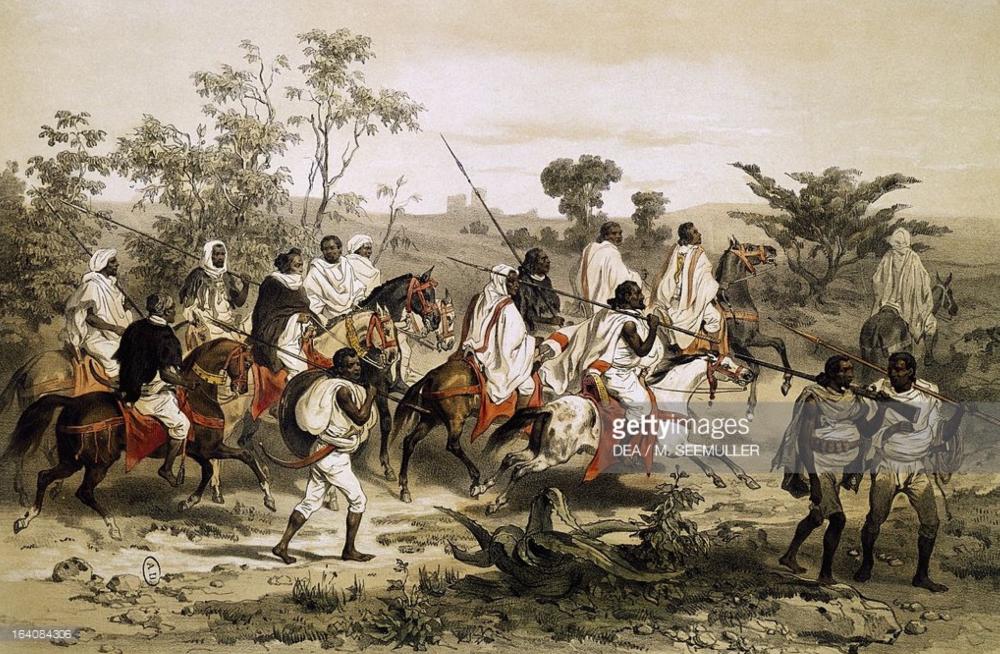
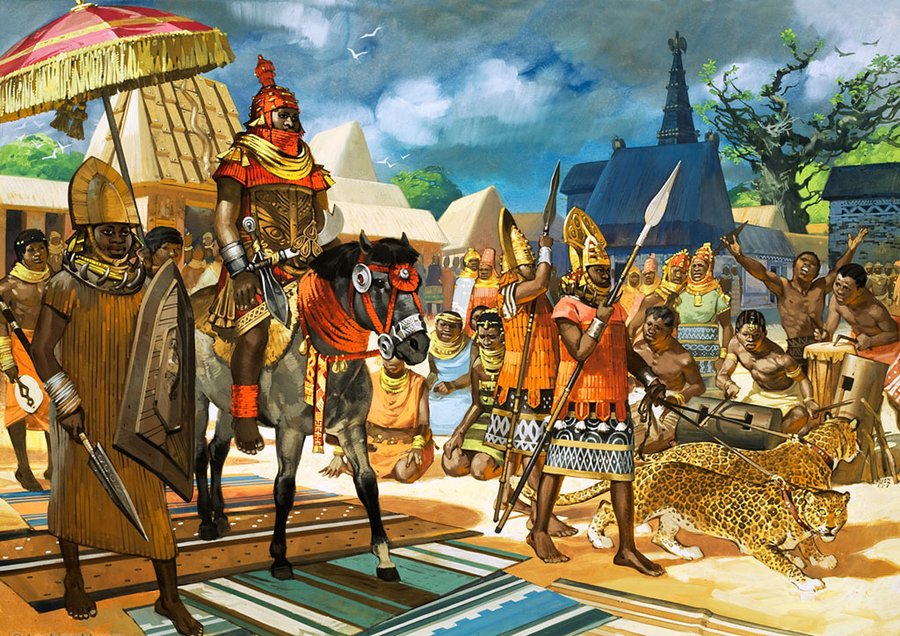
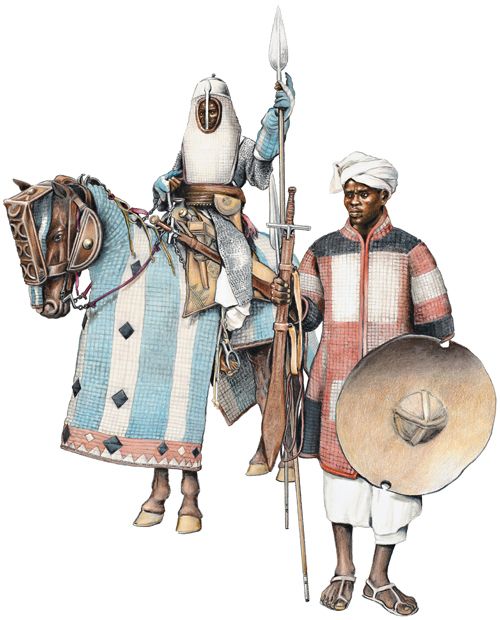
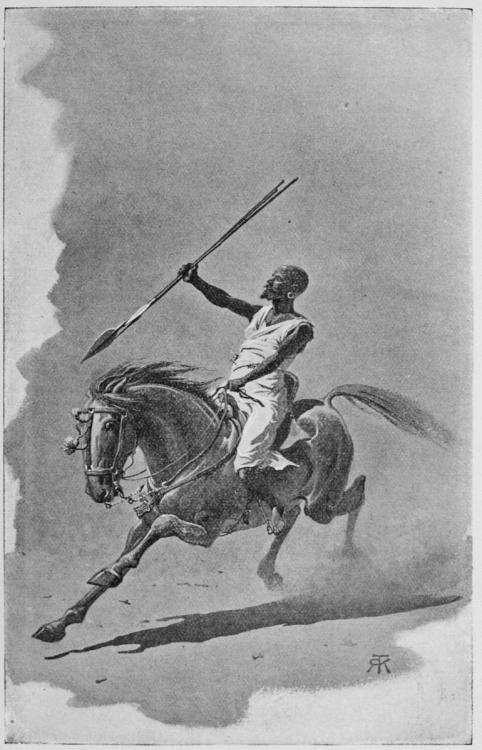
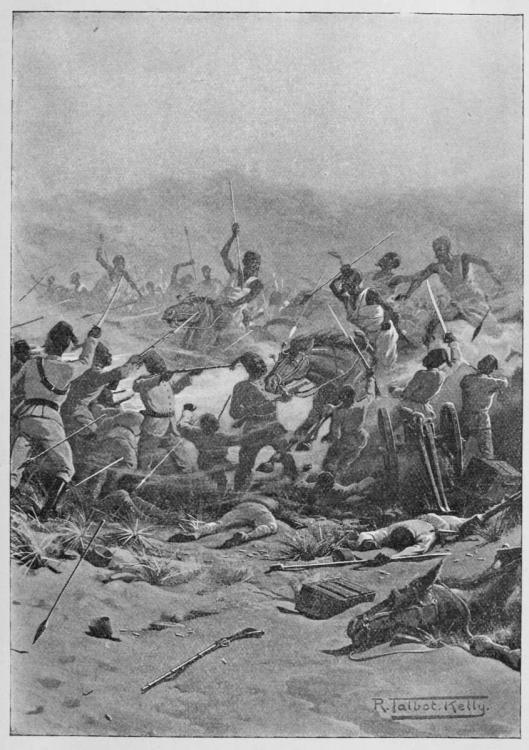
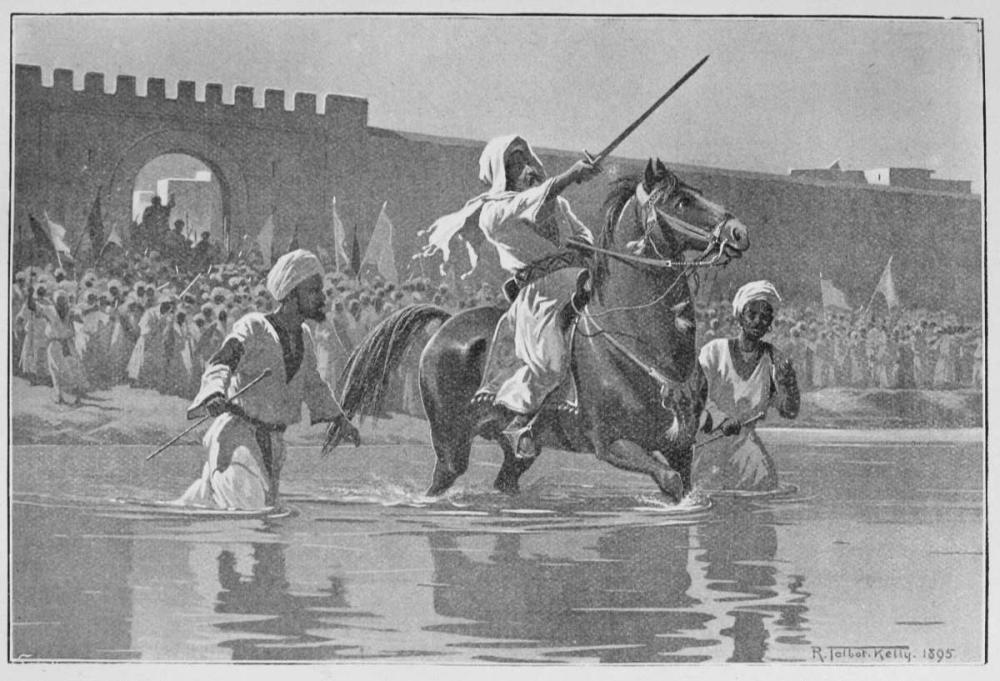
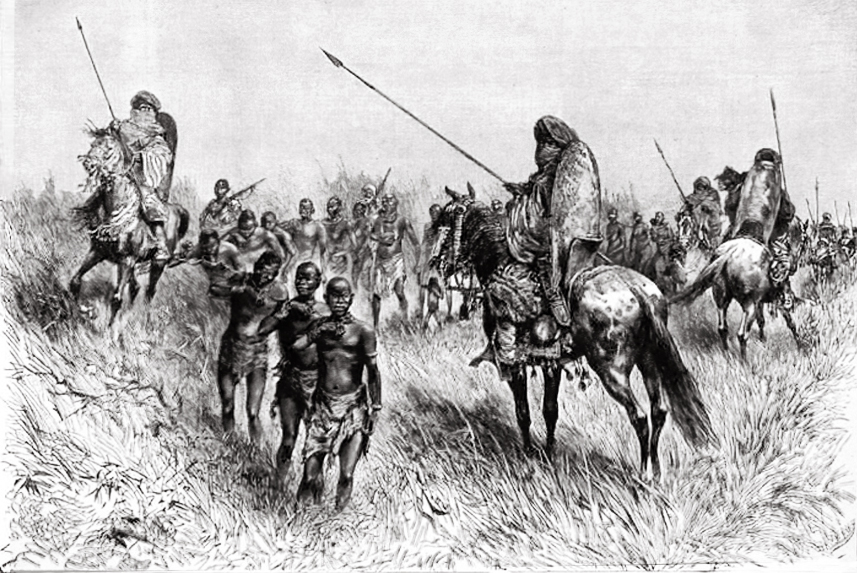
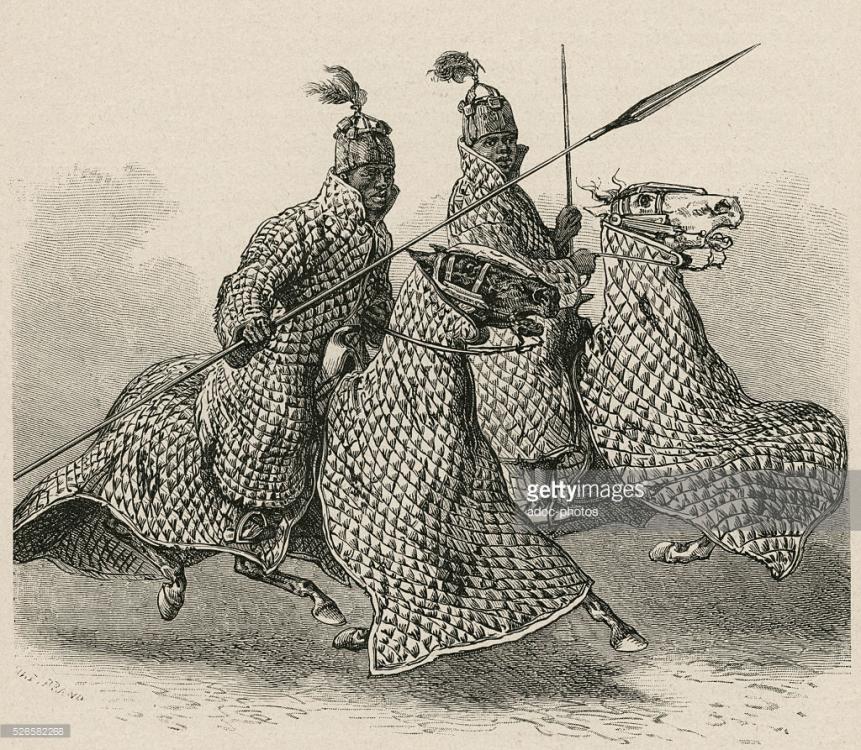

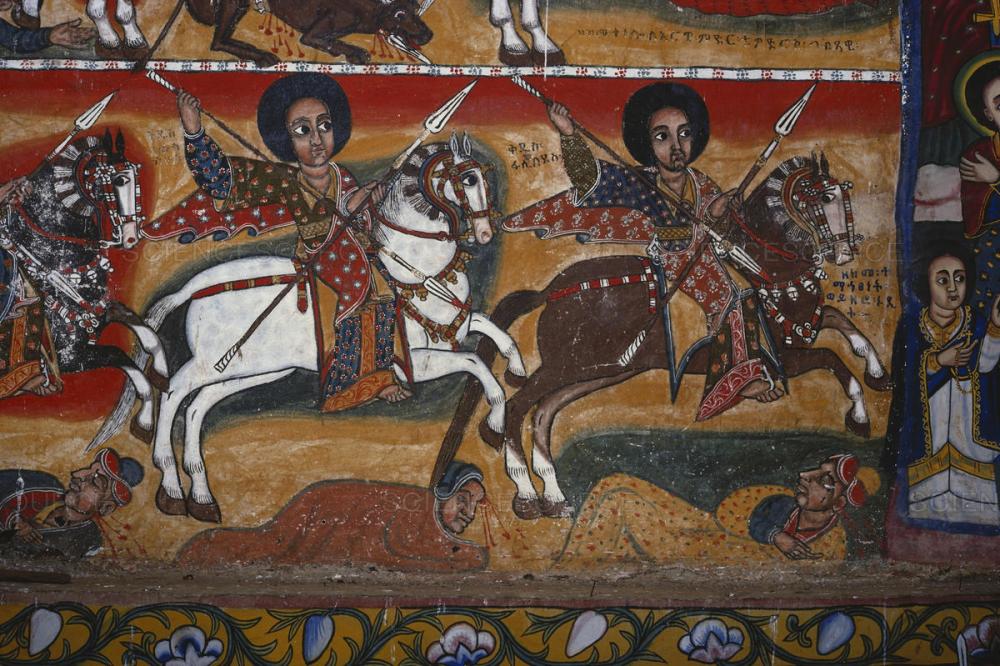
.thumb.jpg.c89751f7f34c25a1683d12fd7075ac2b.jpg)
